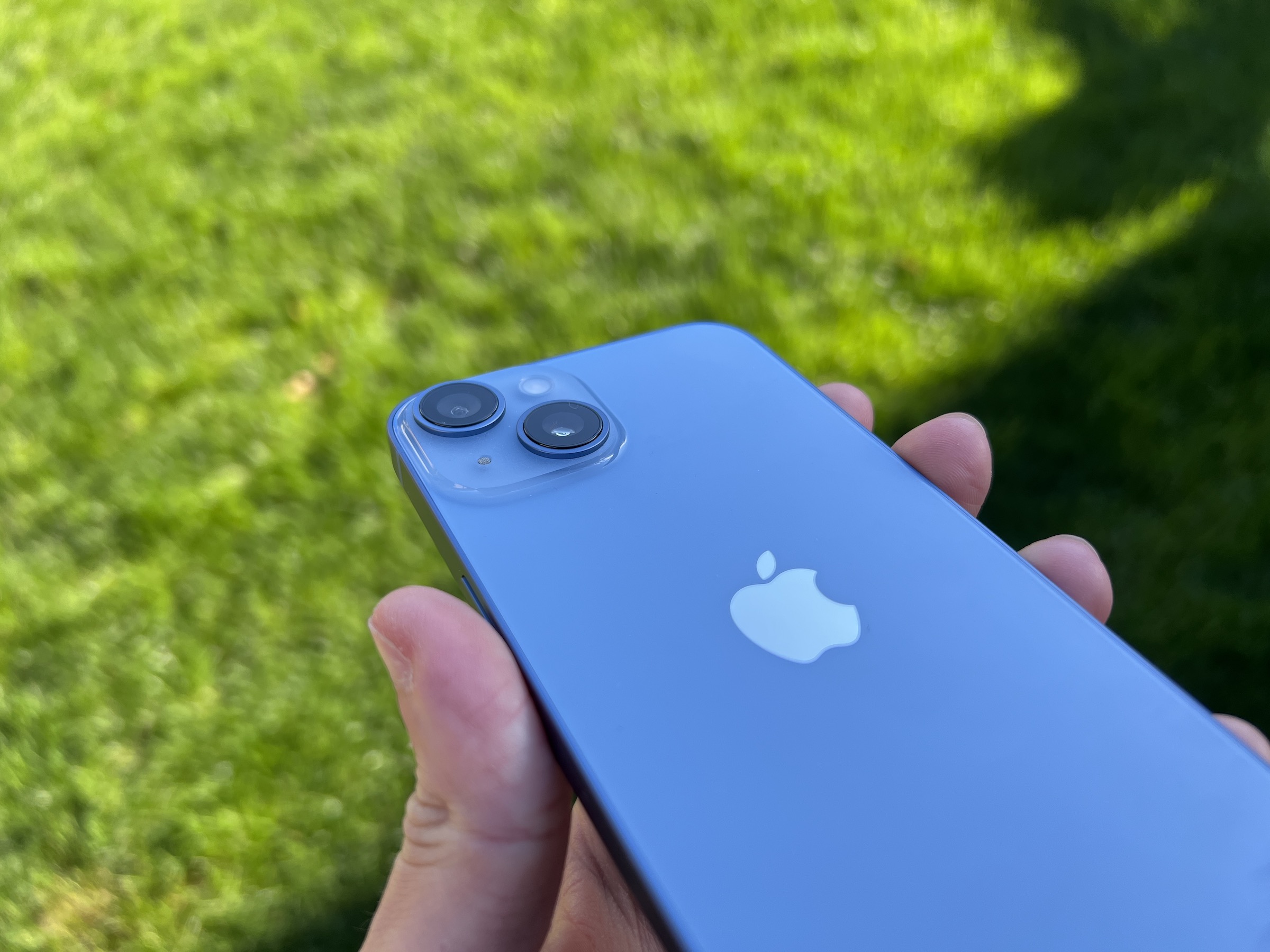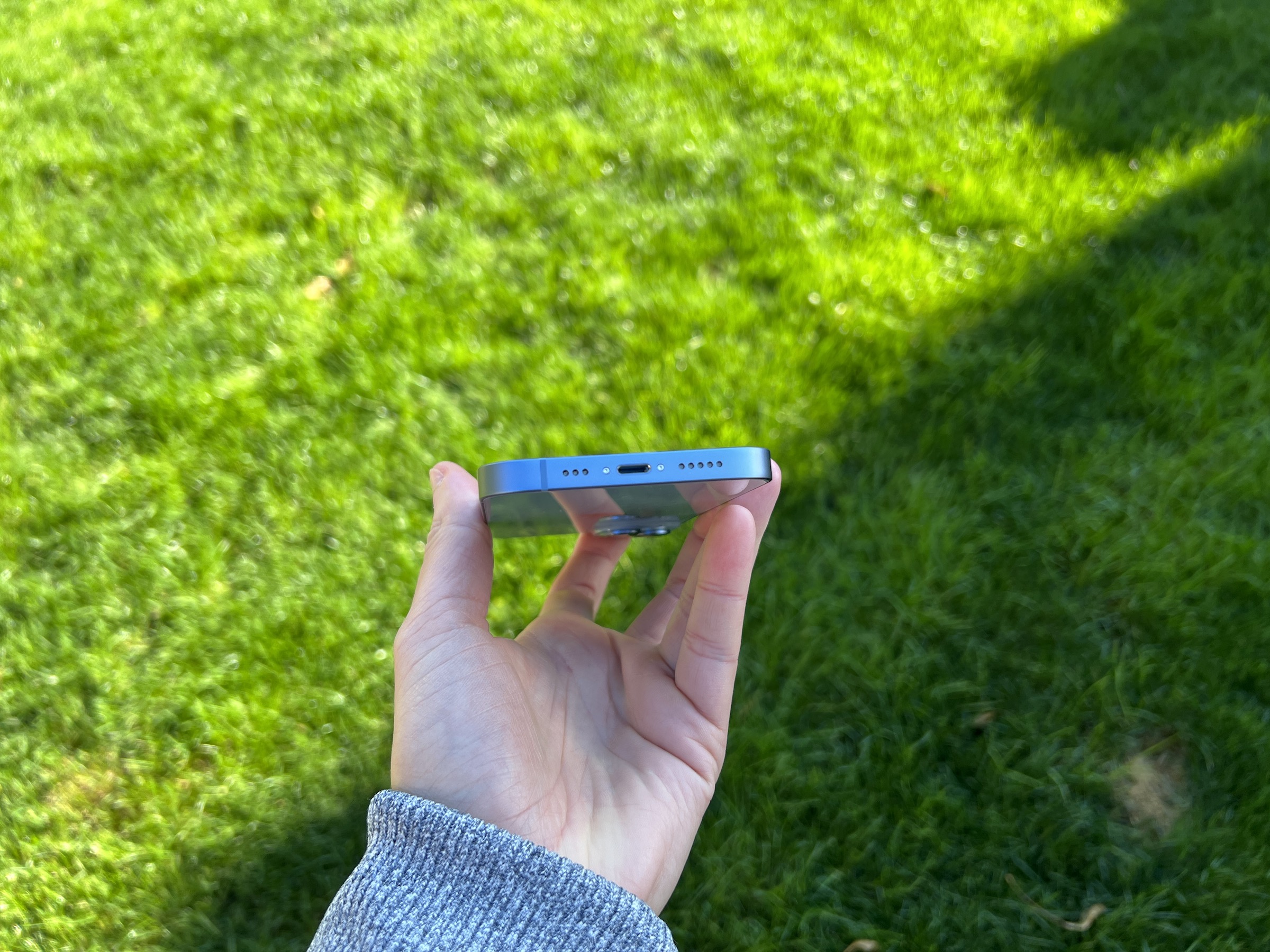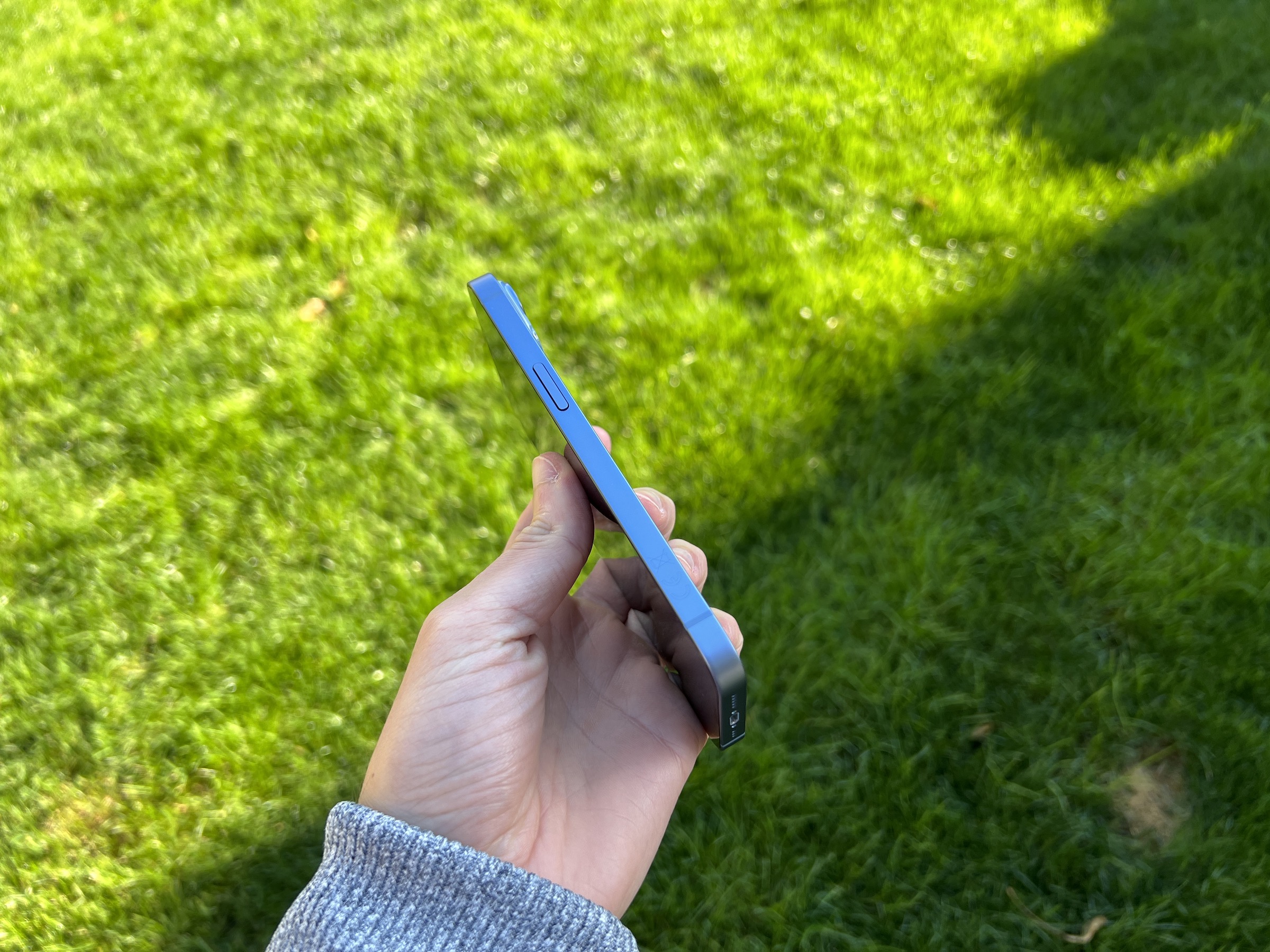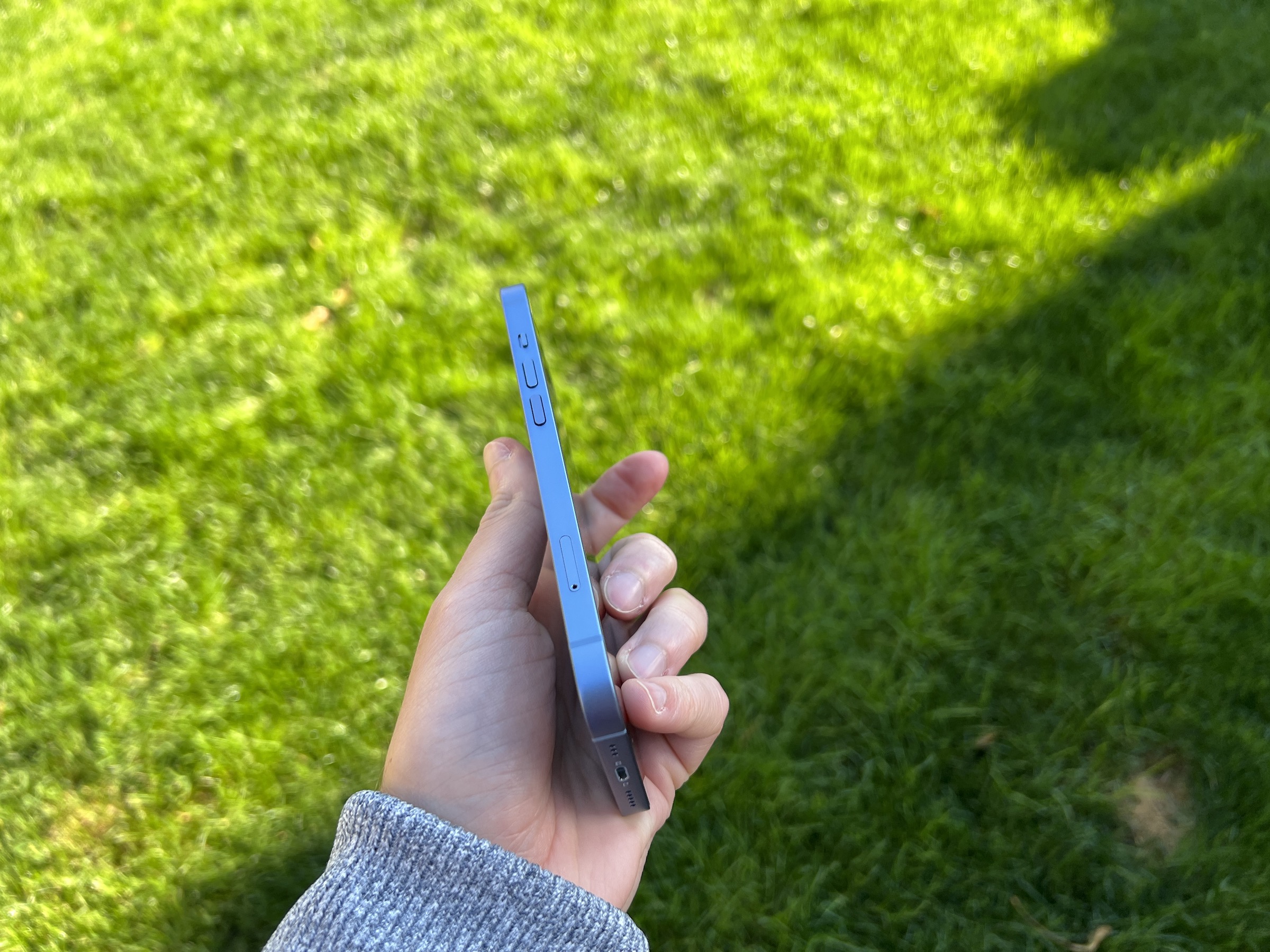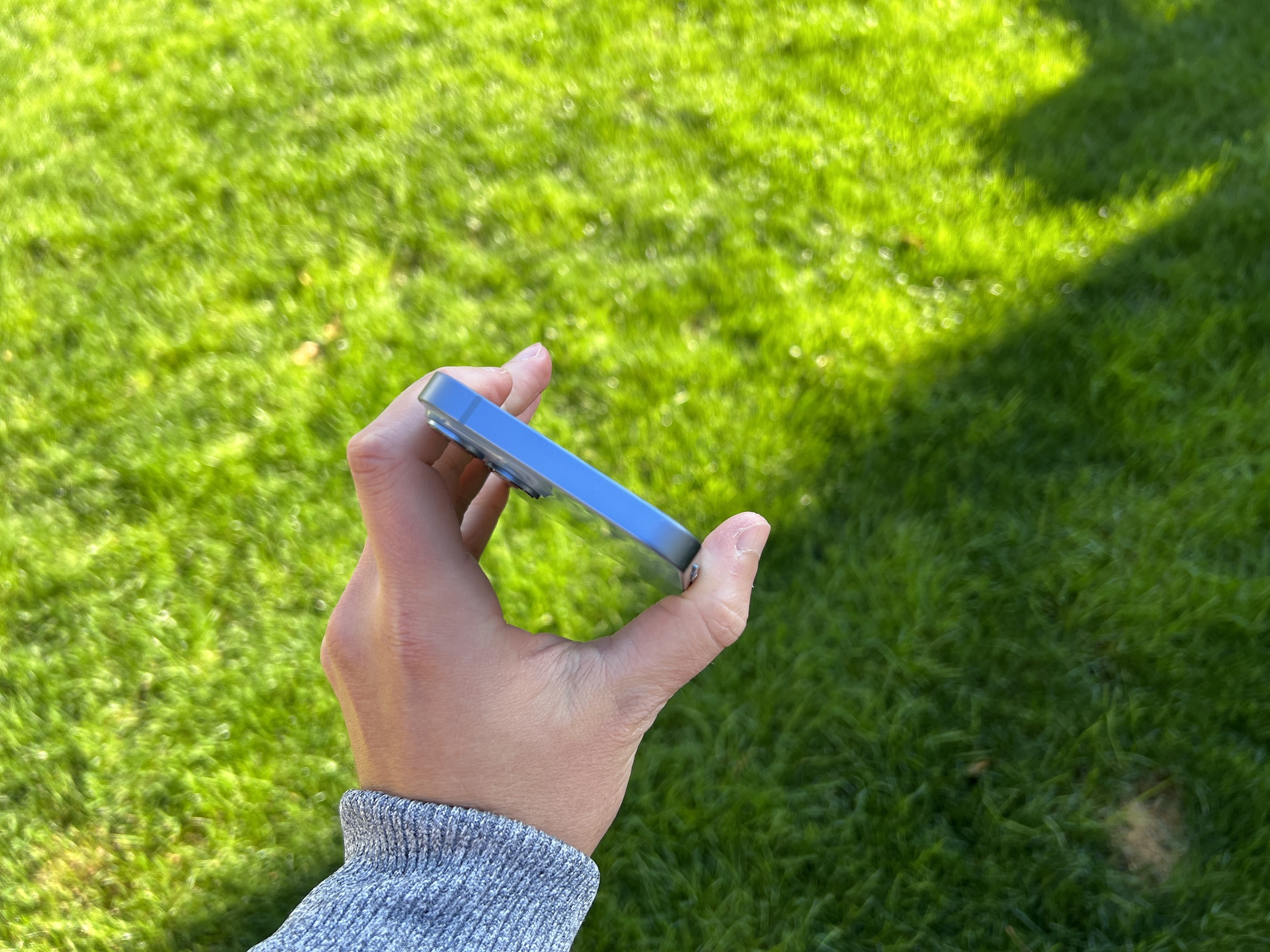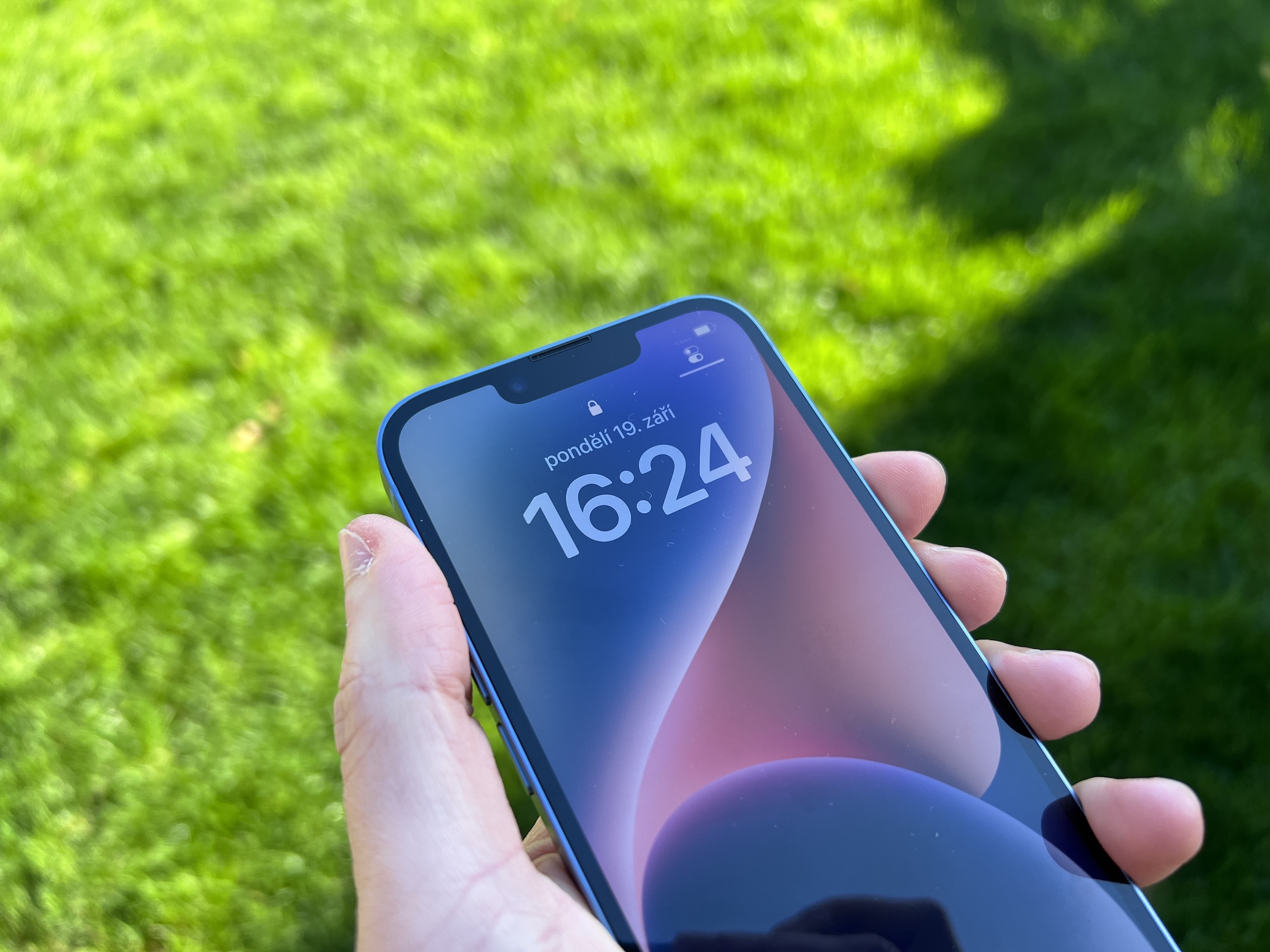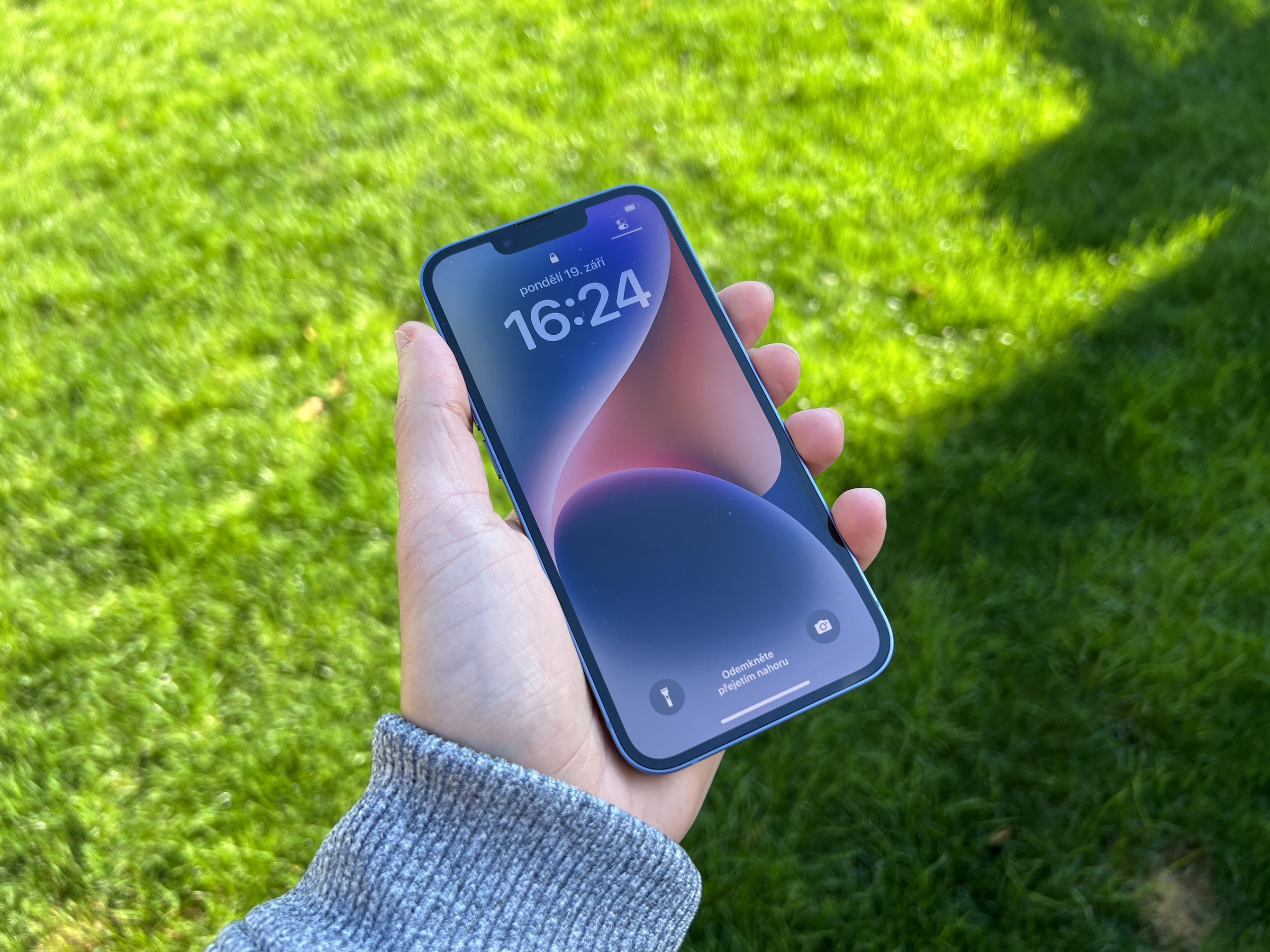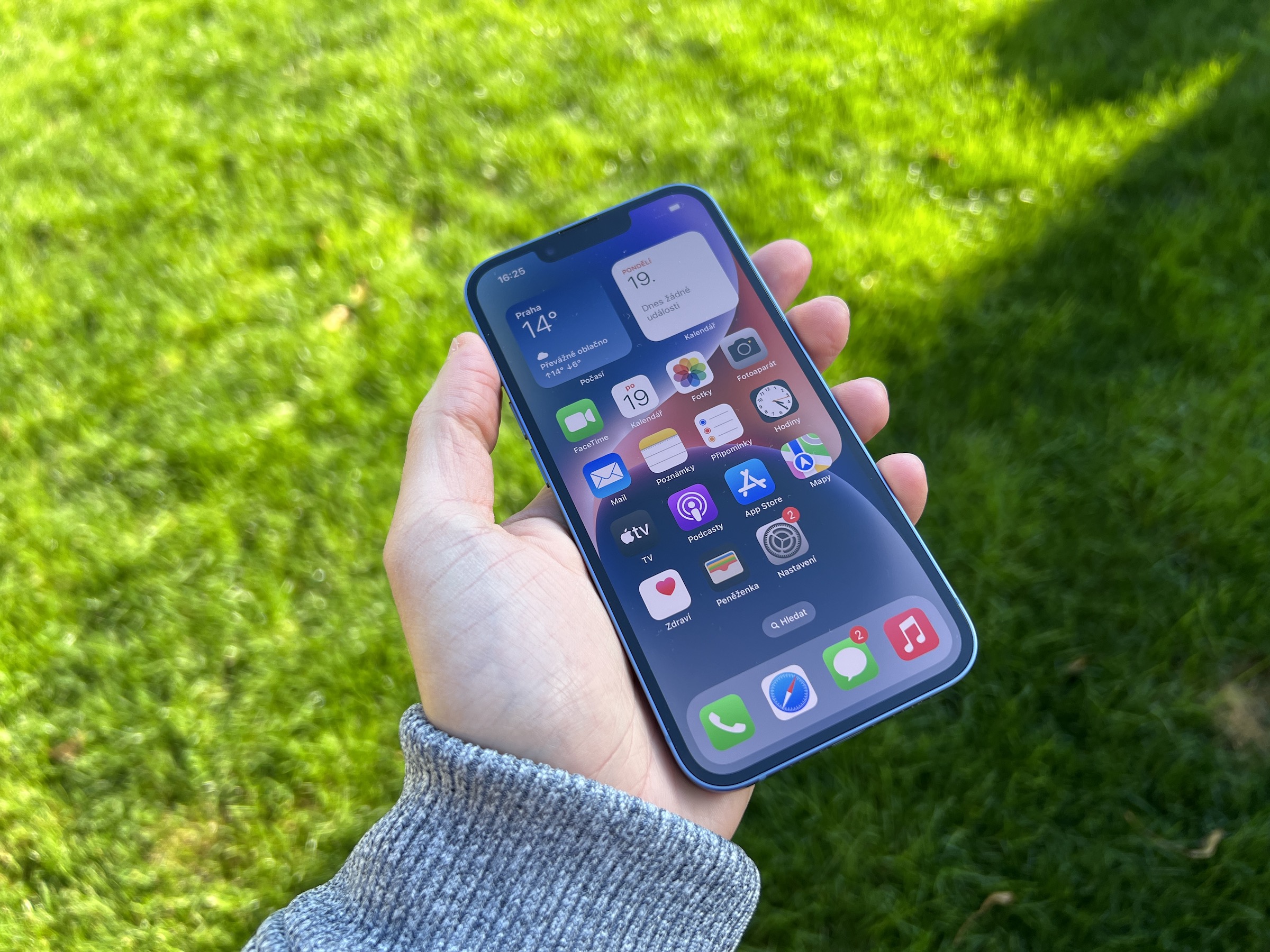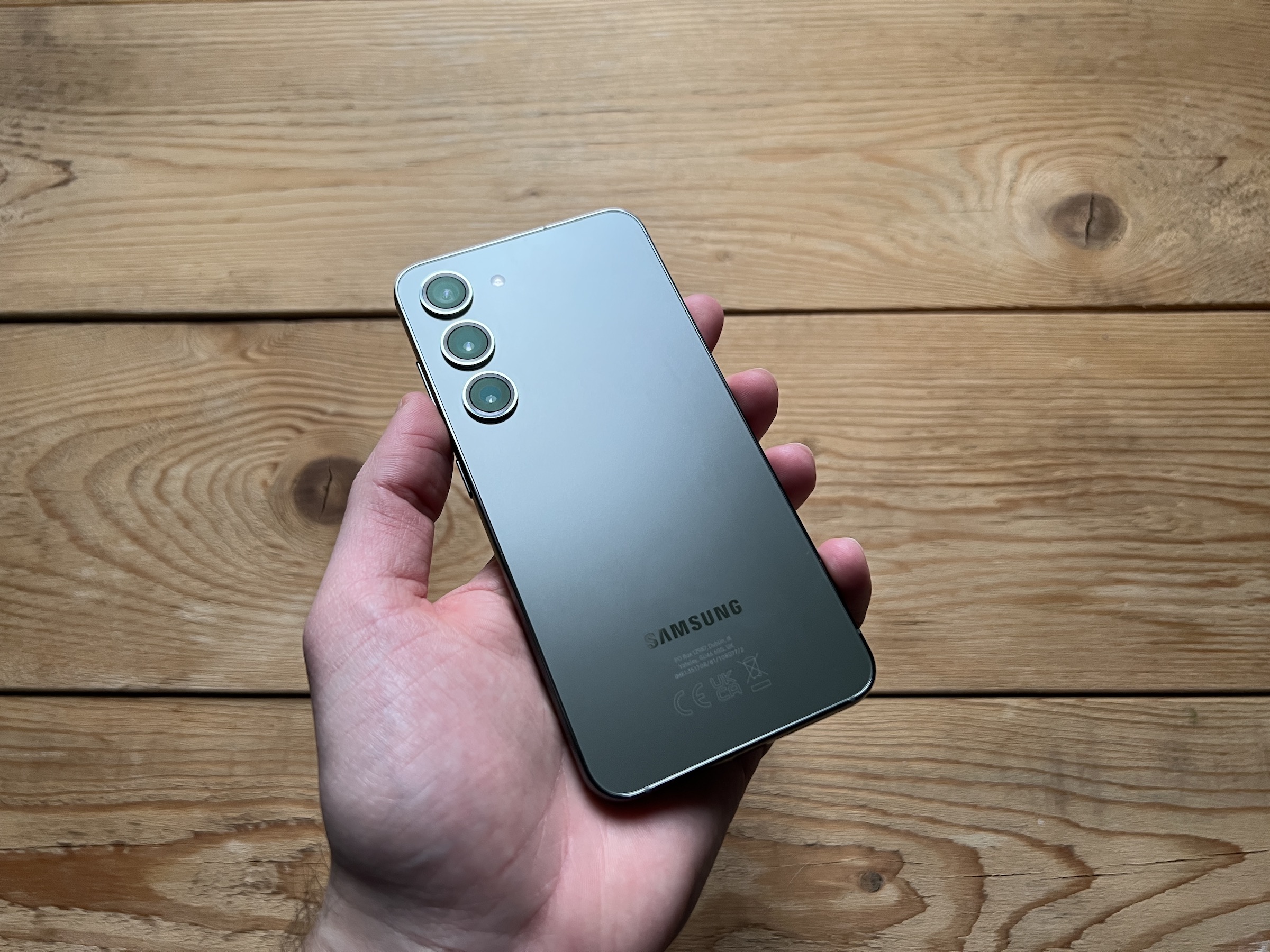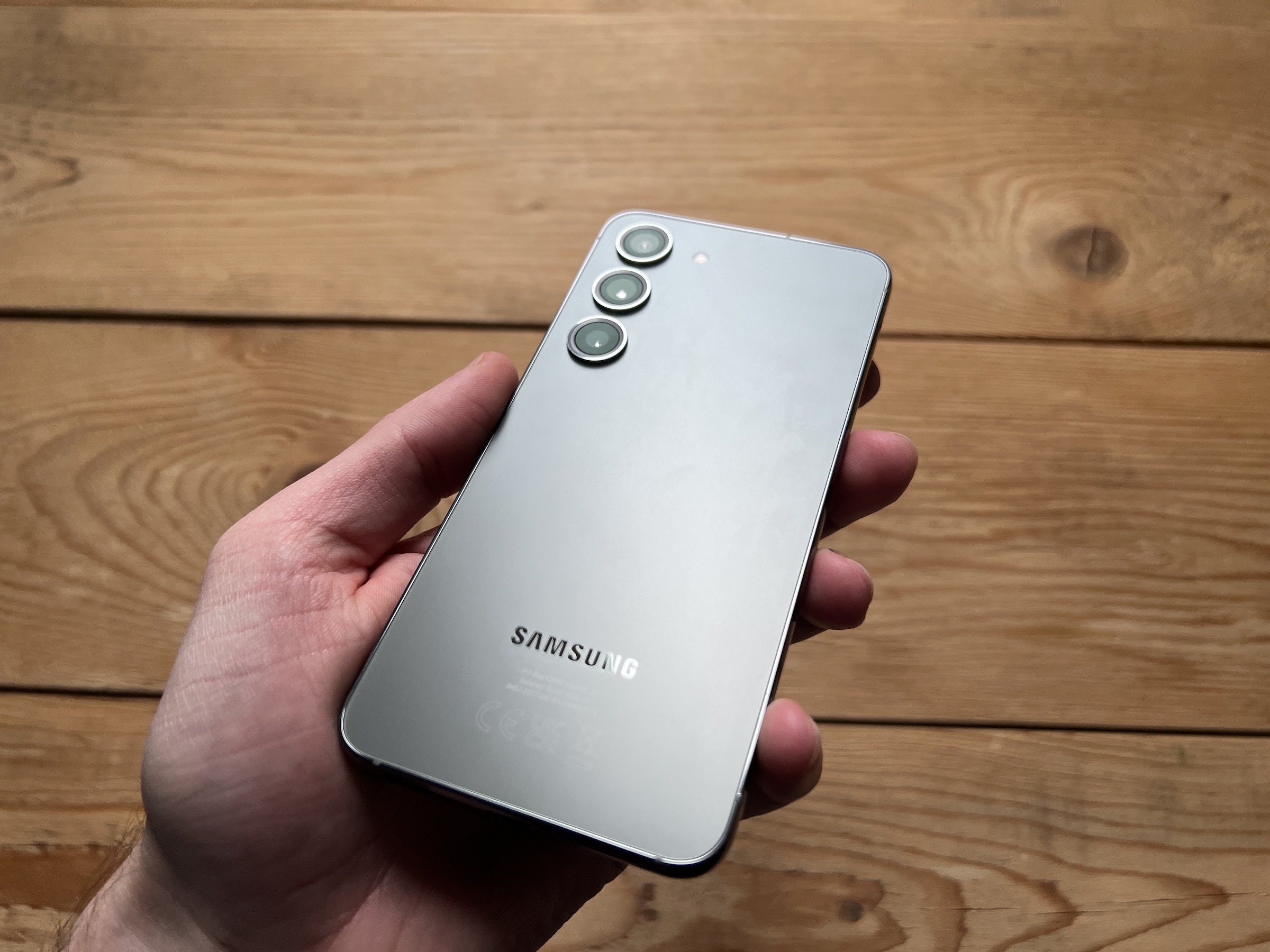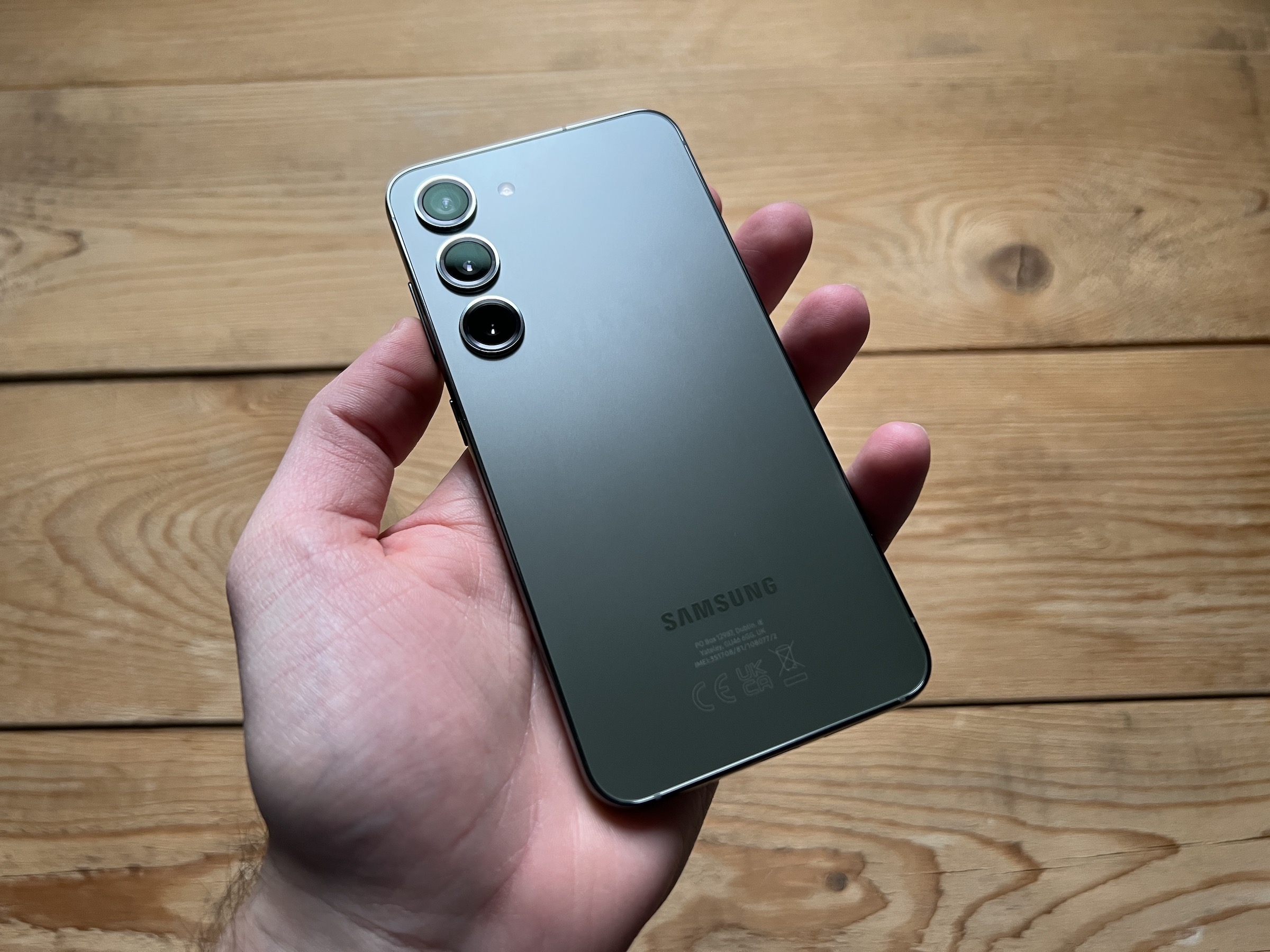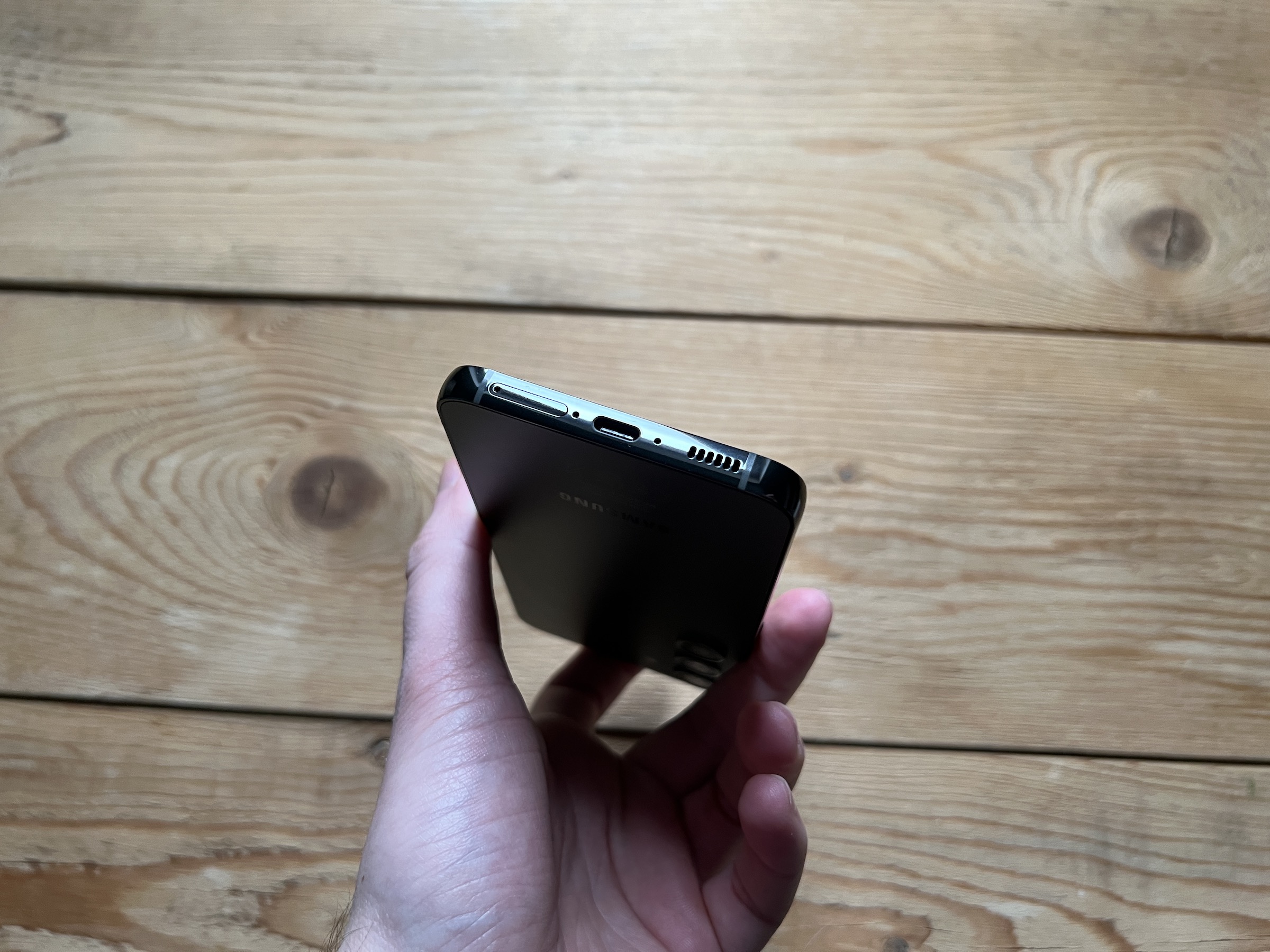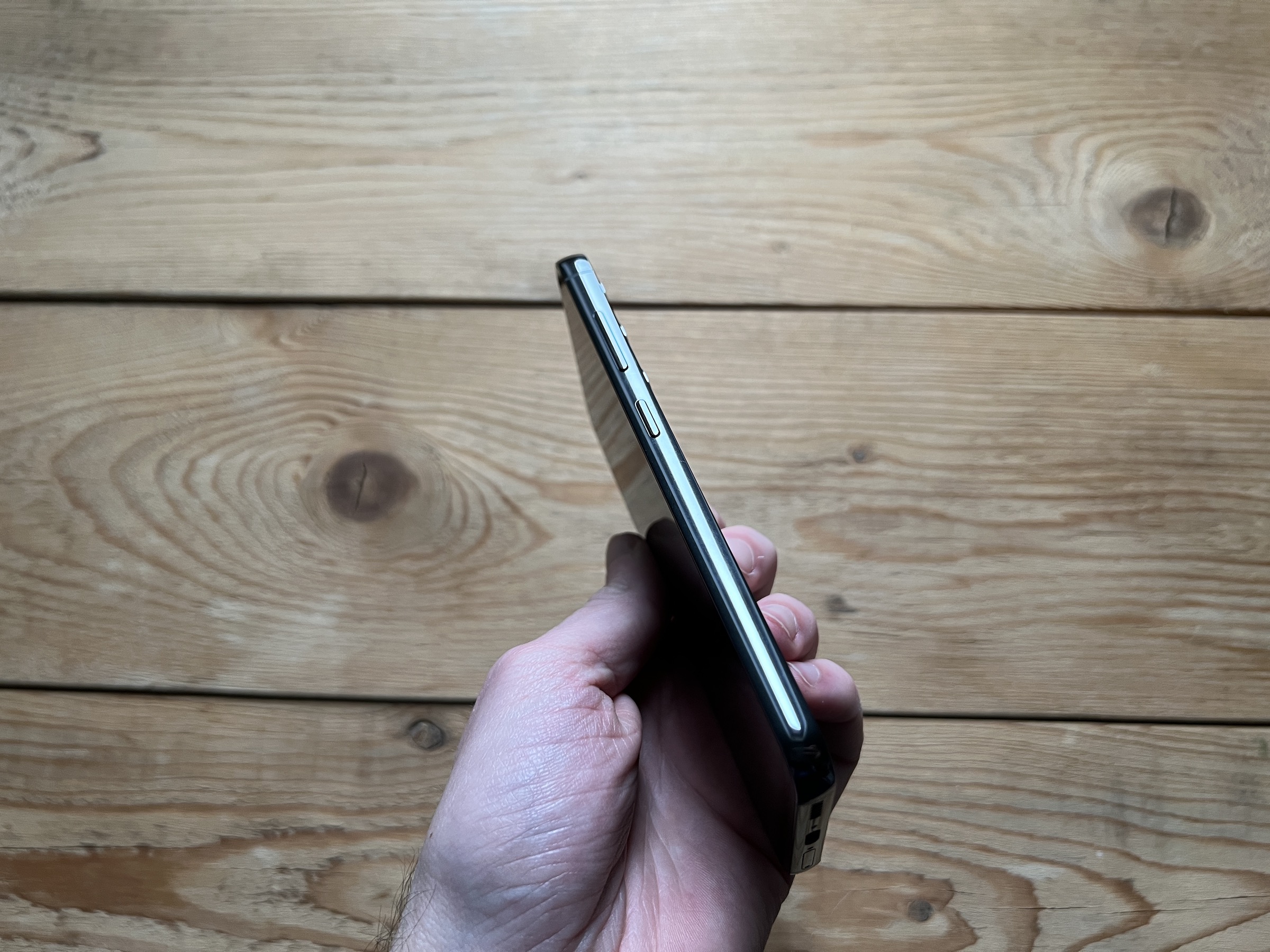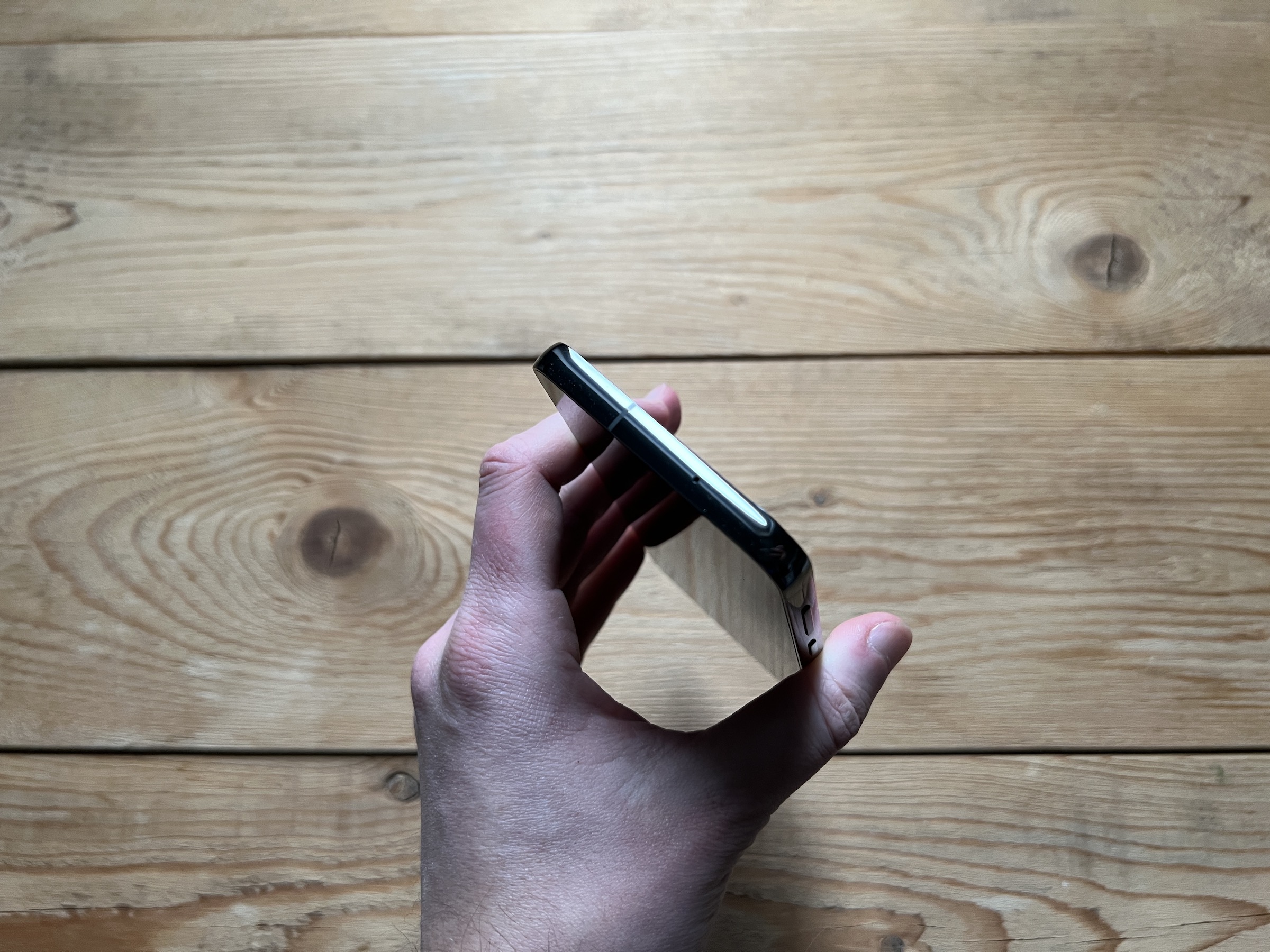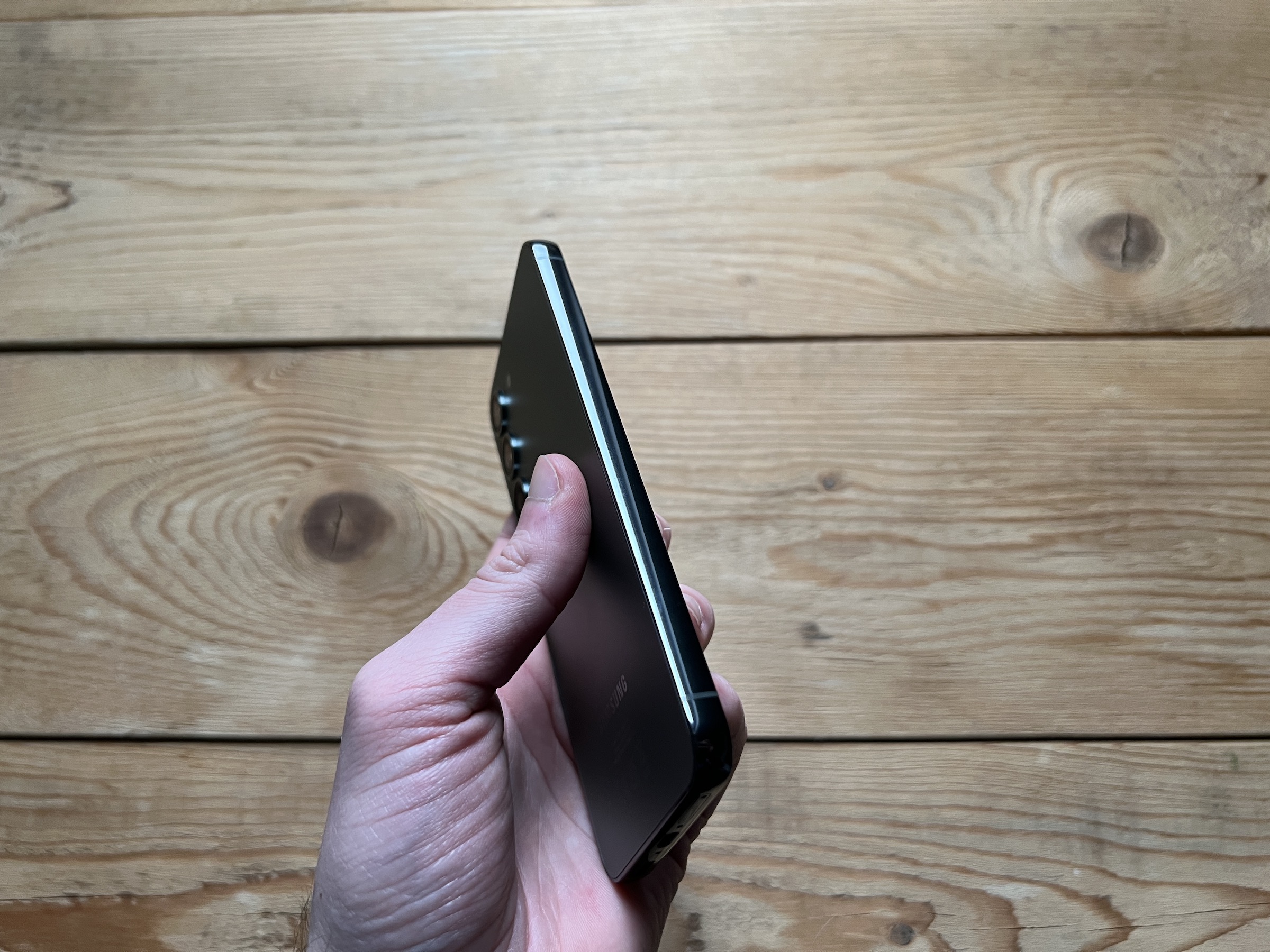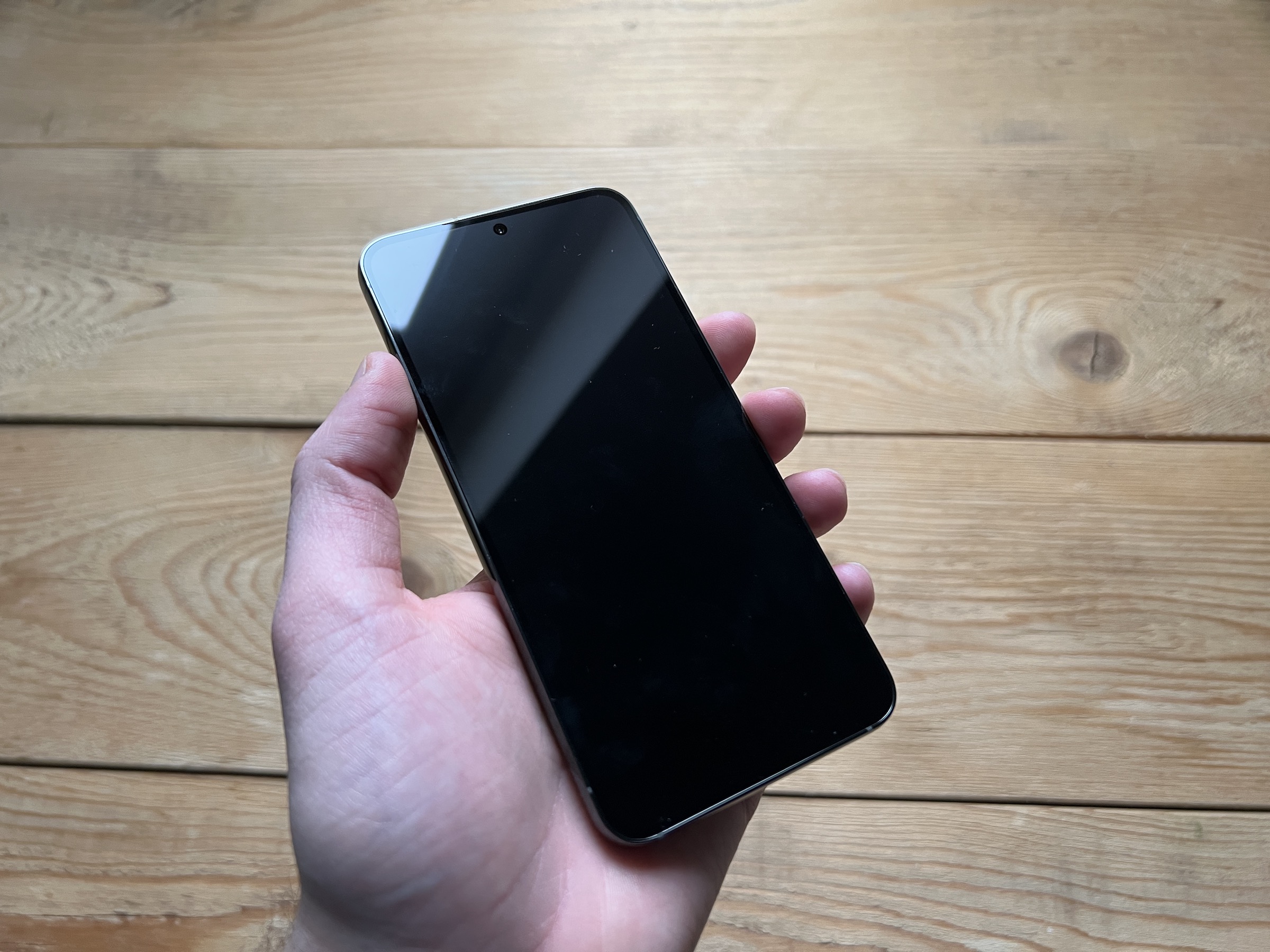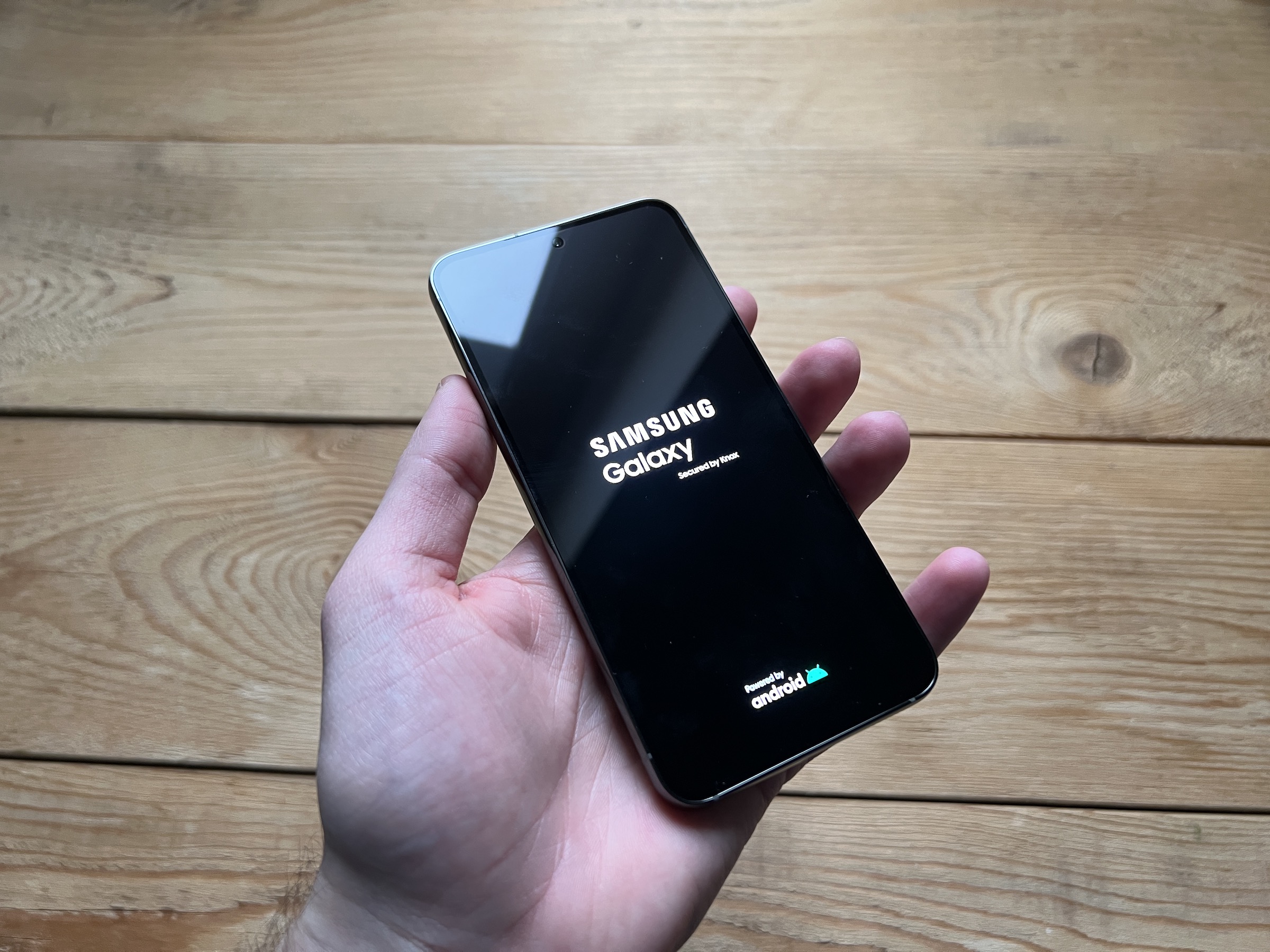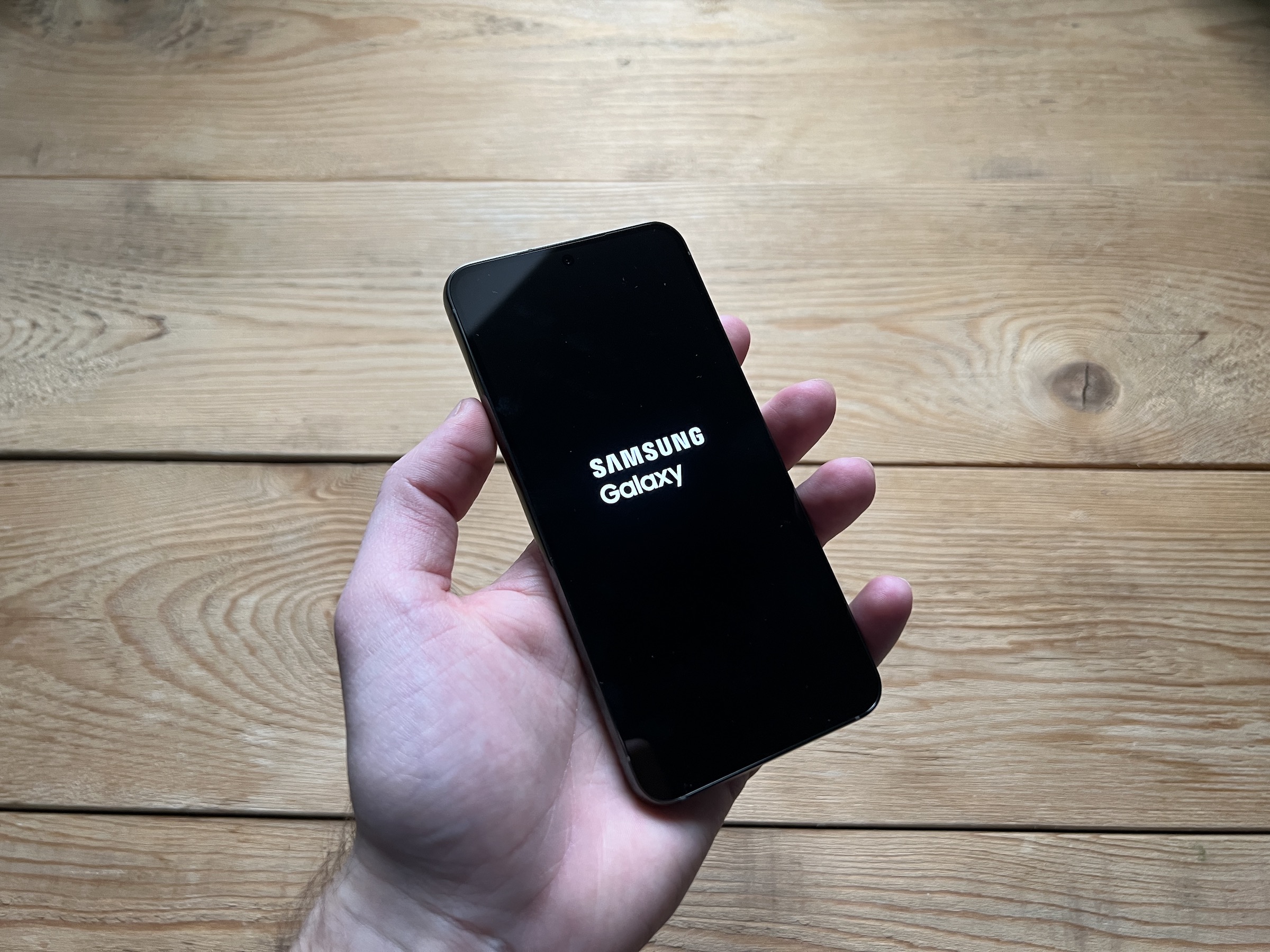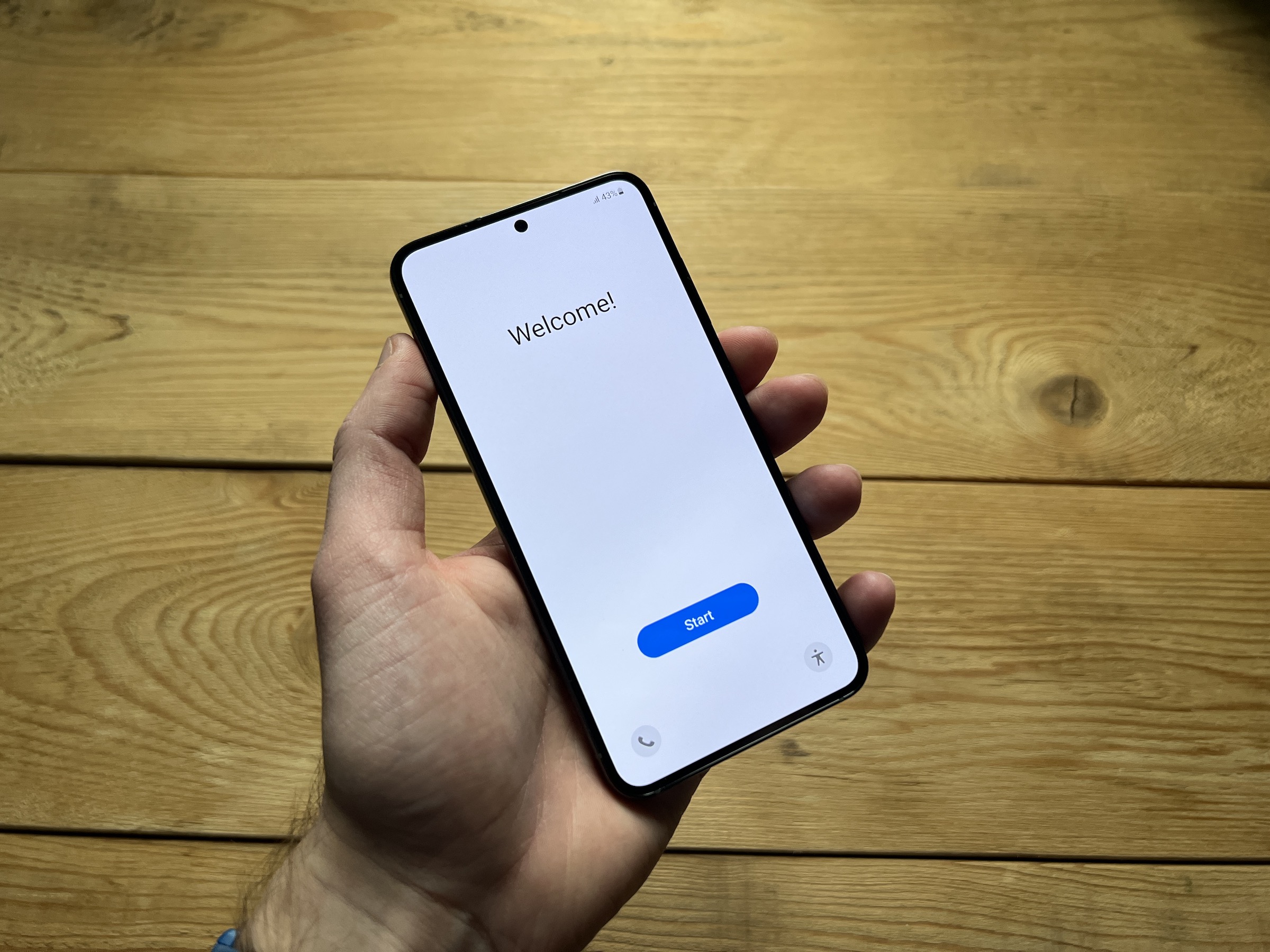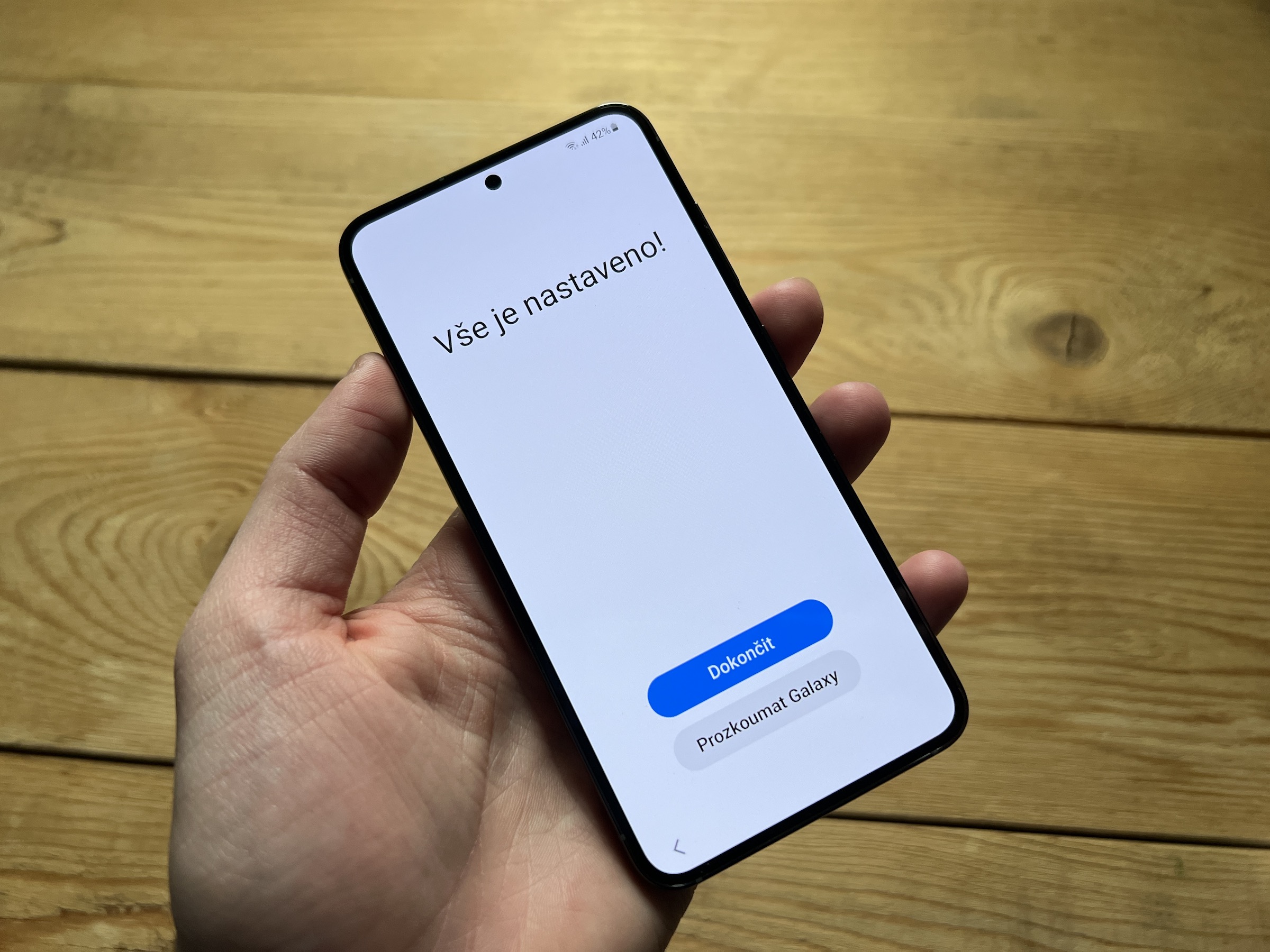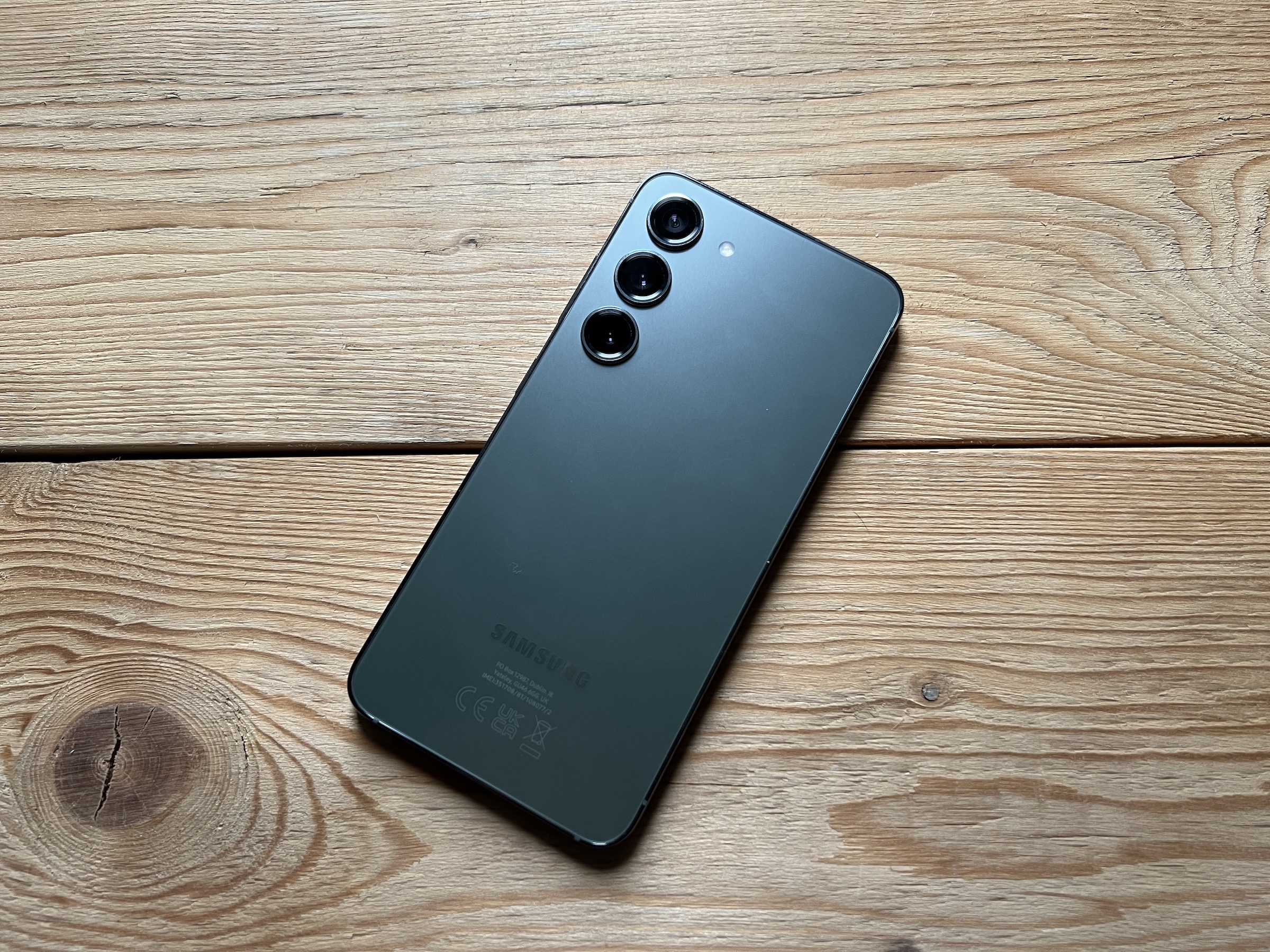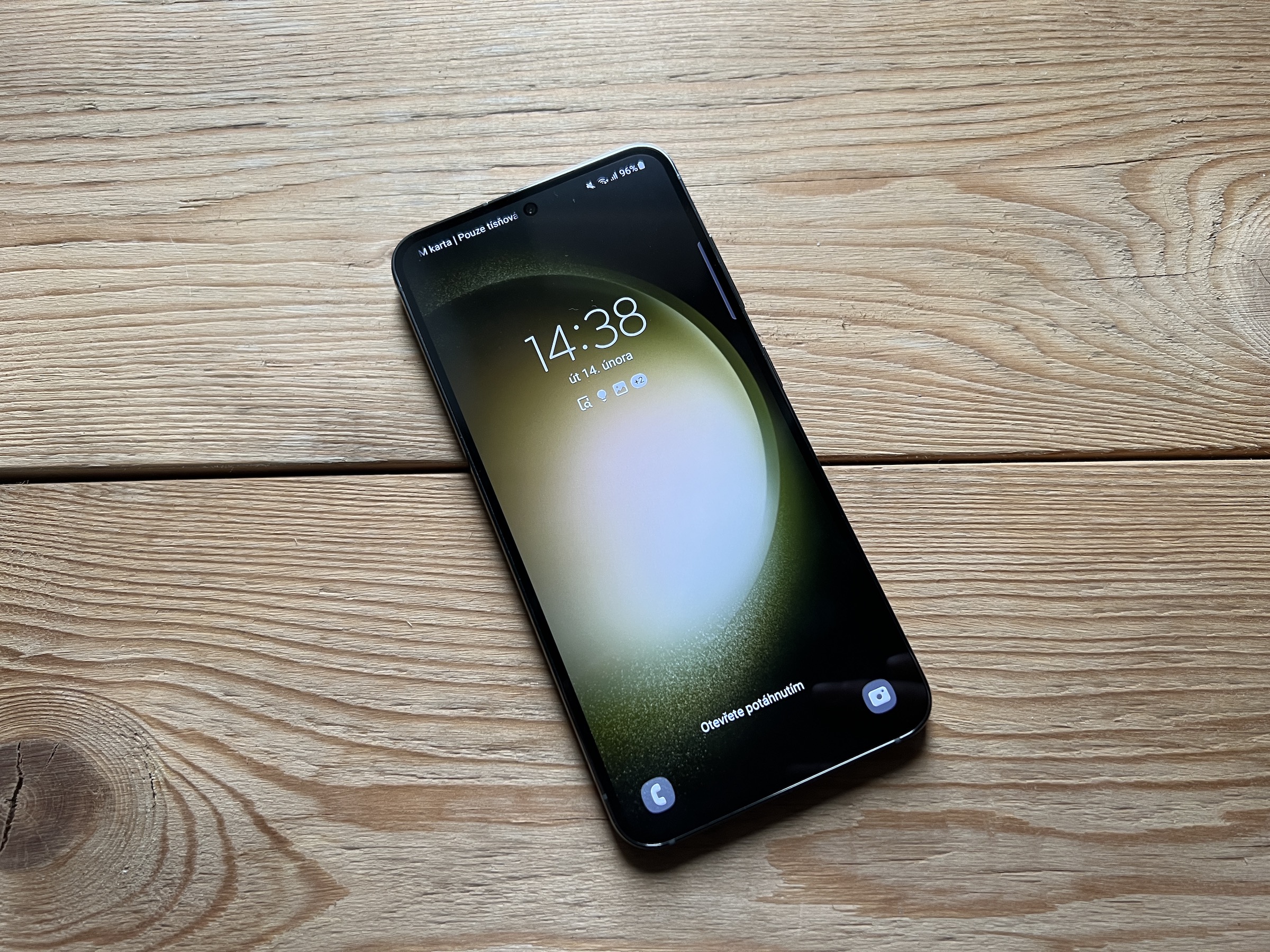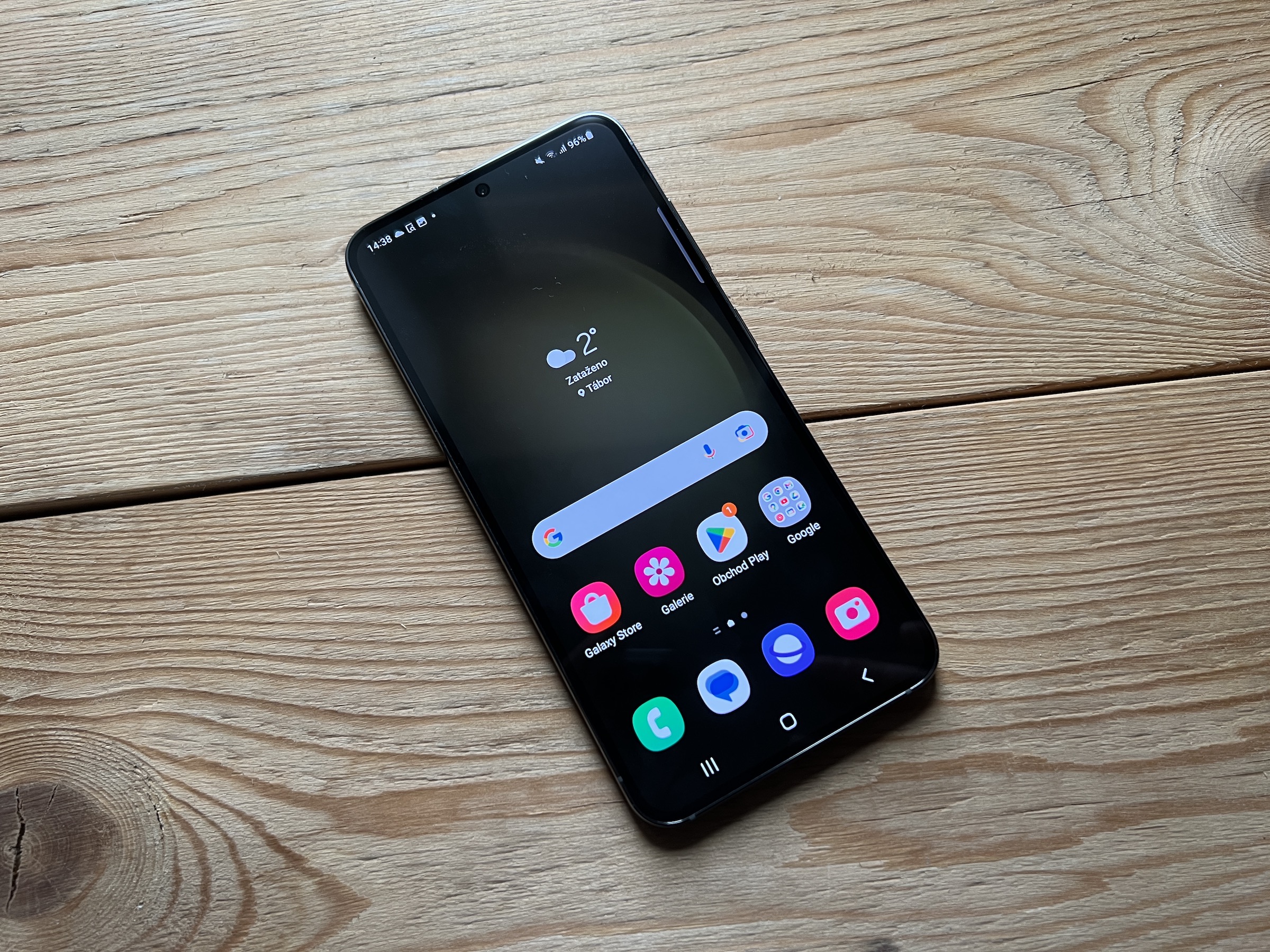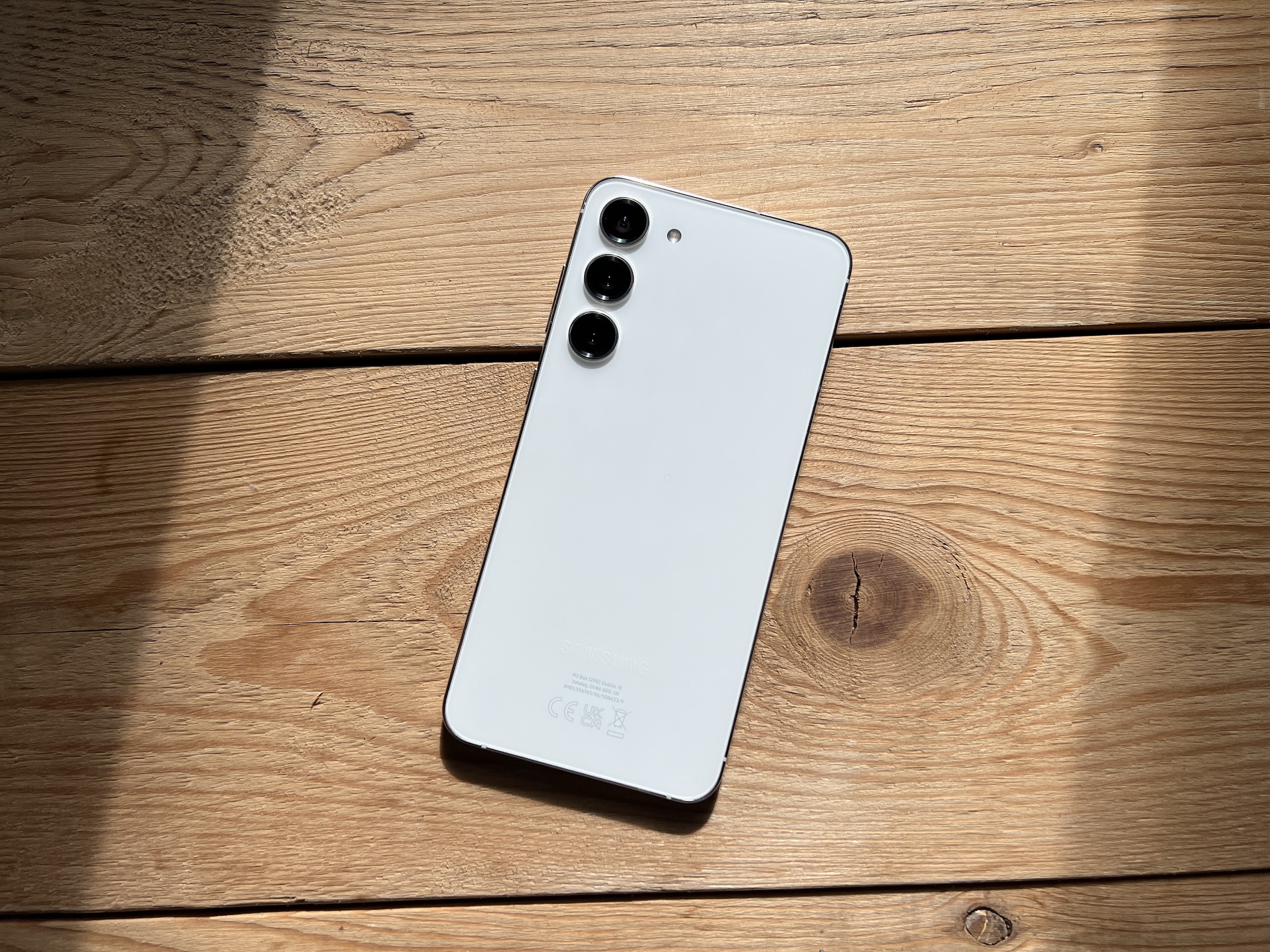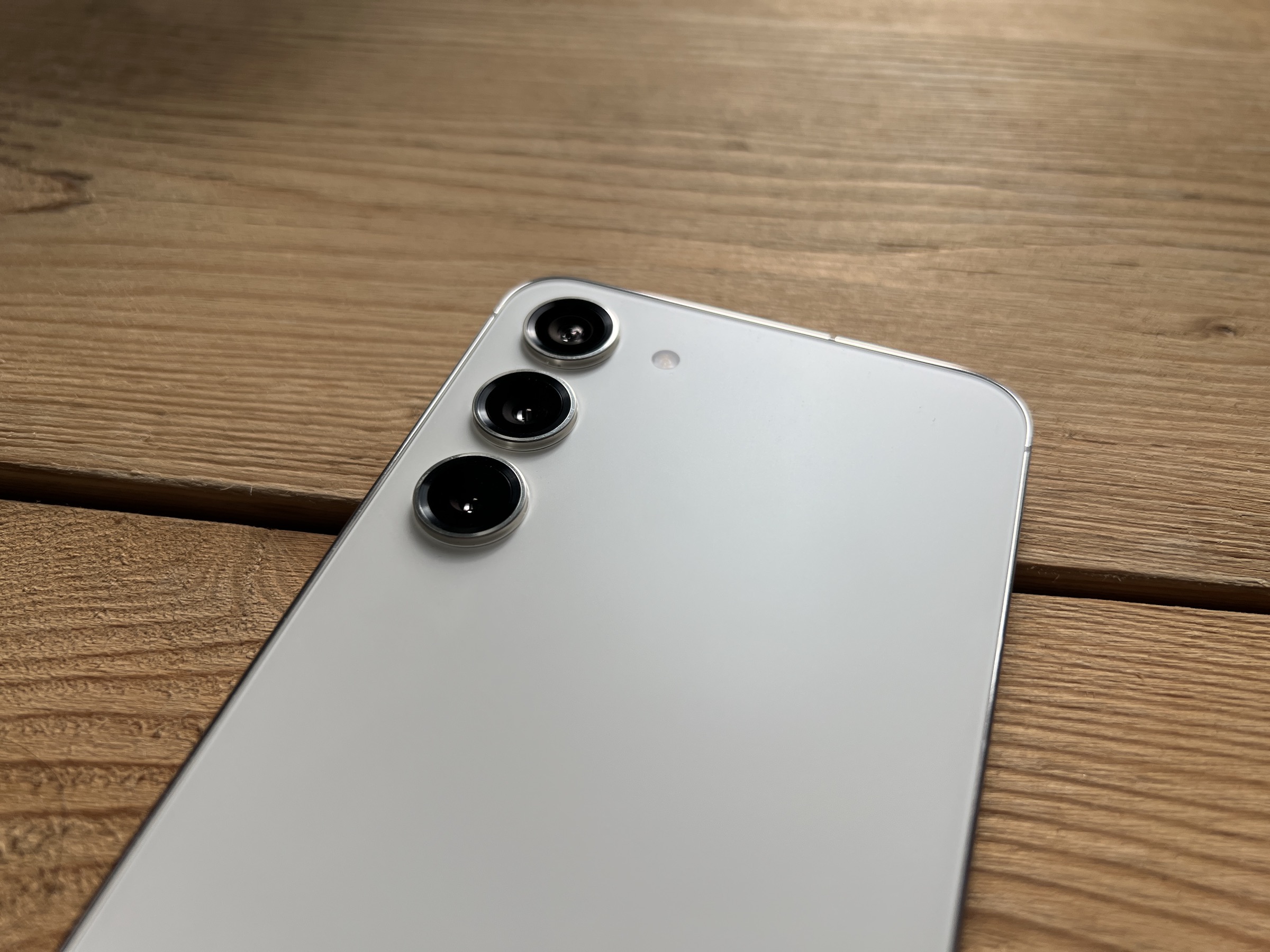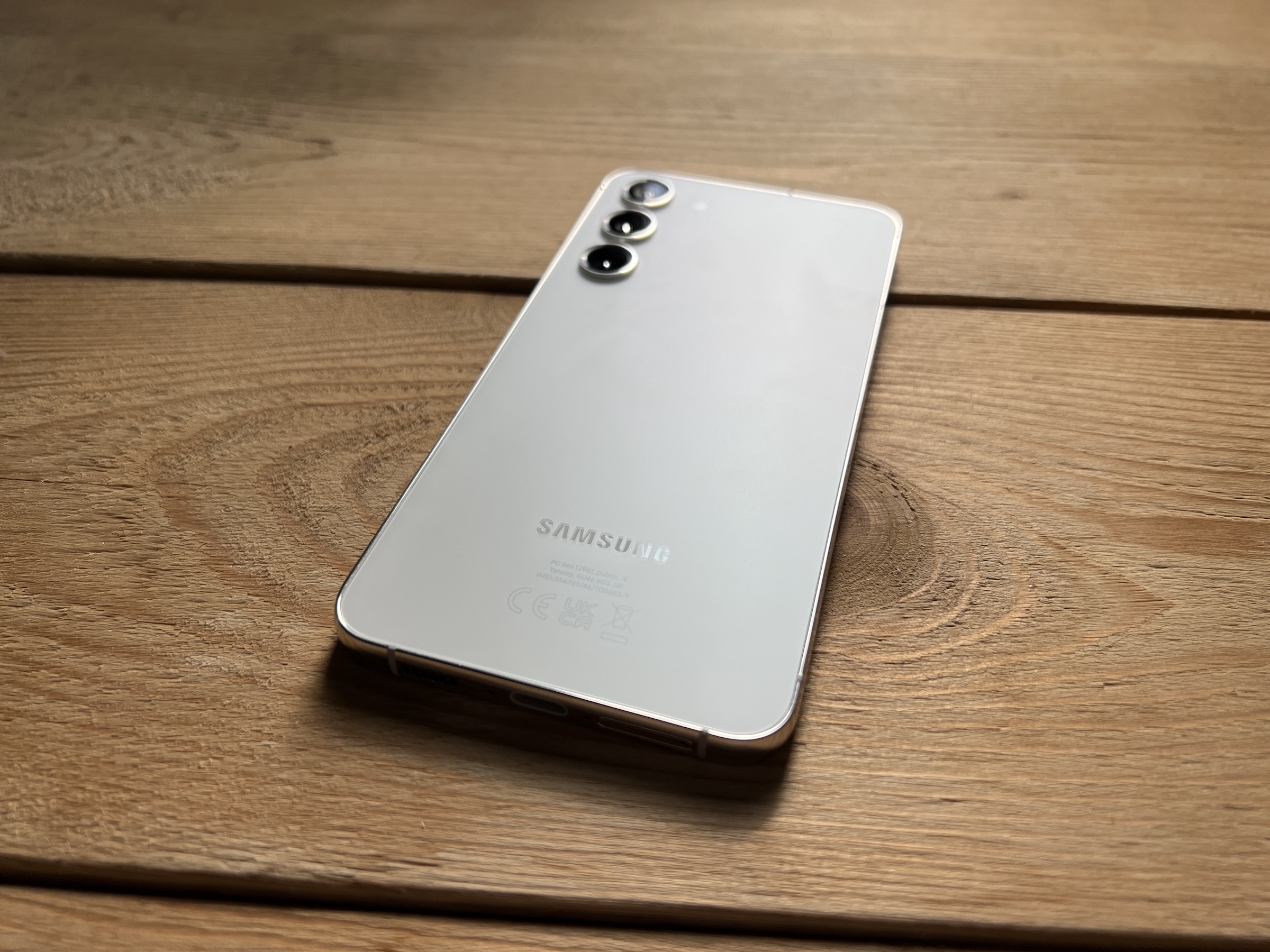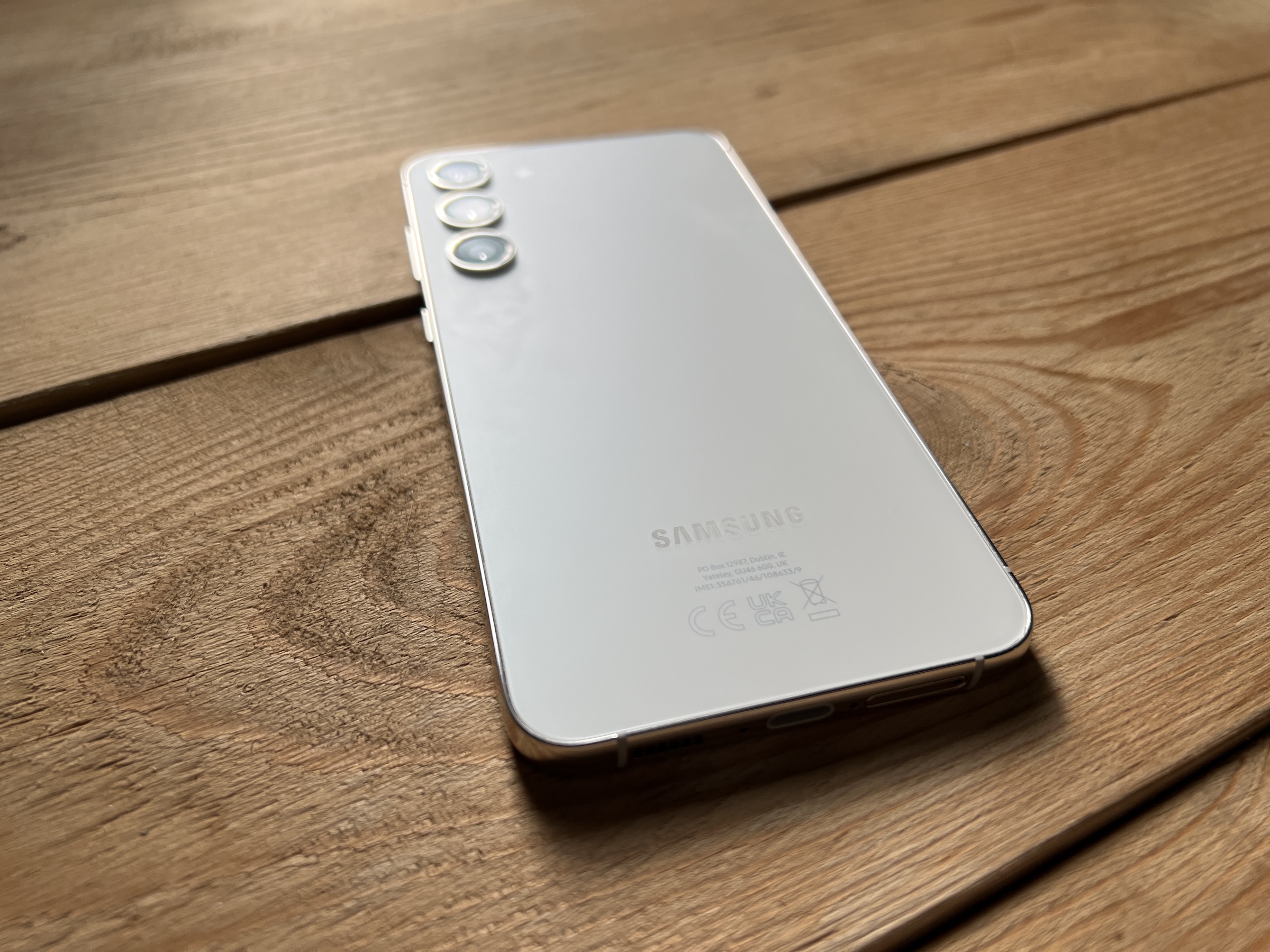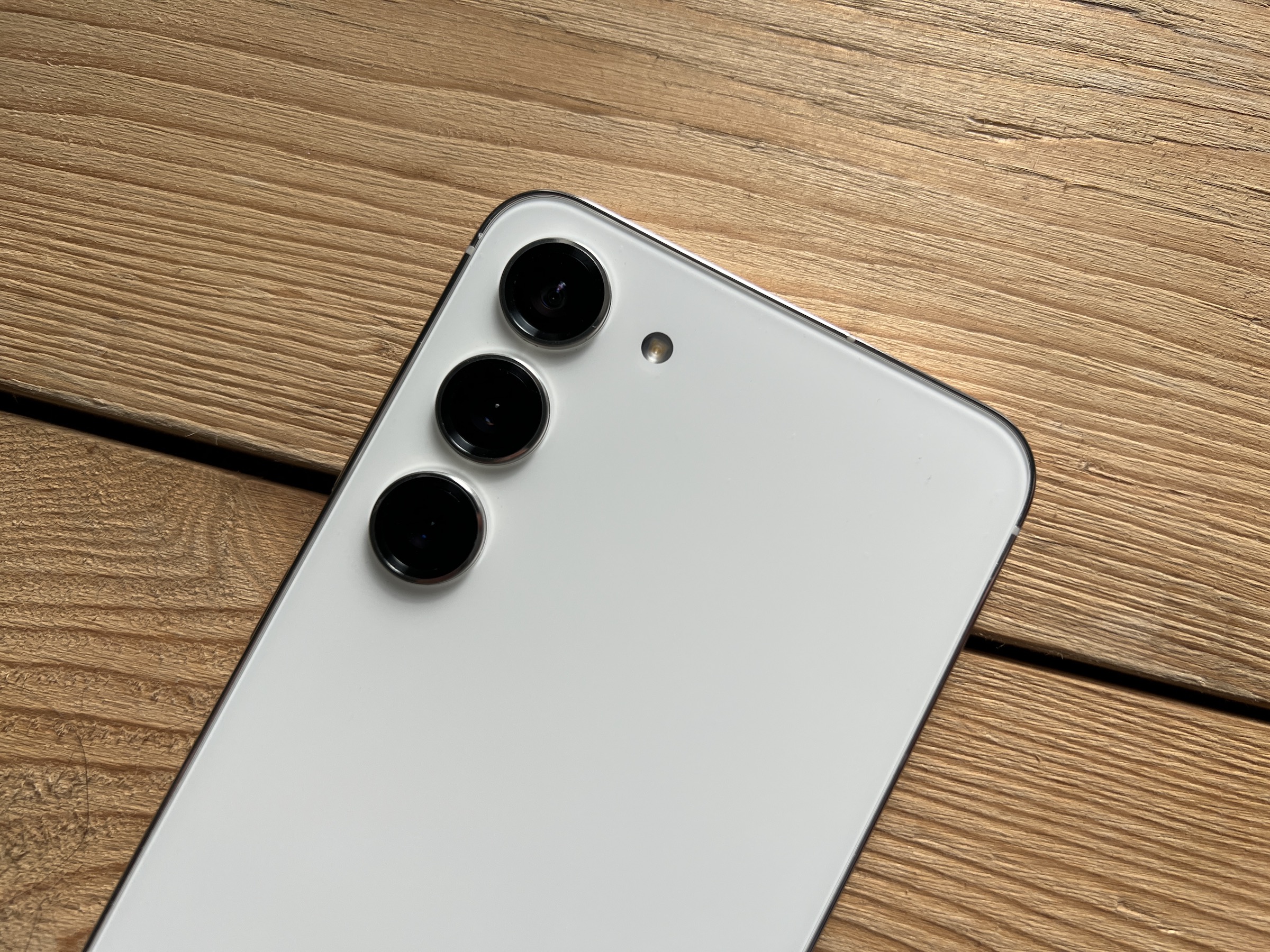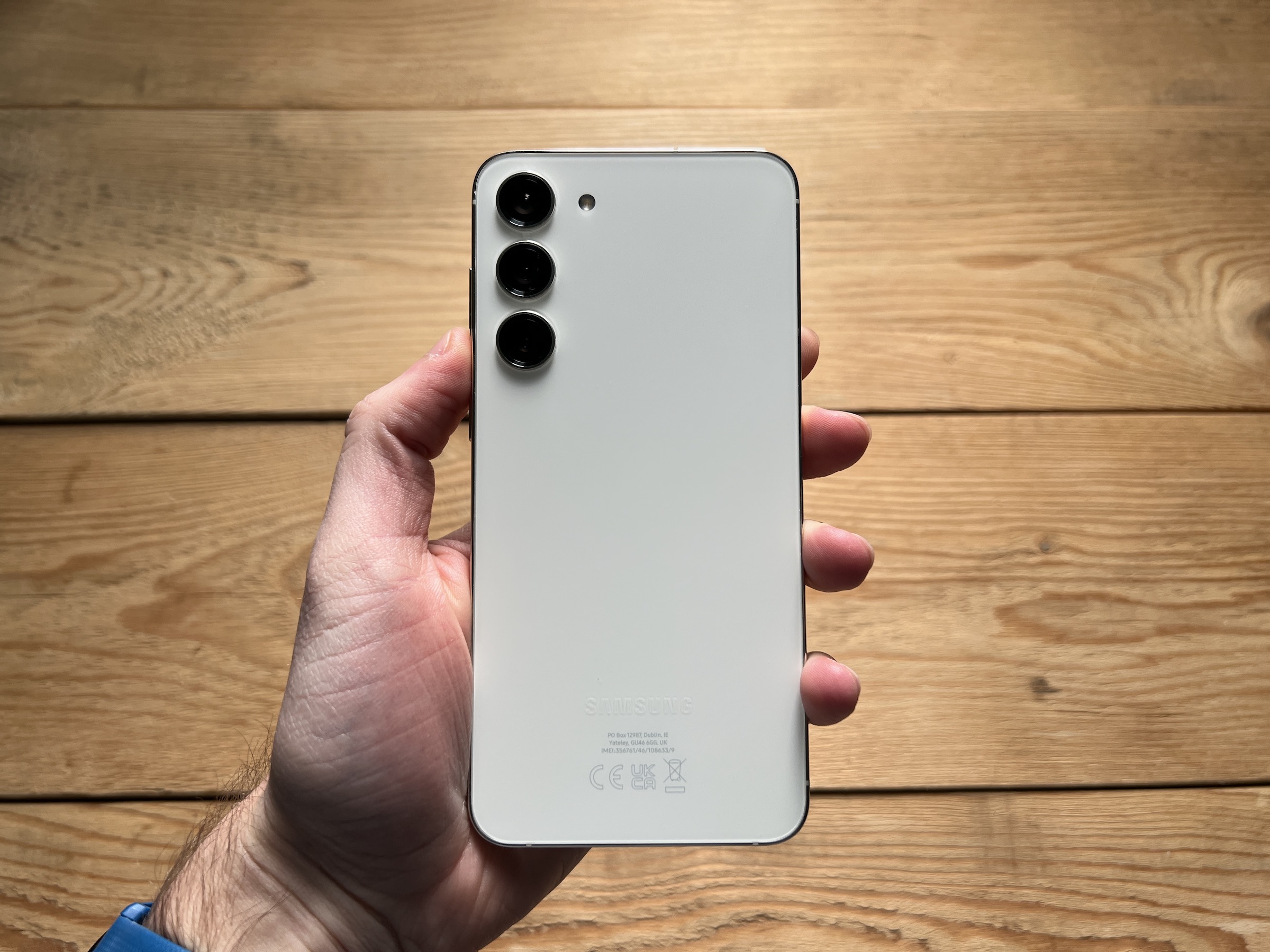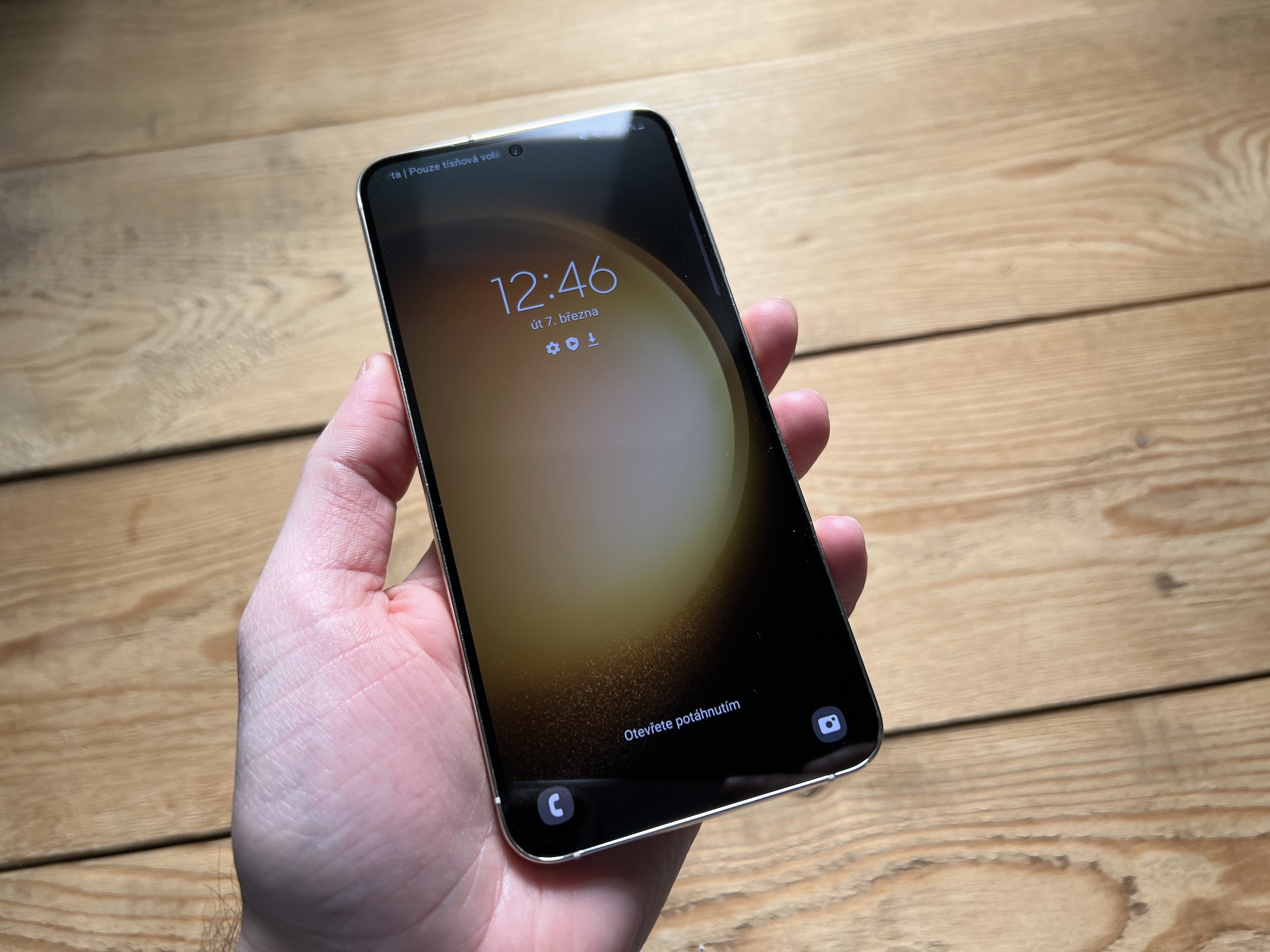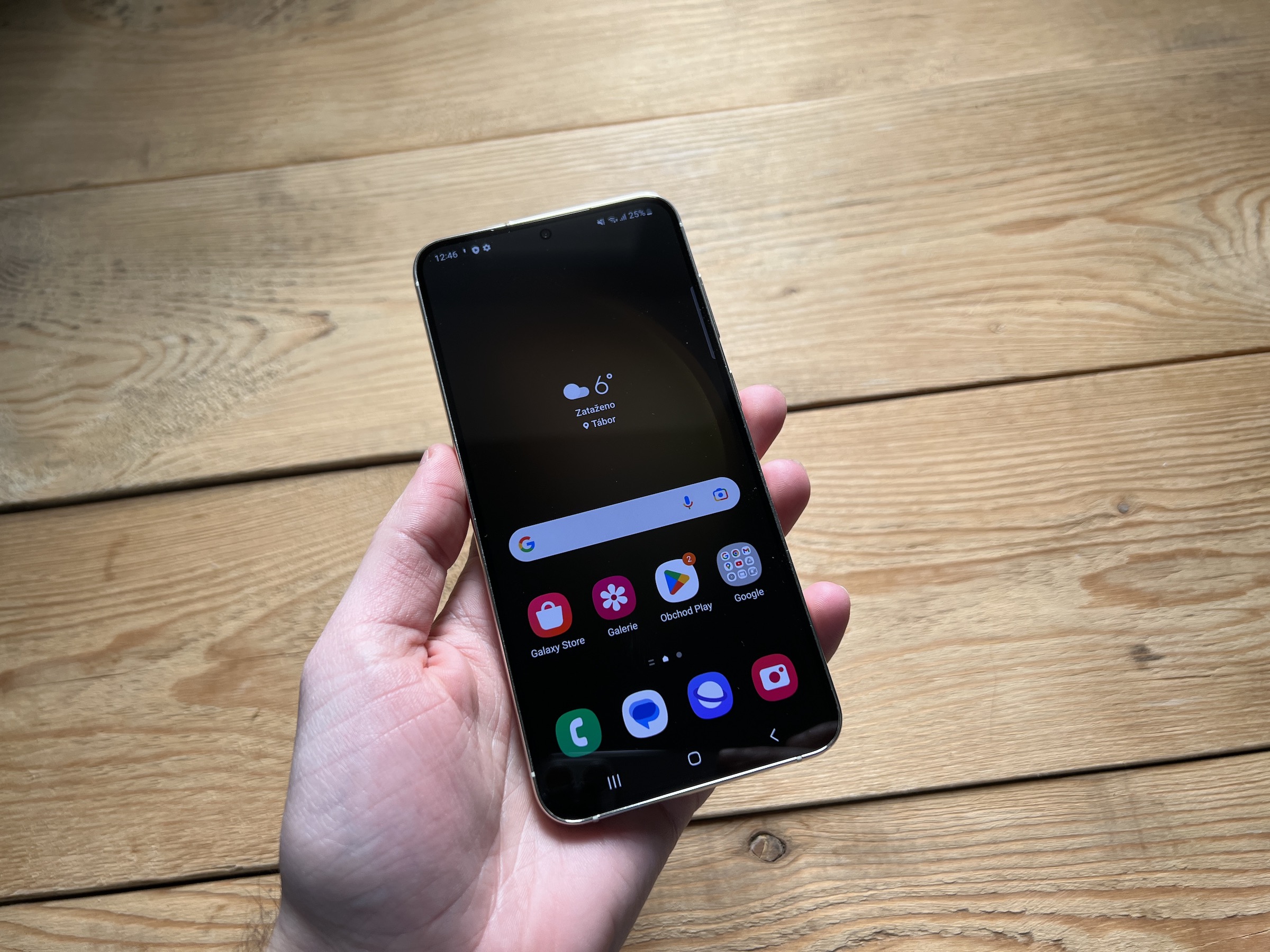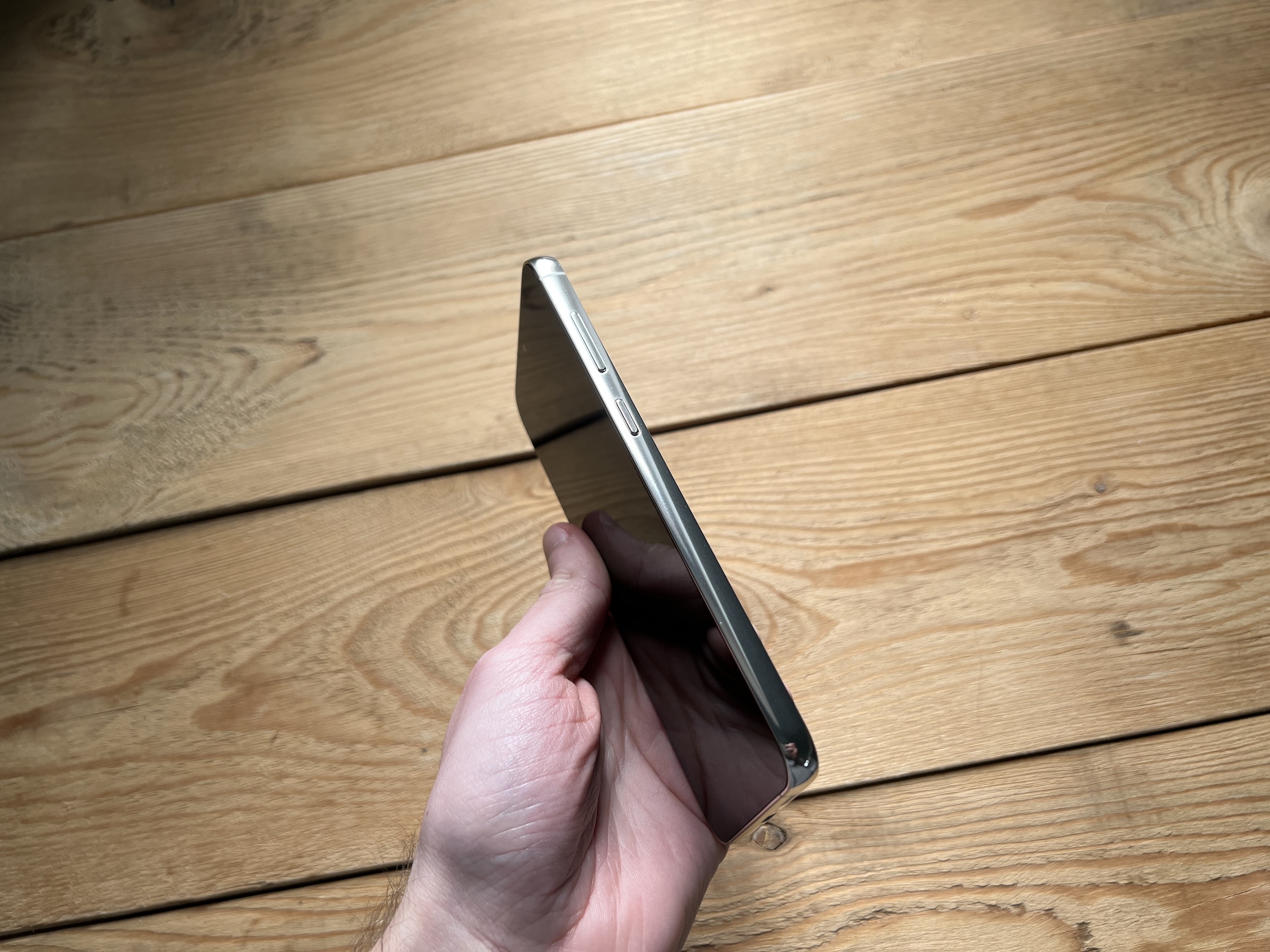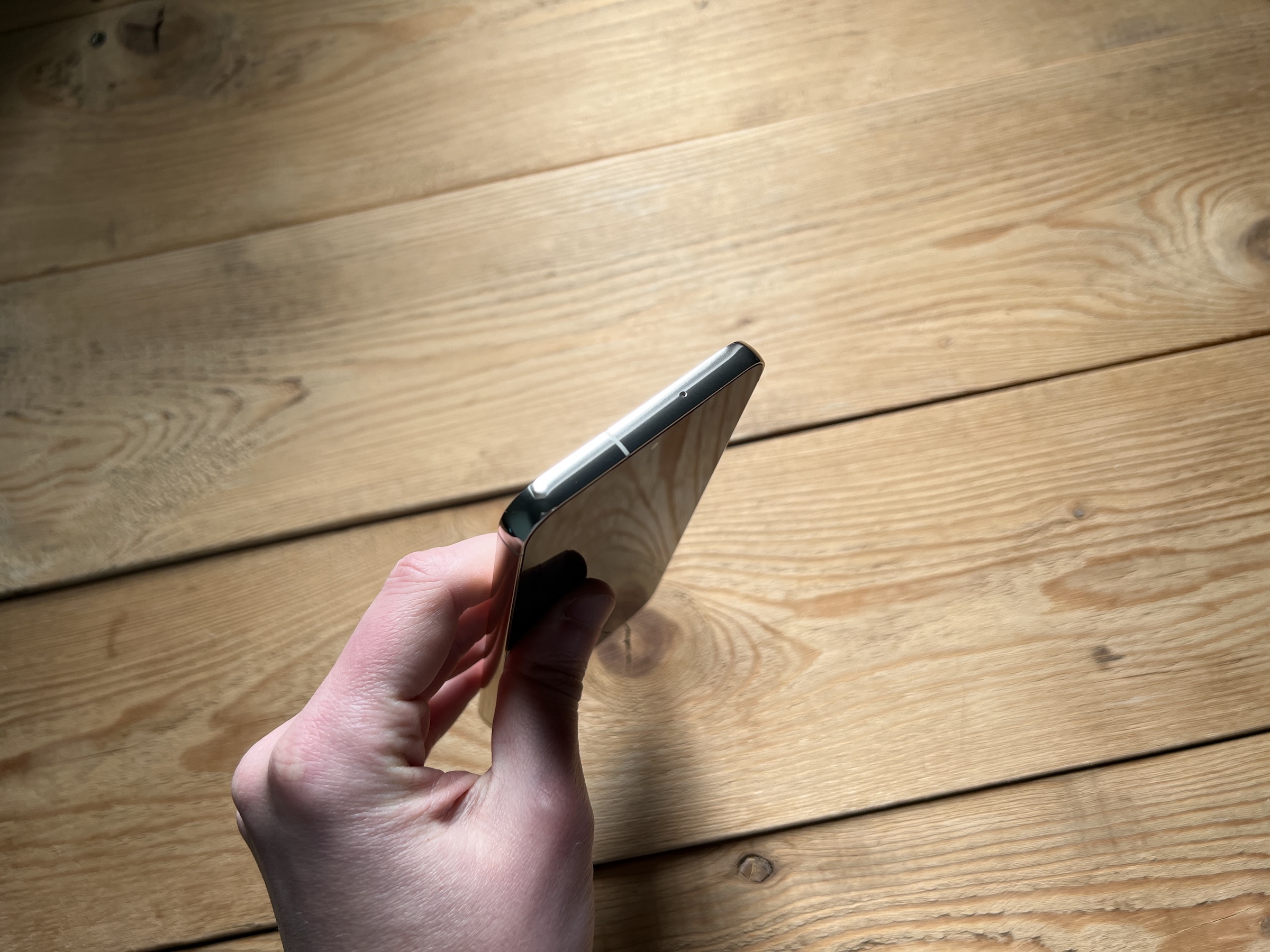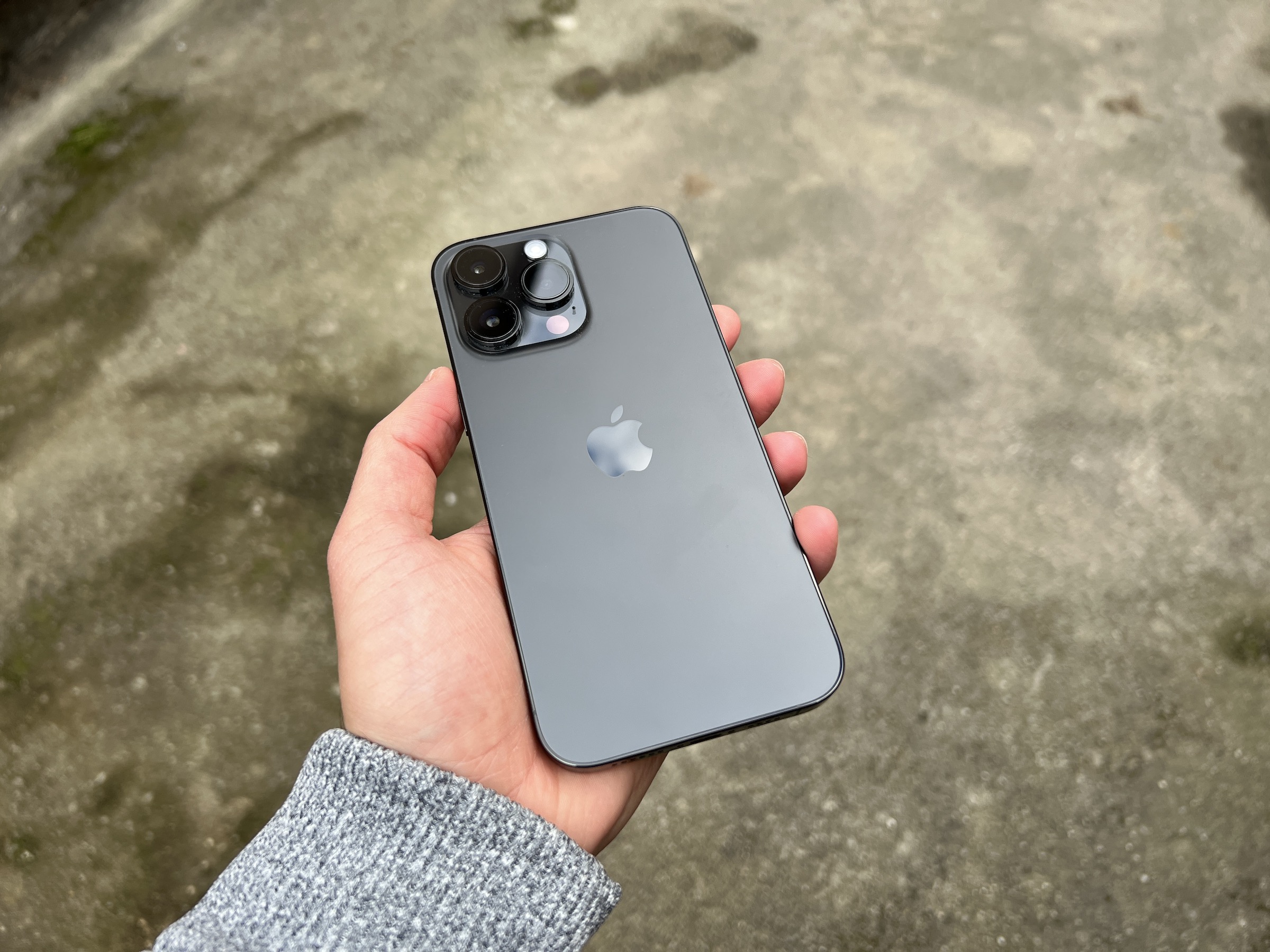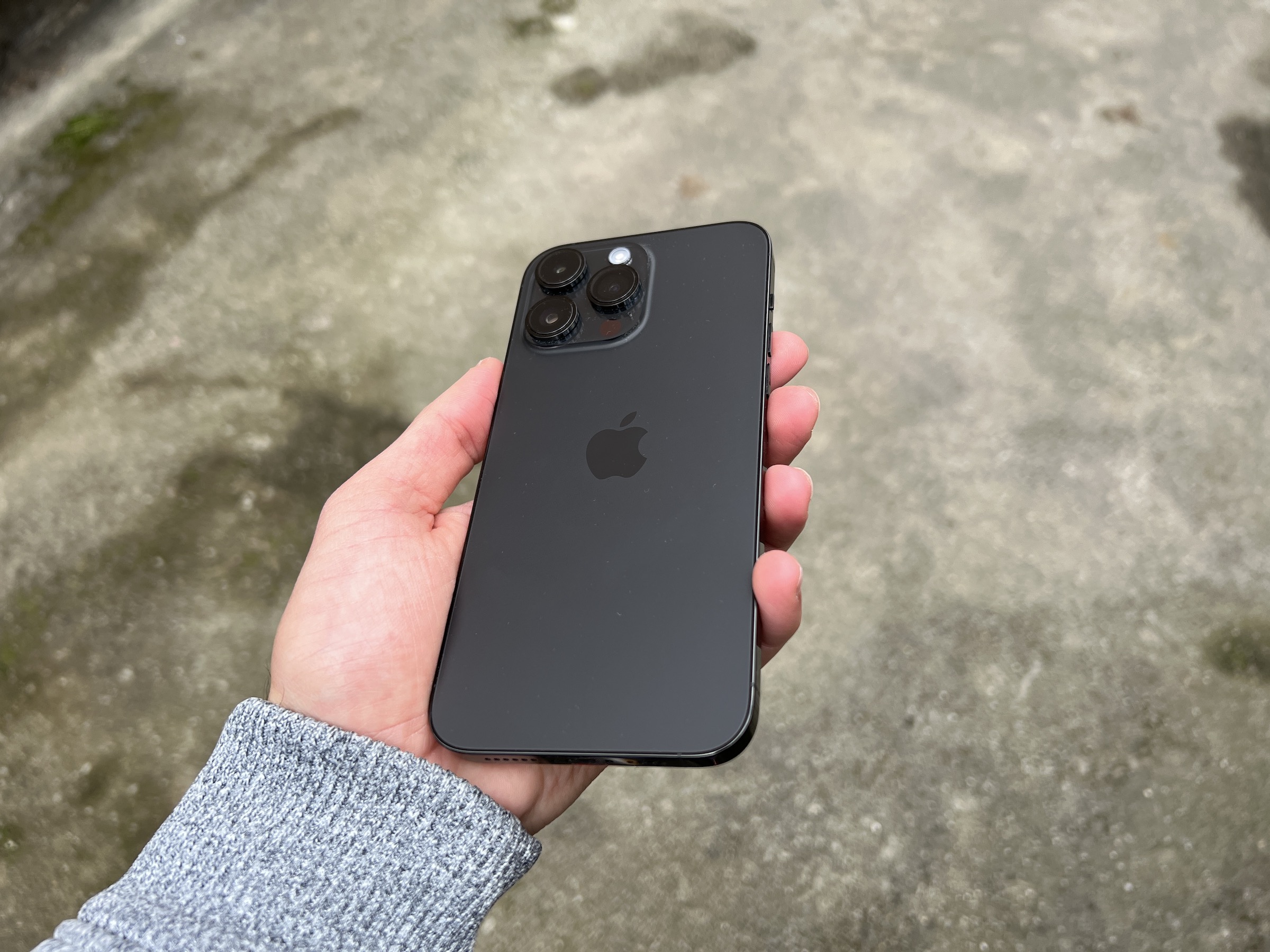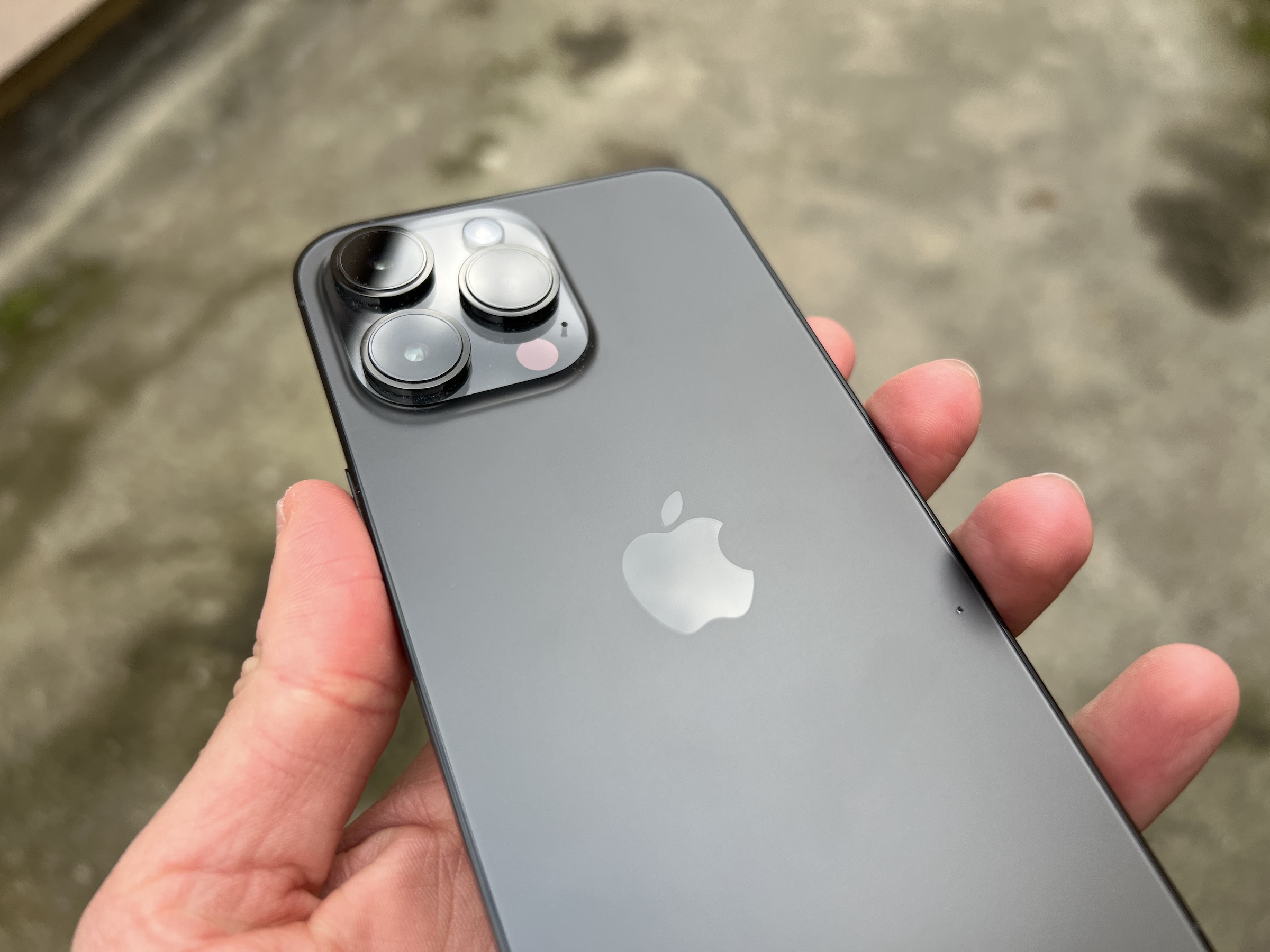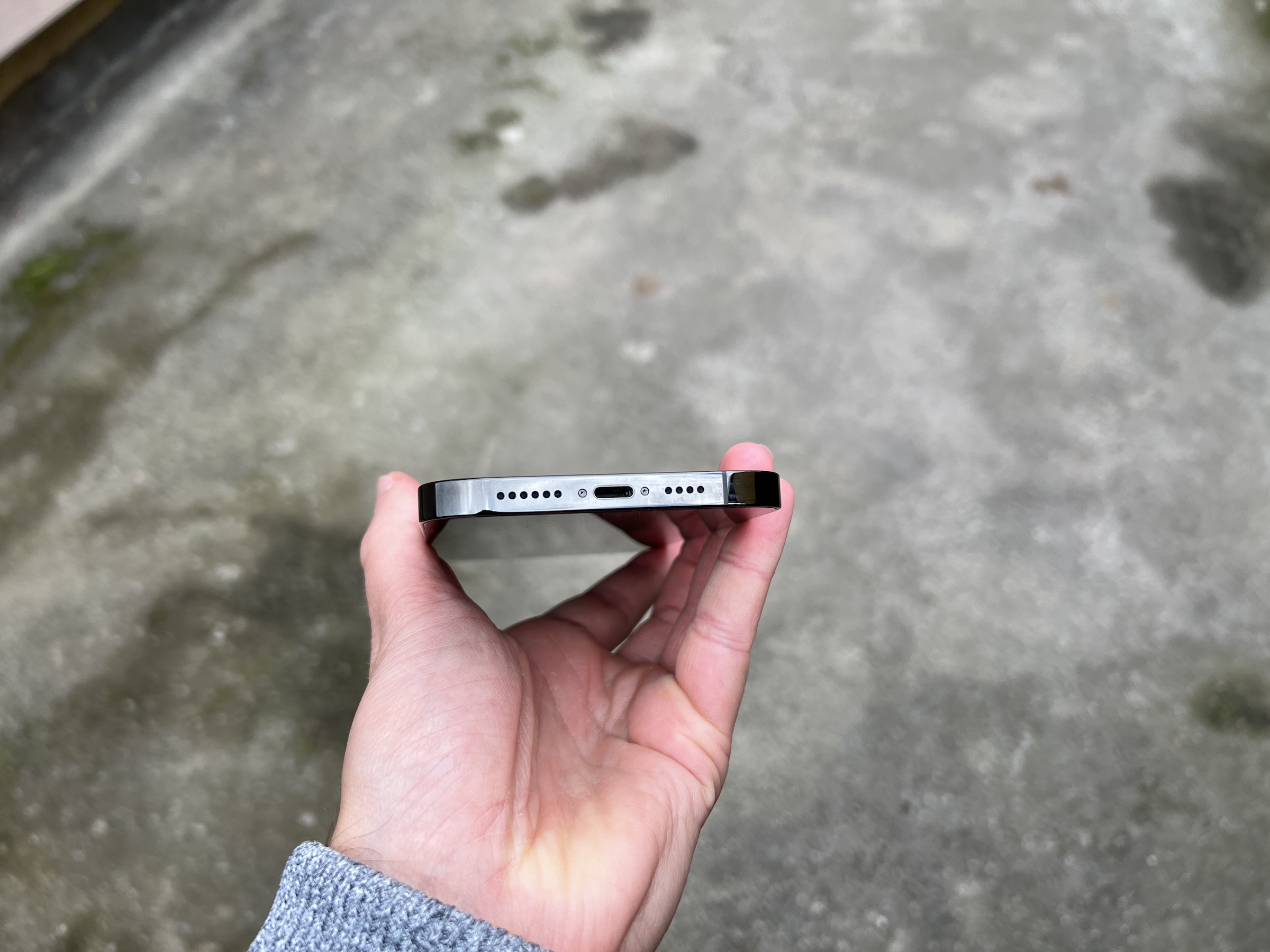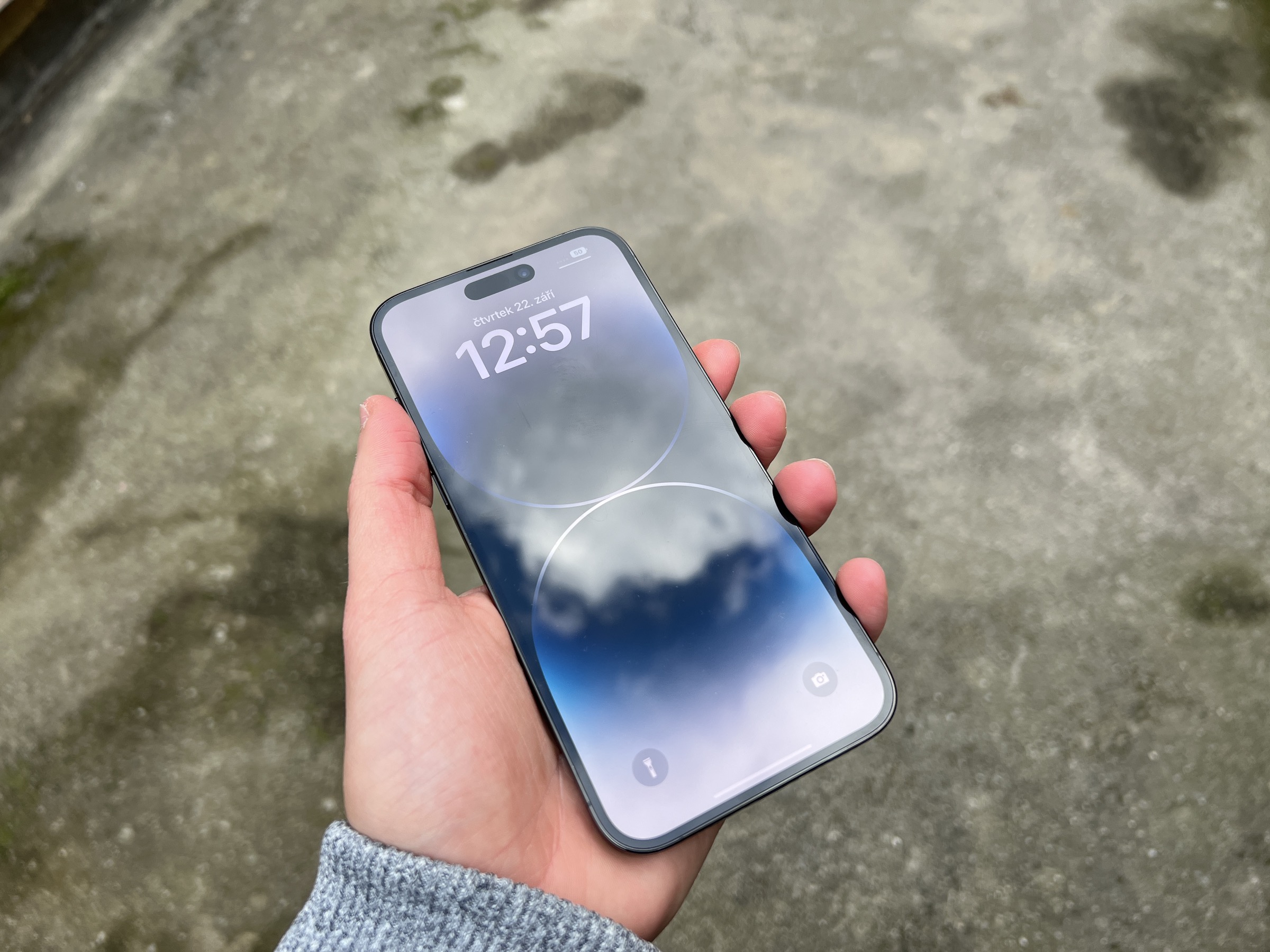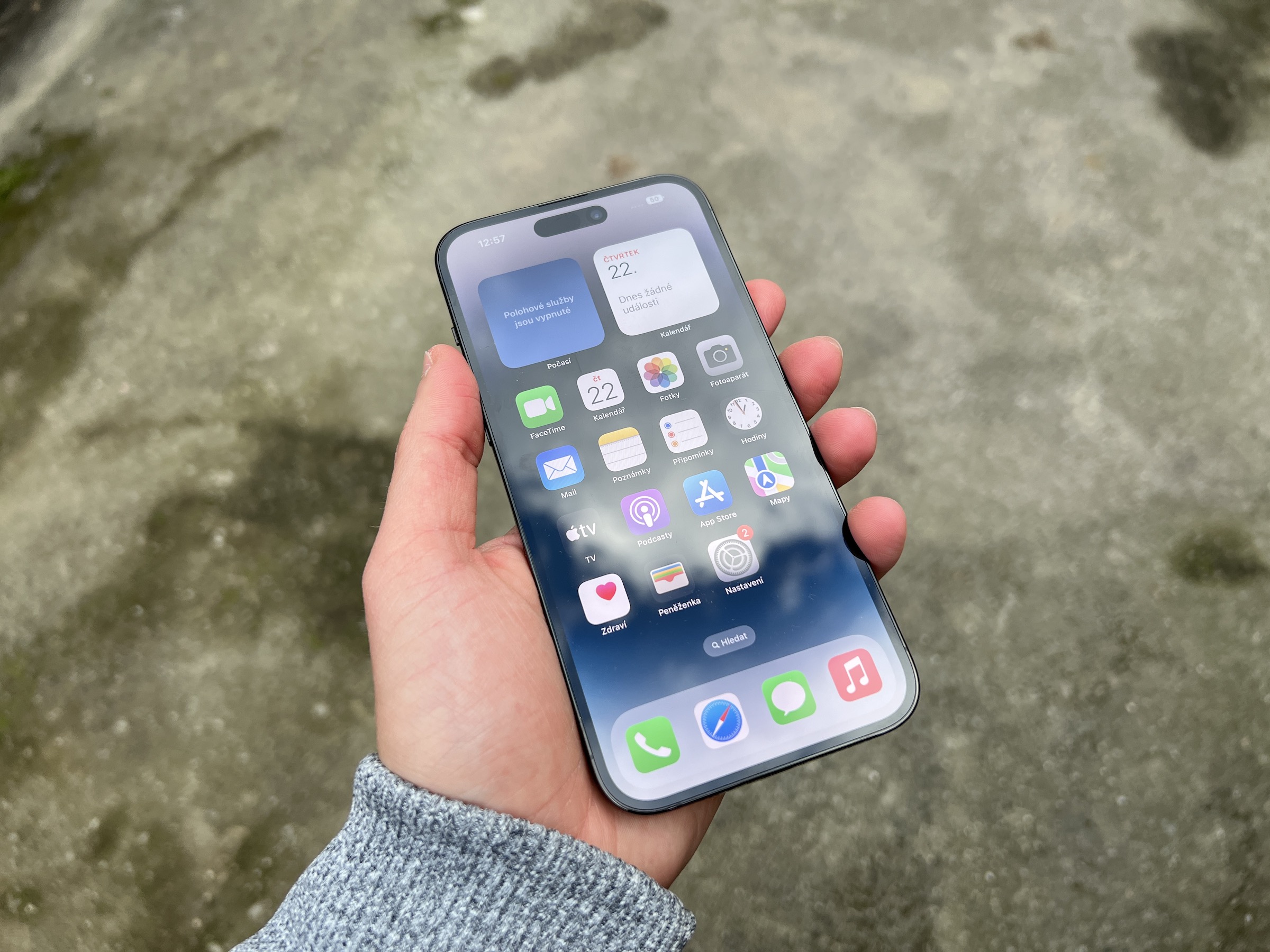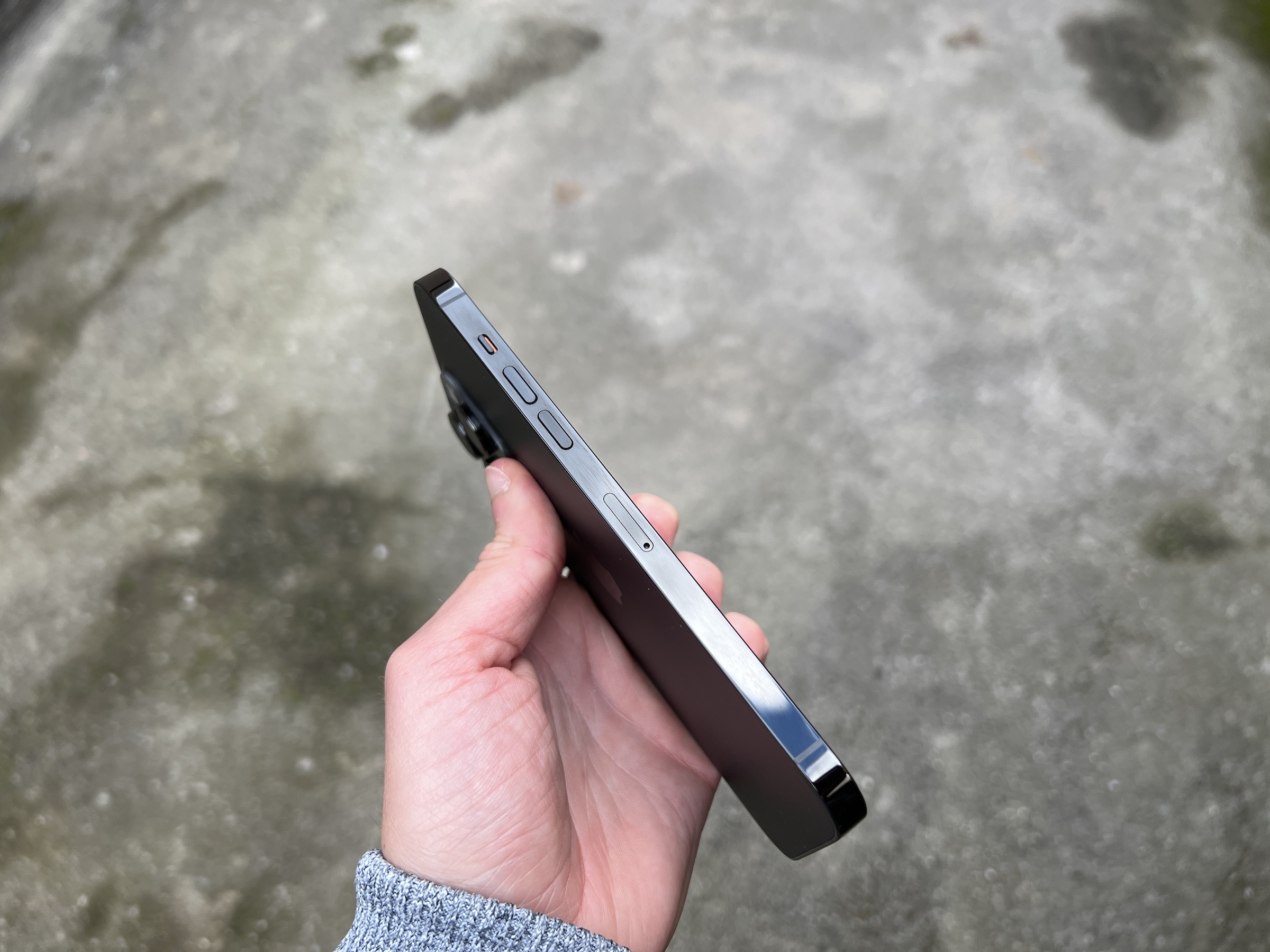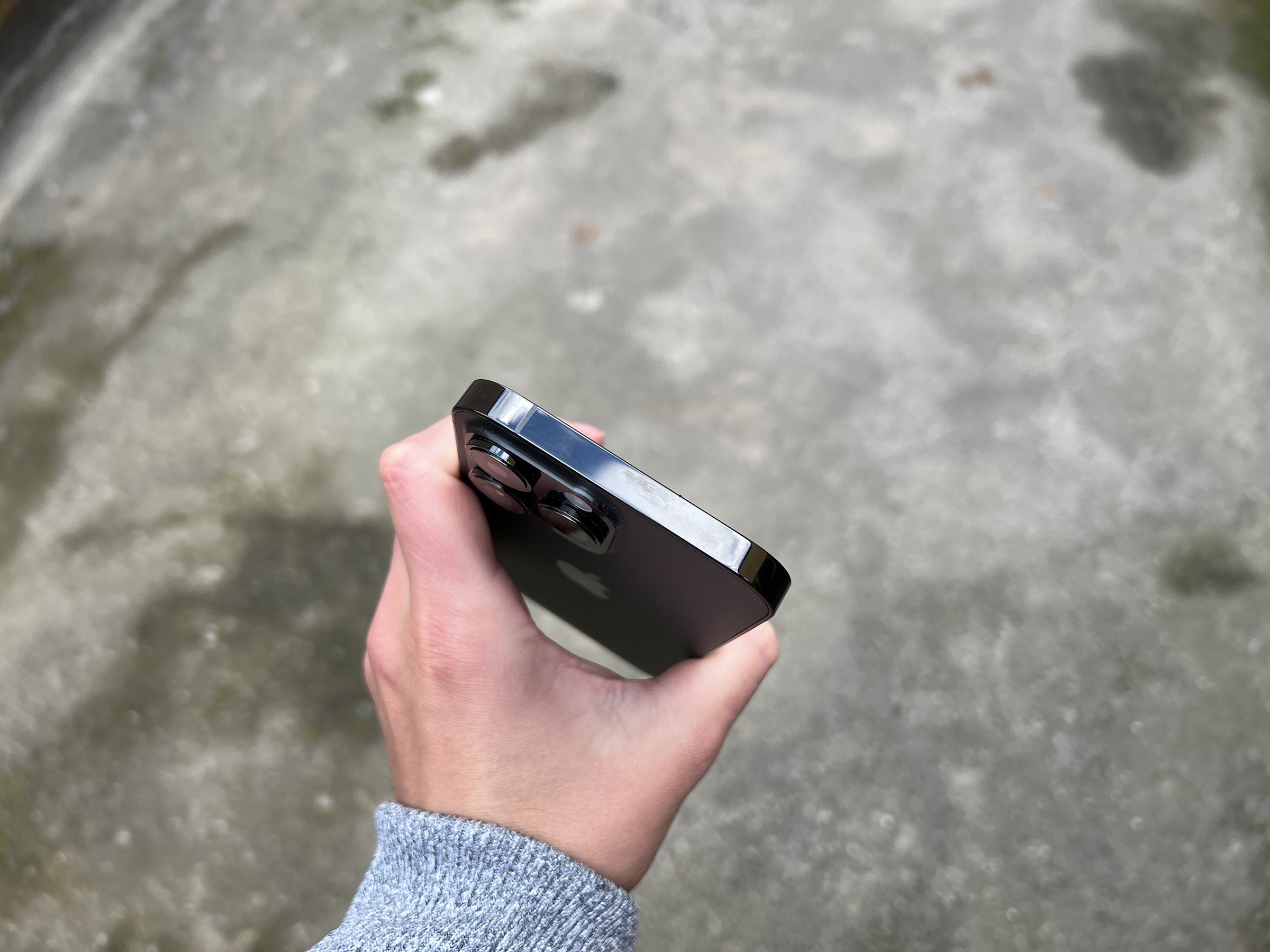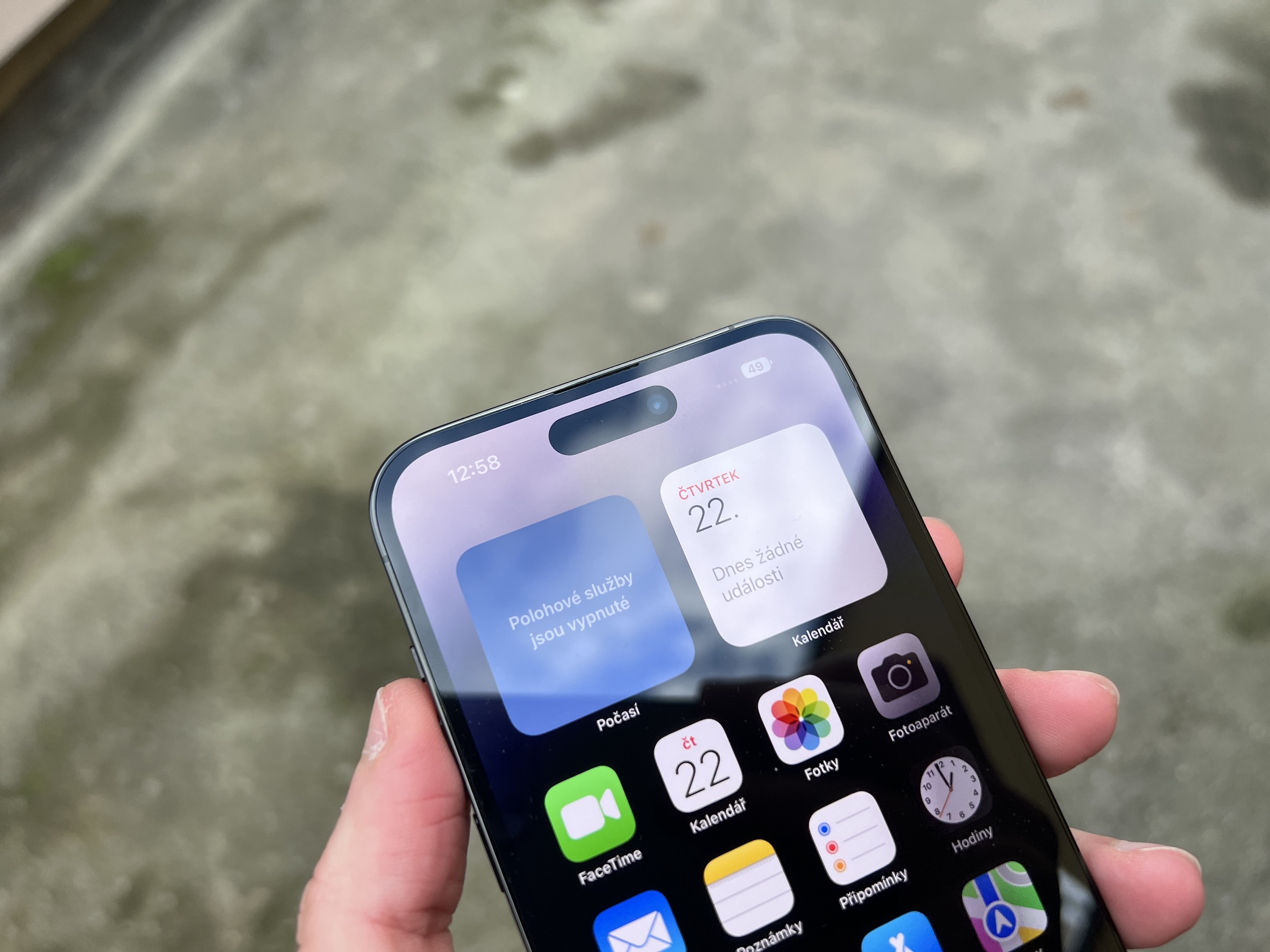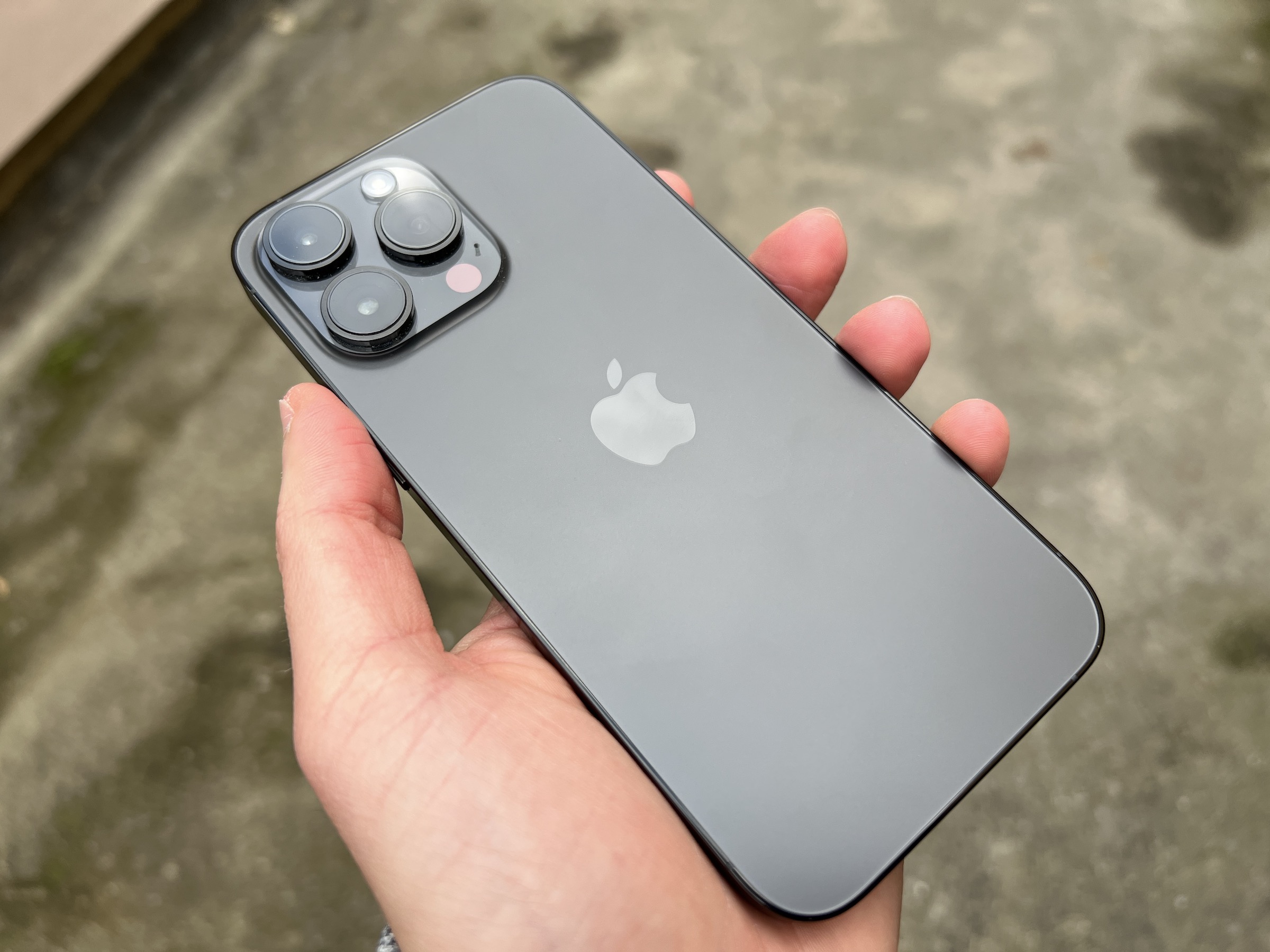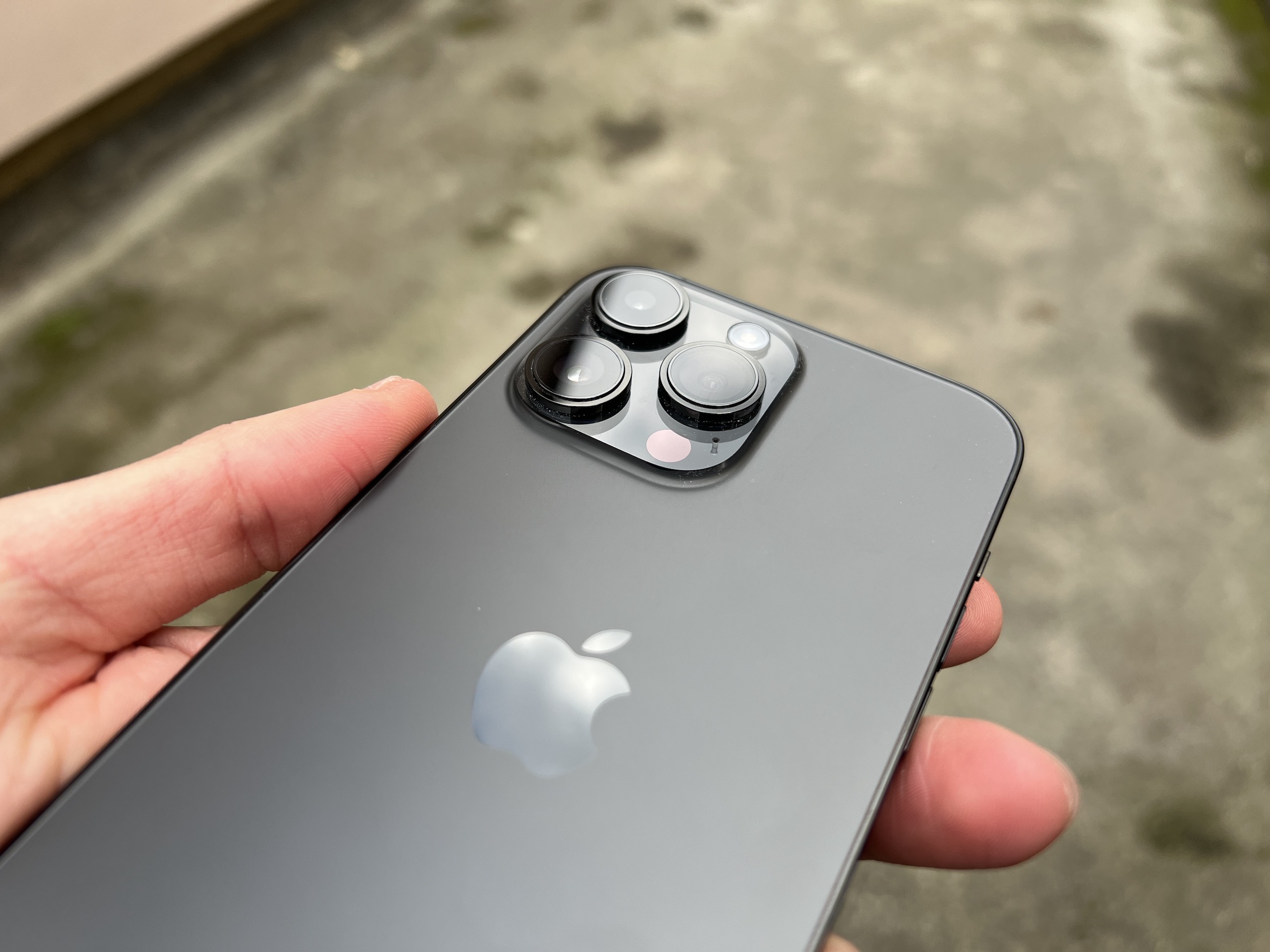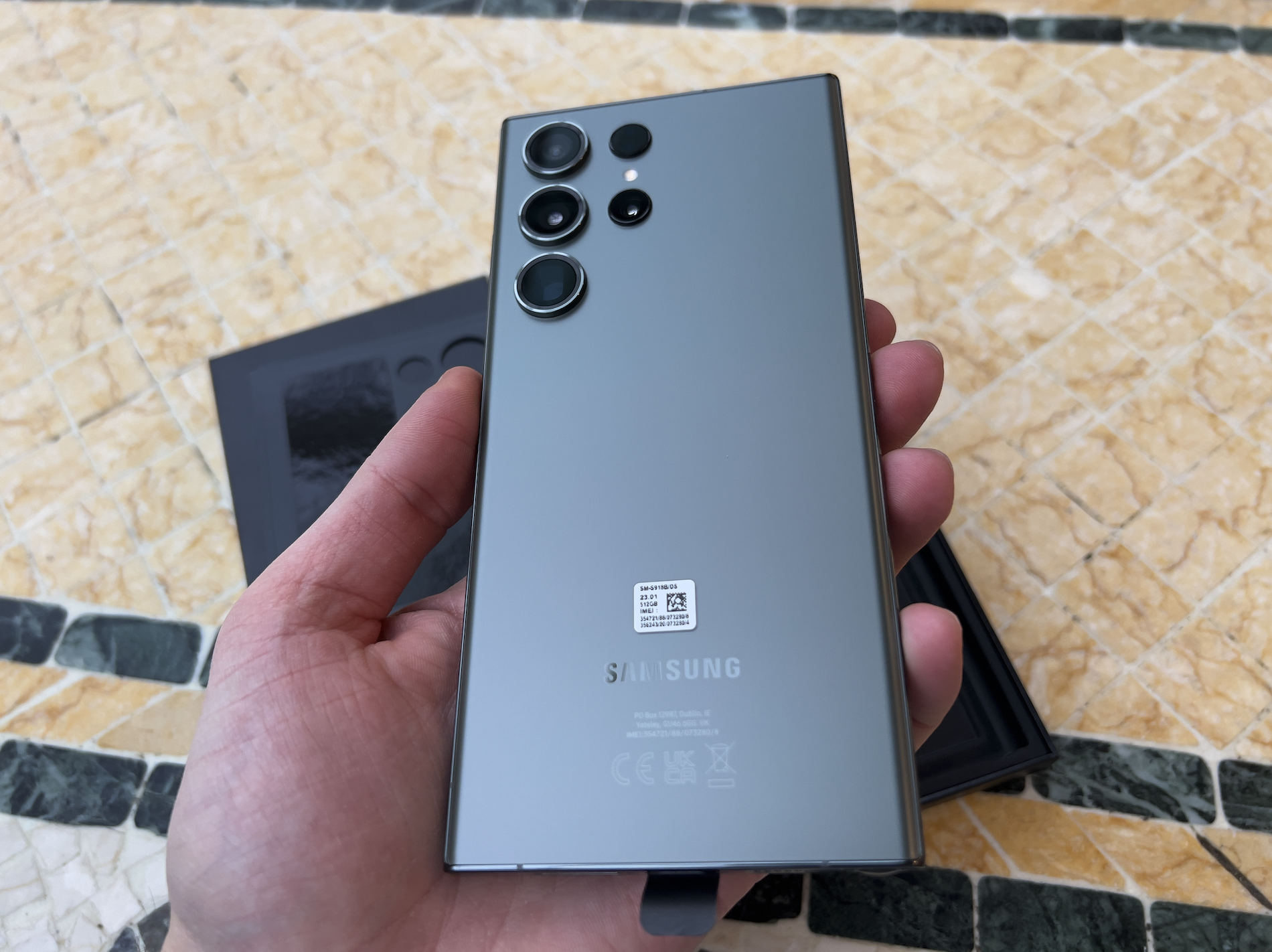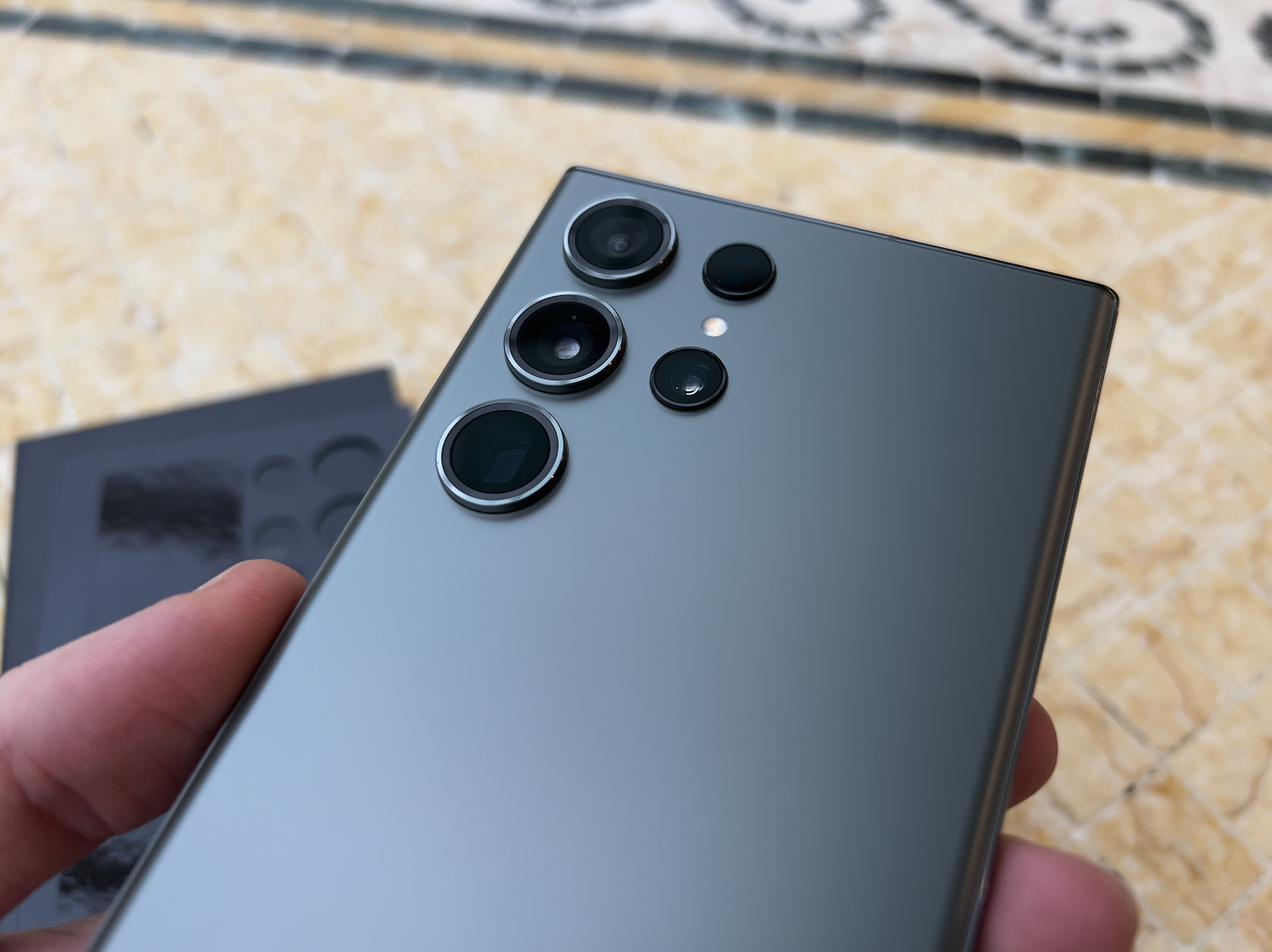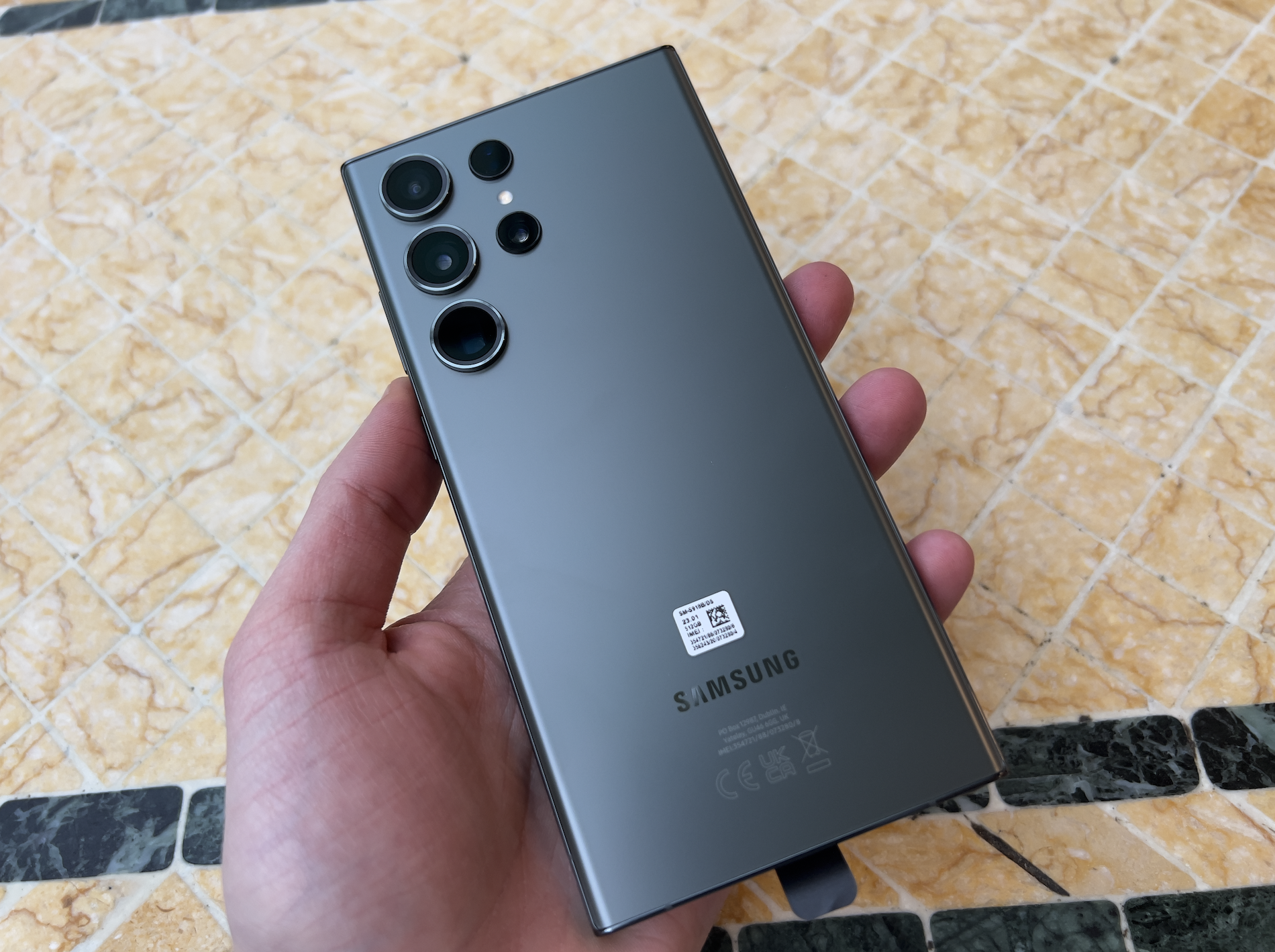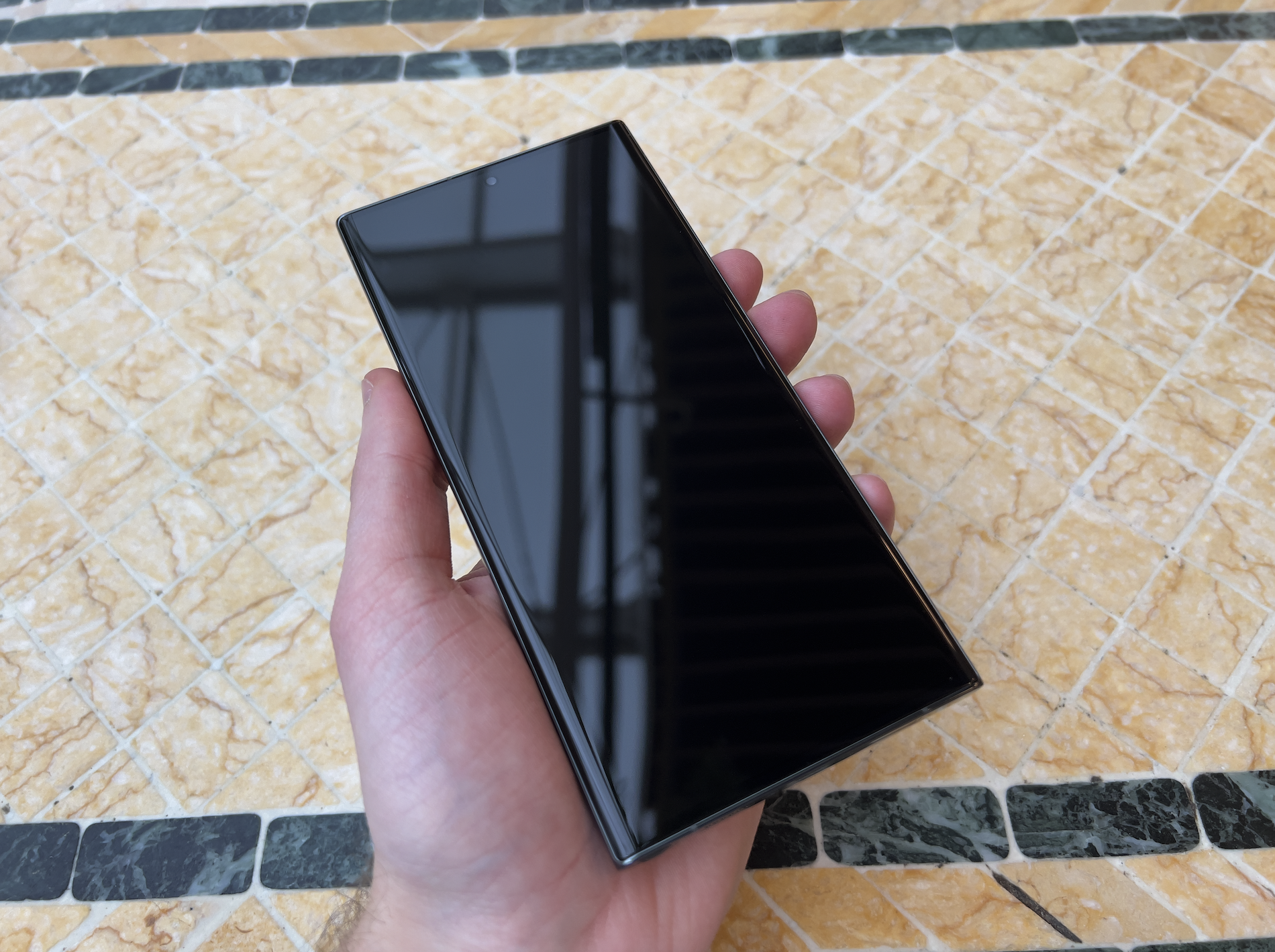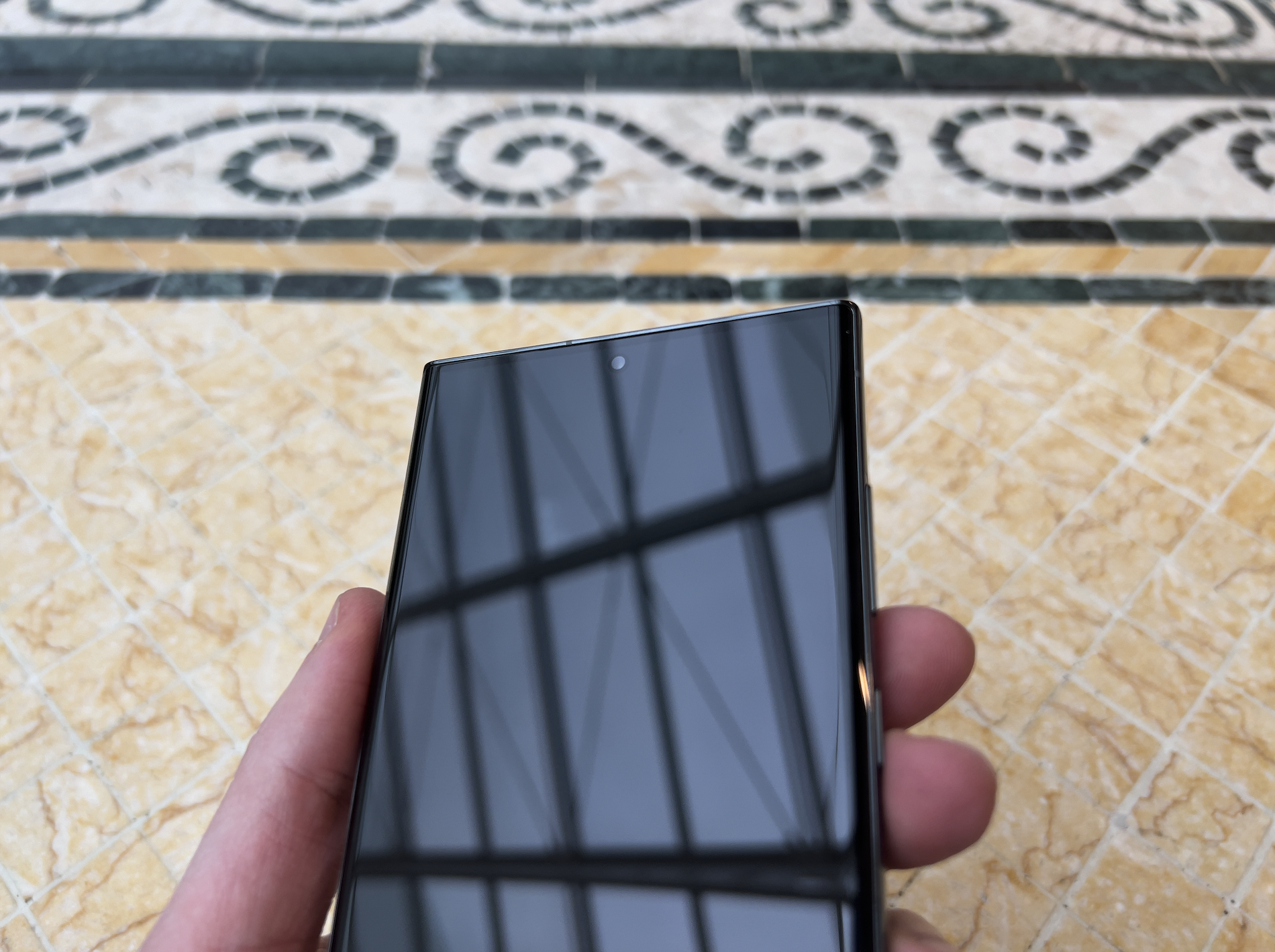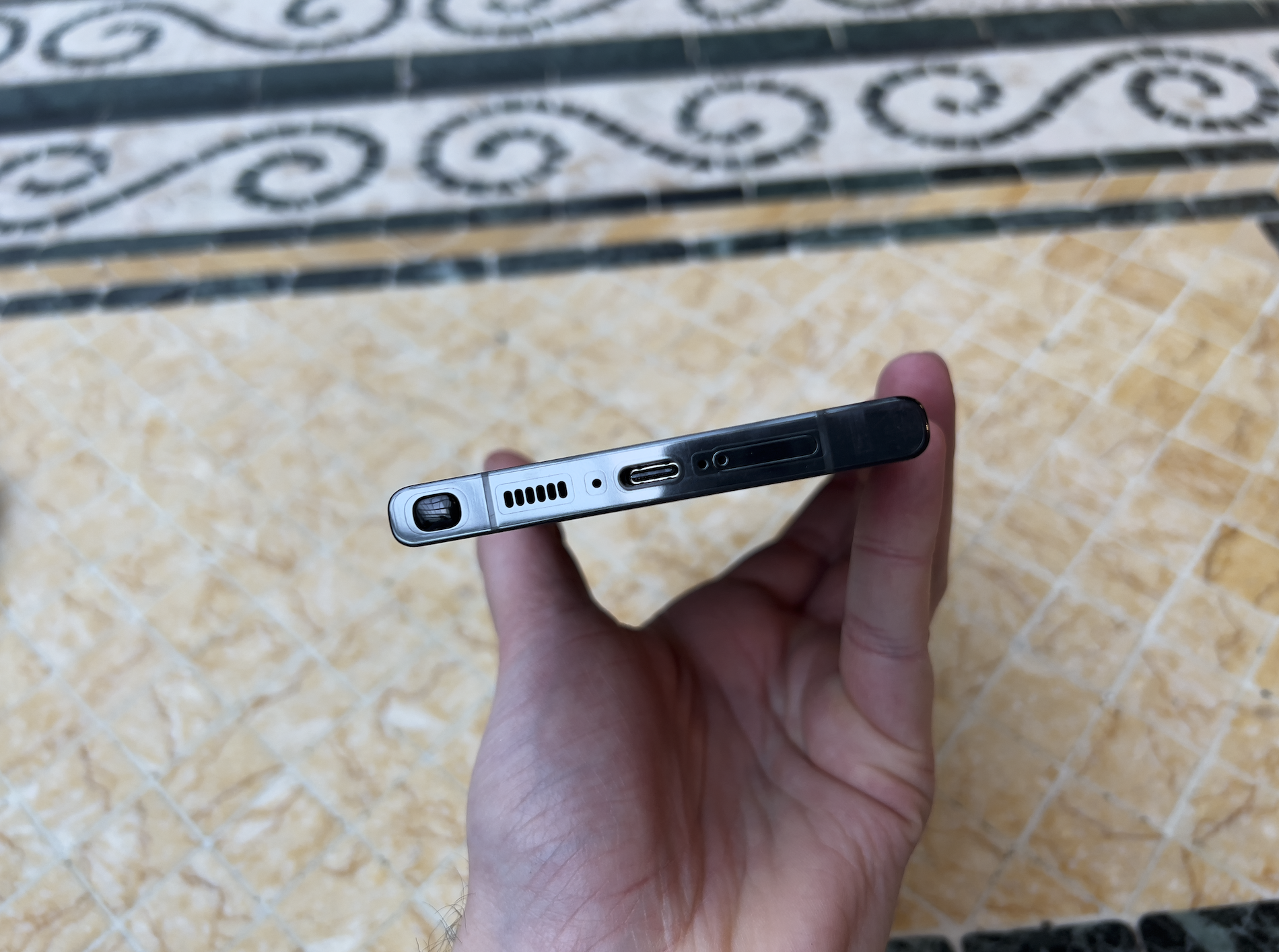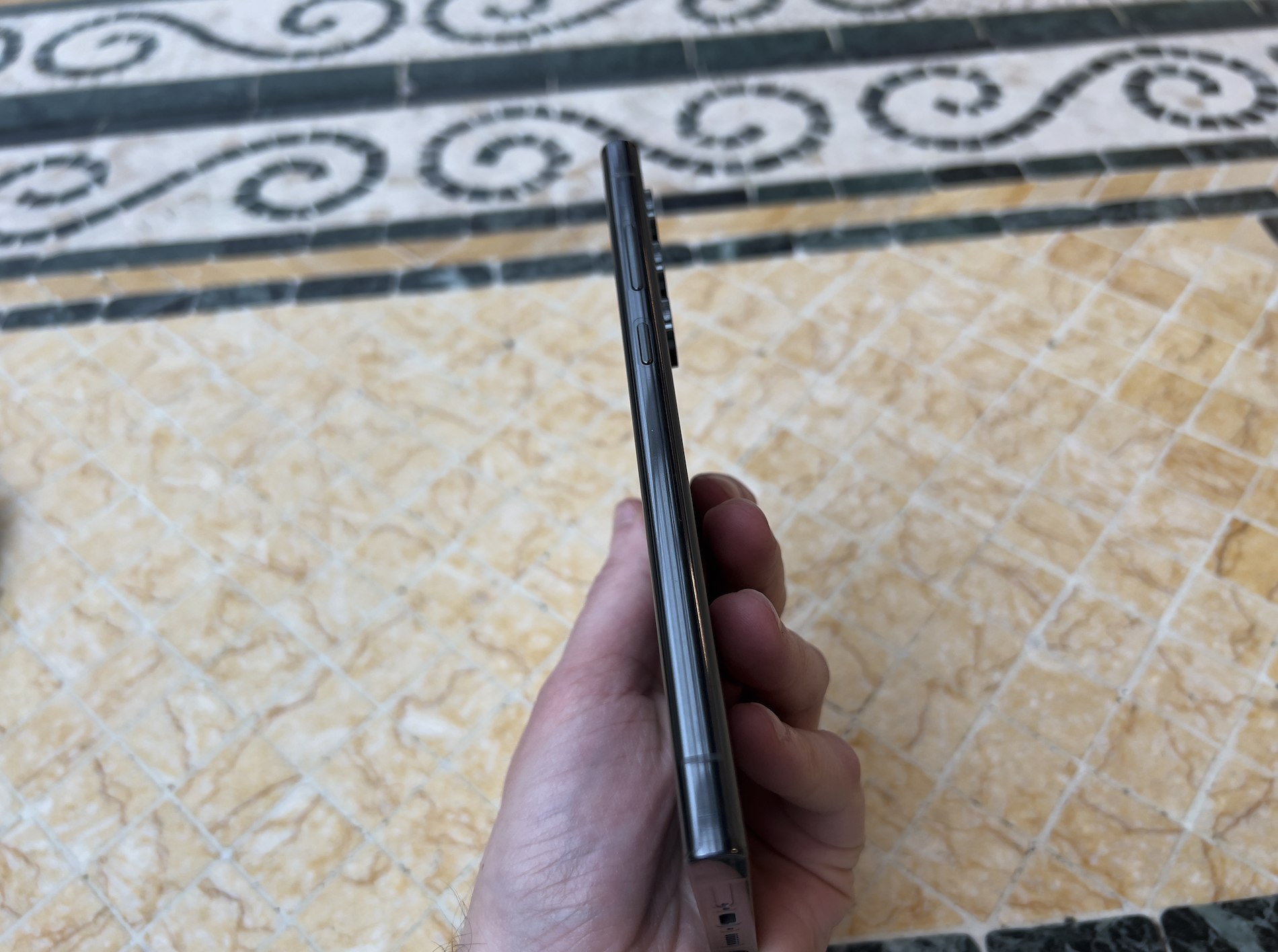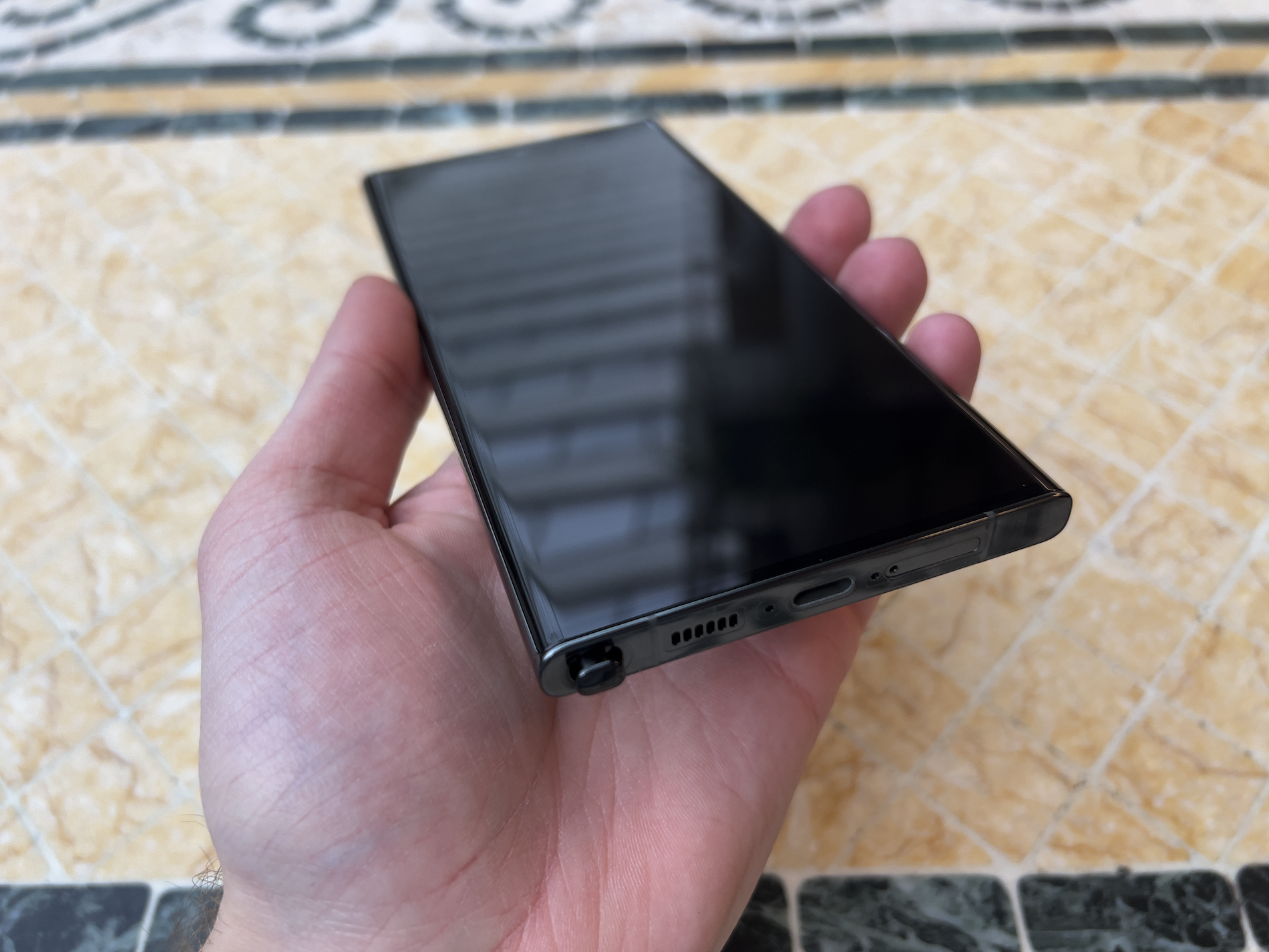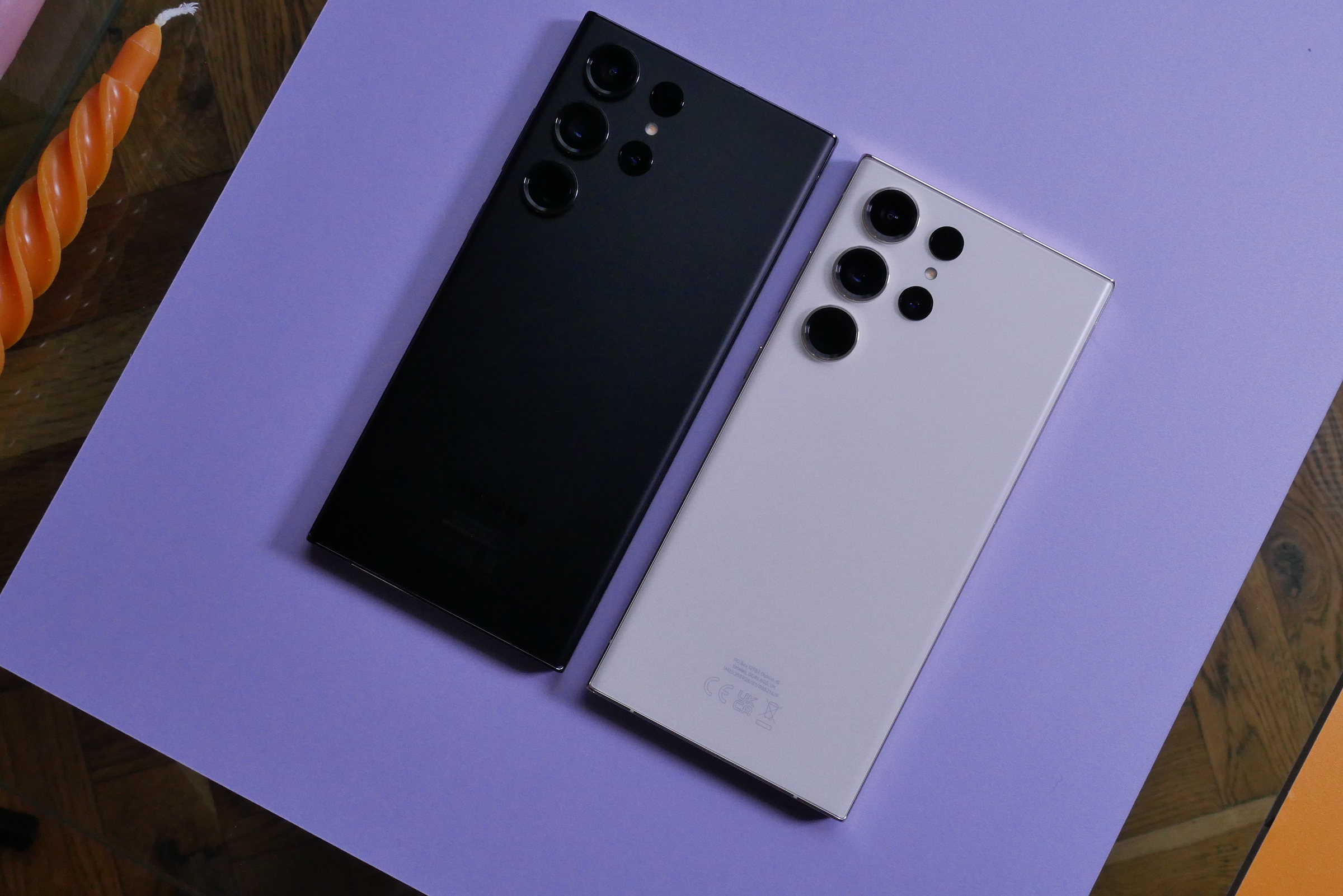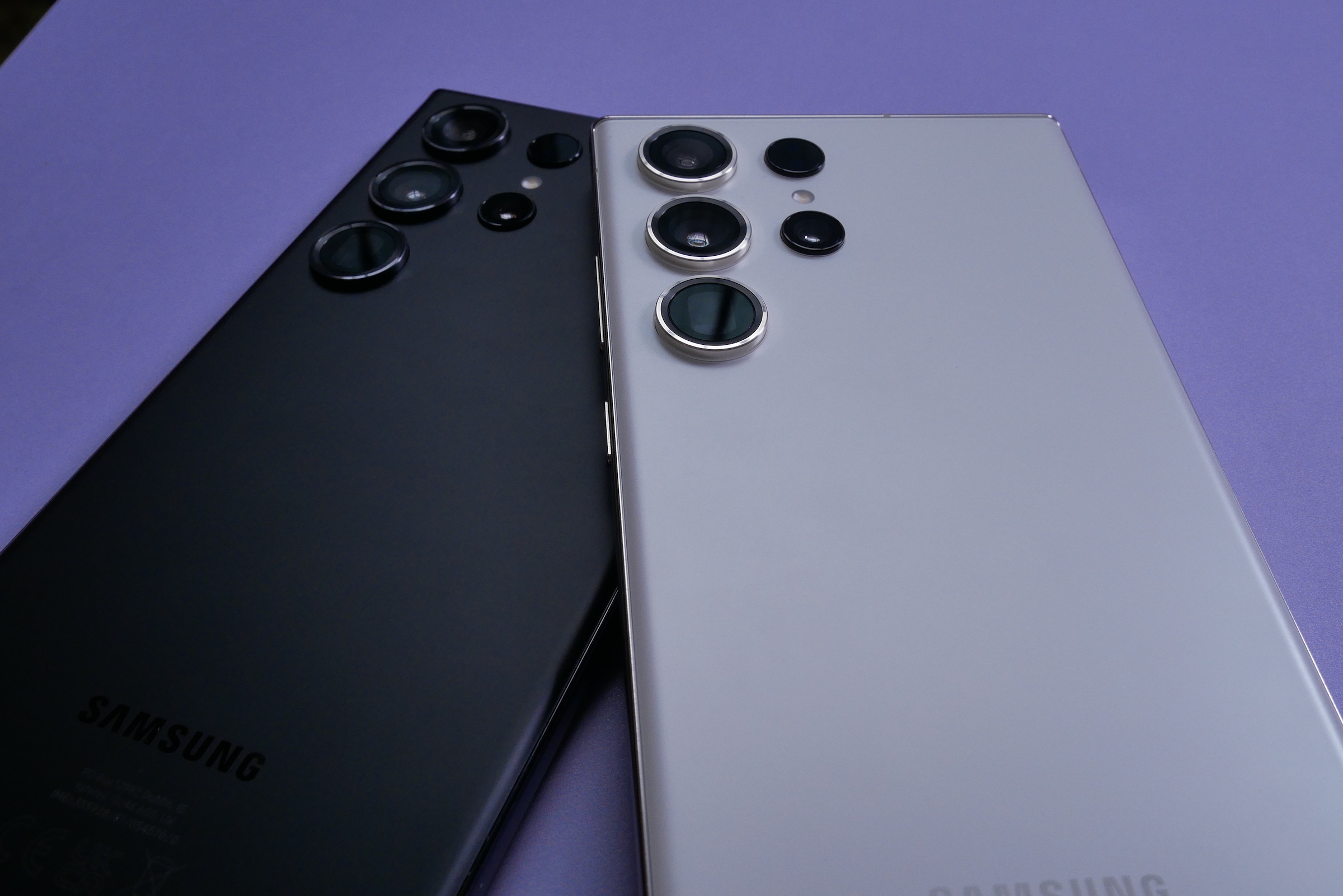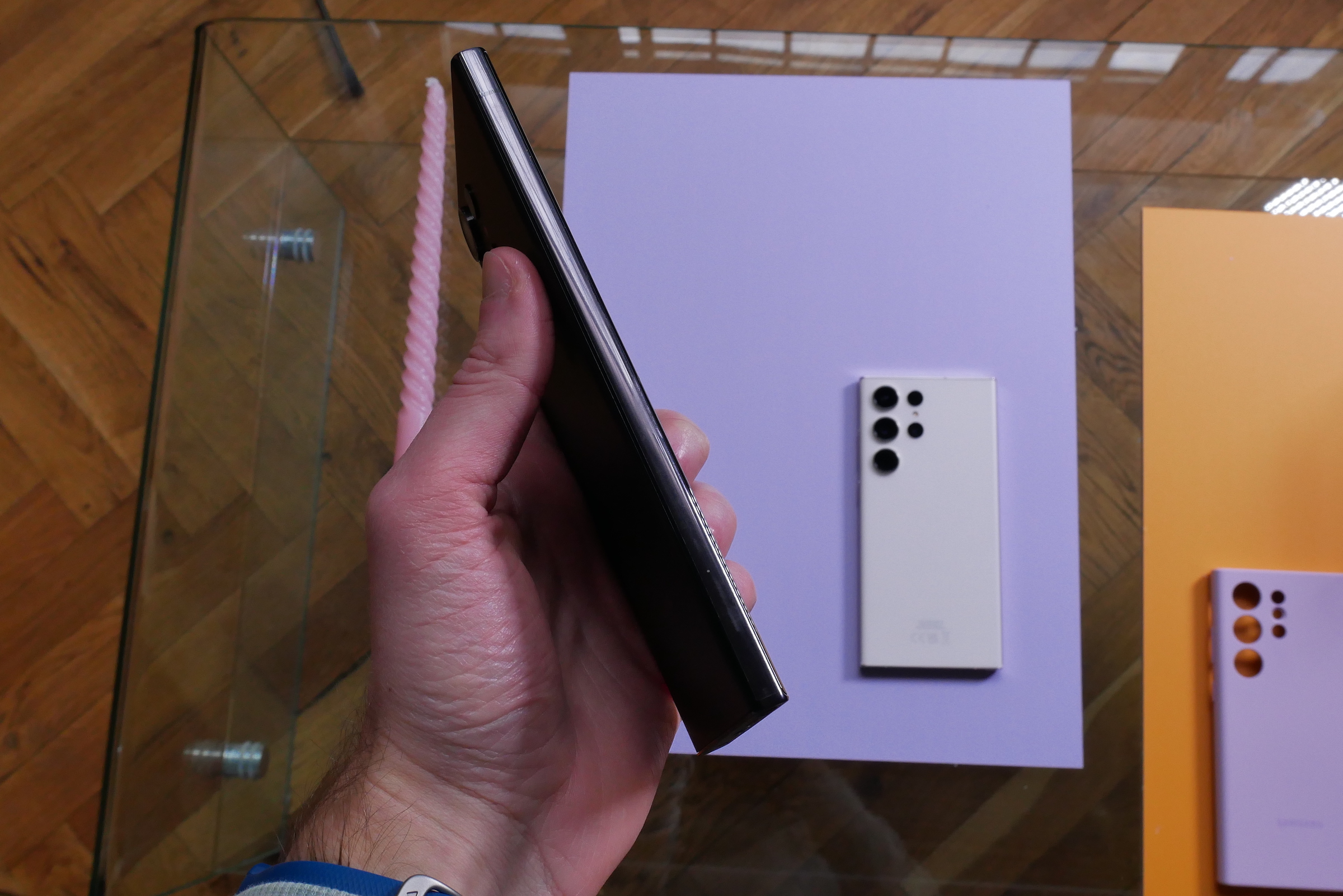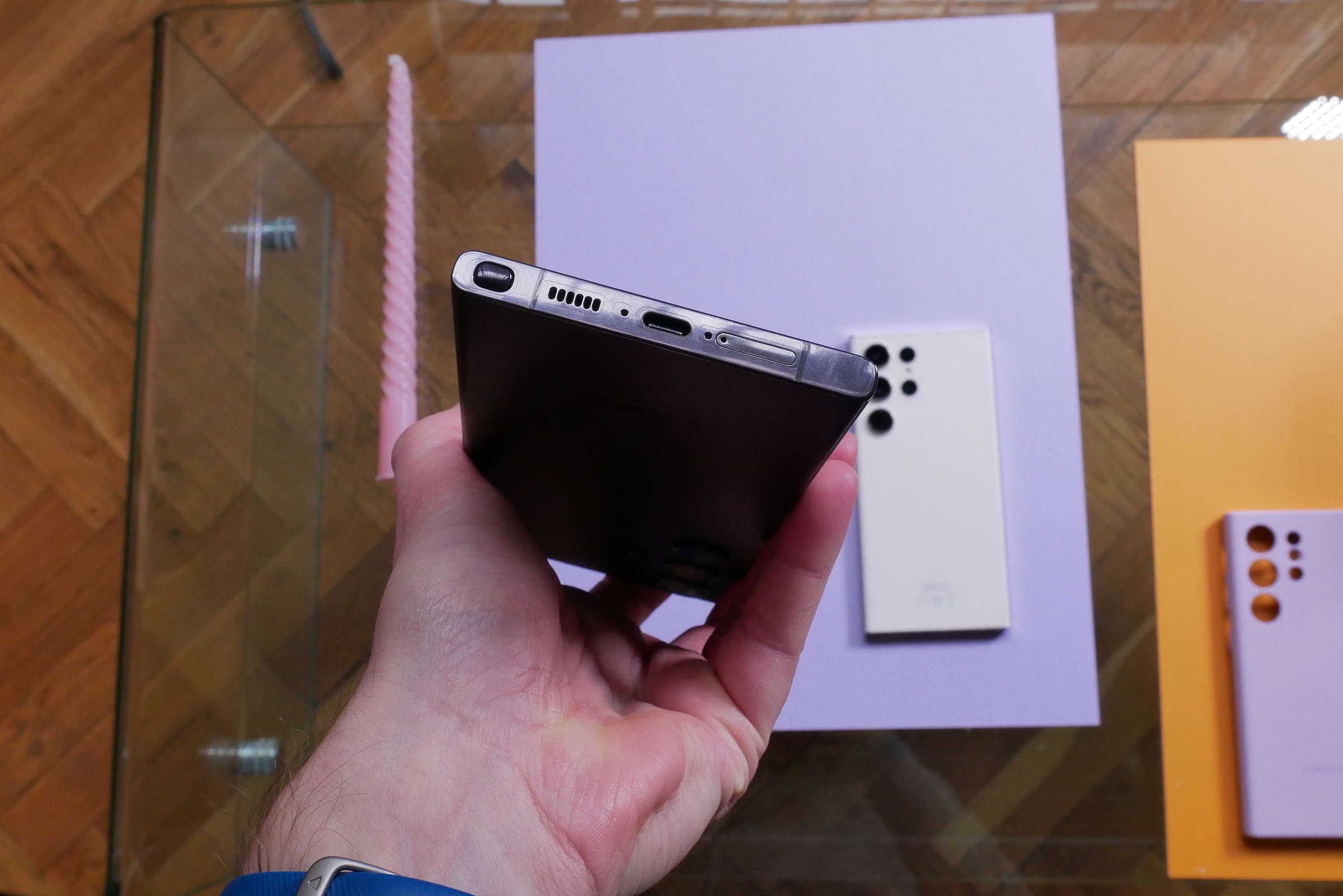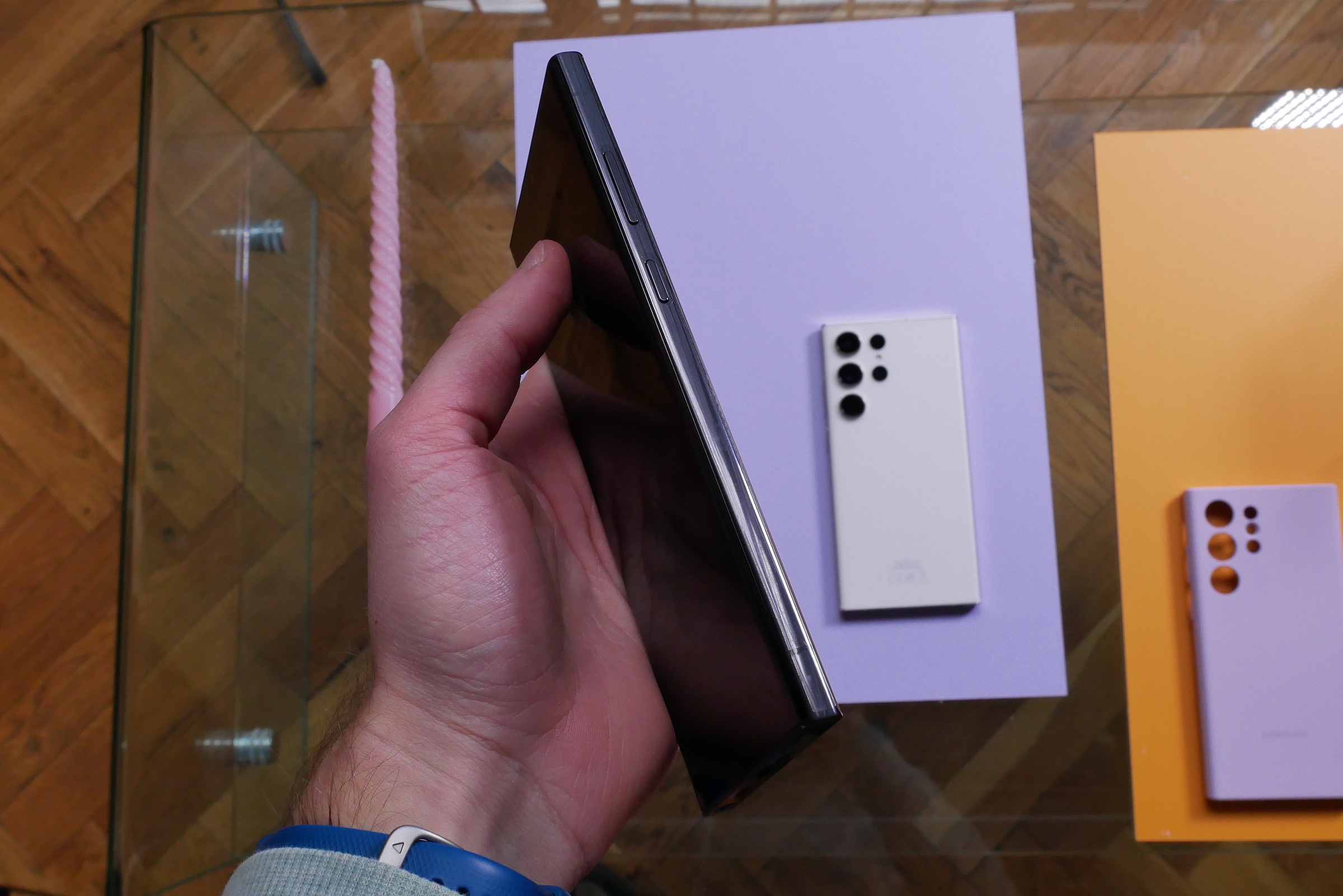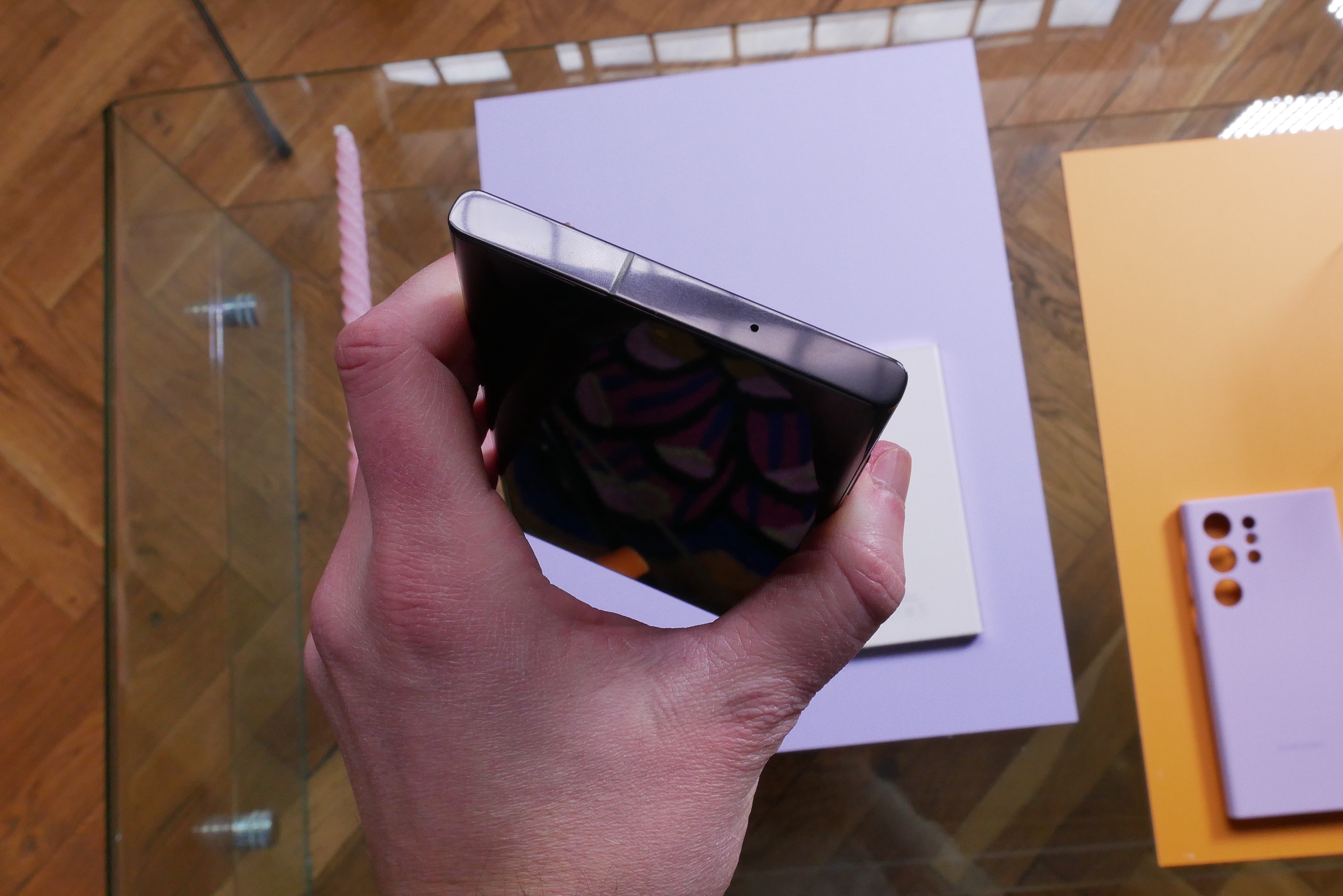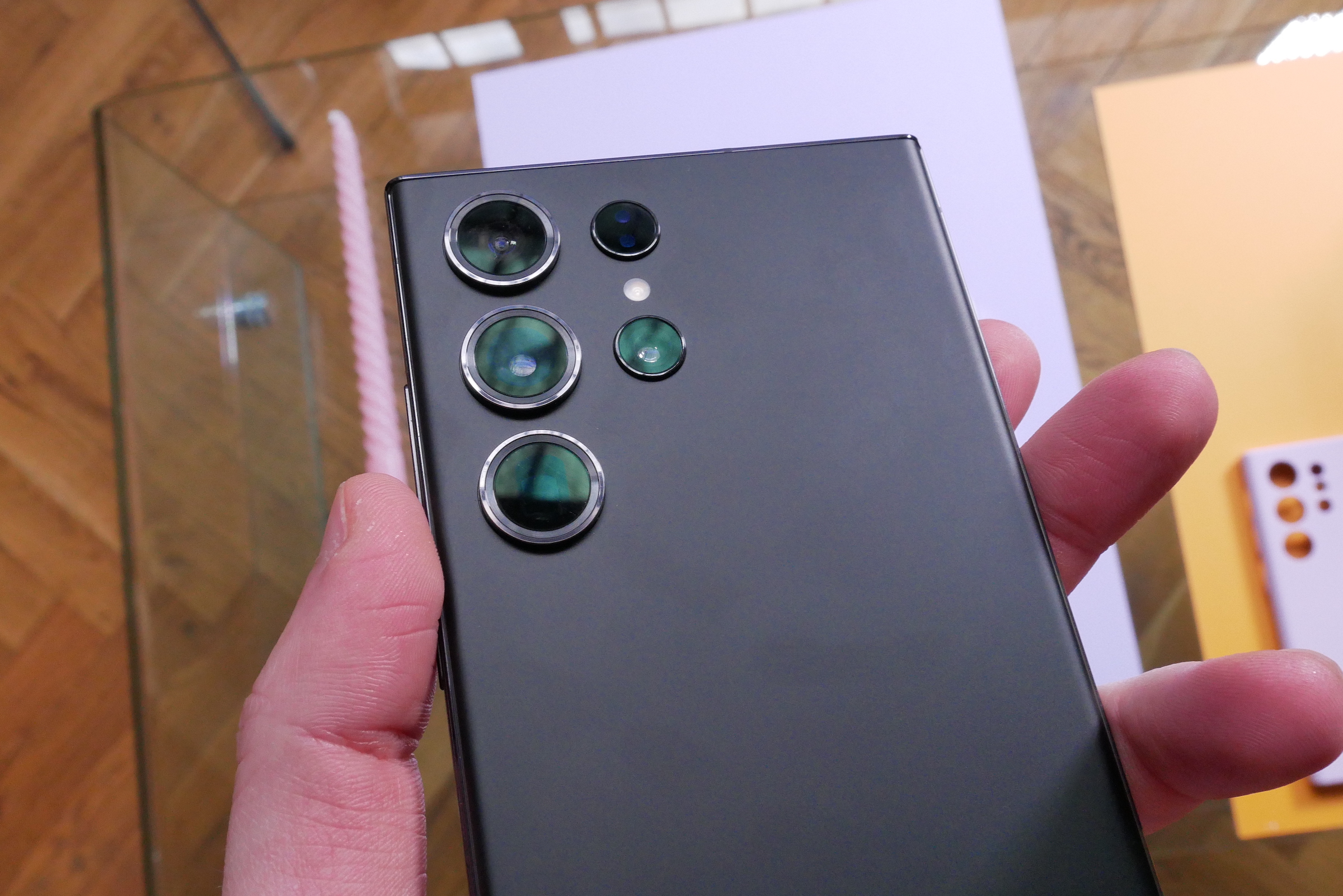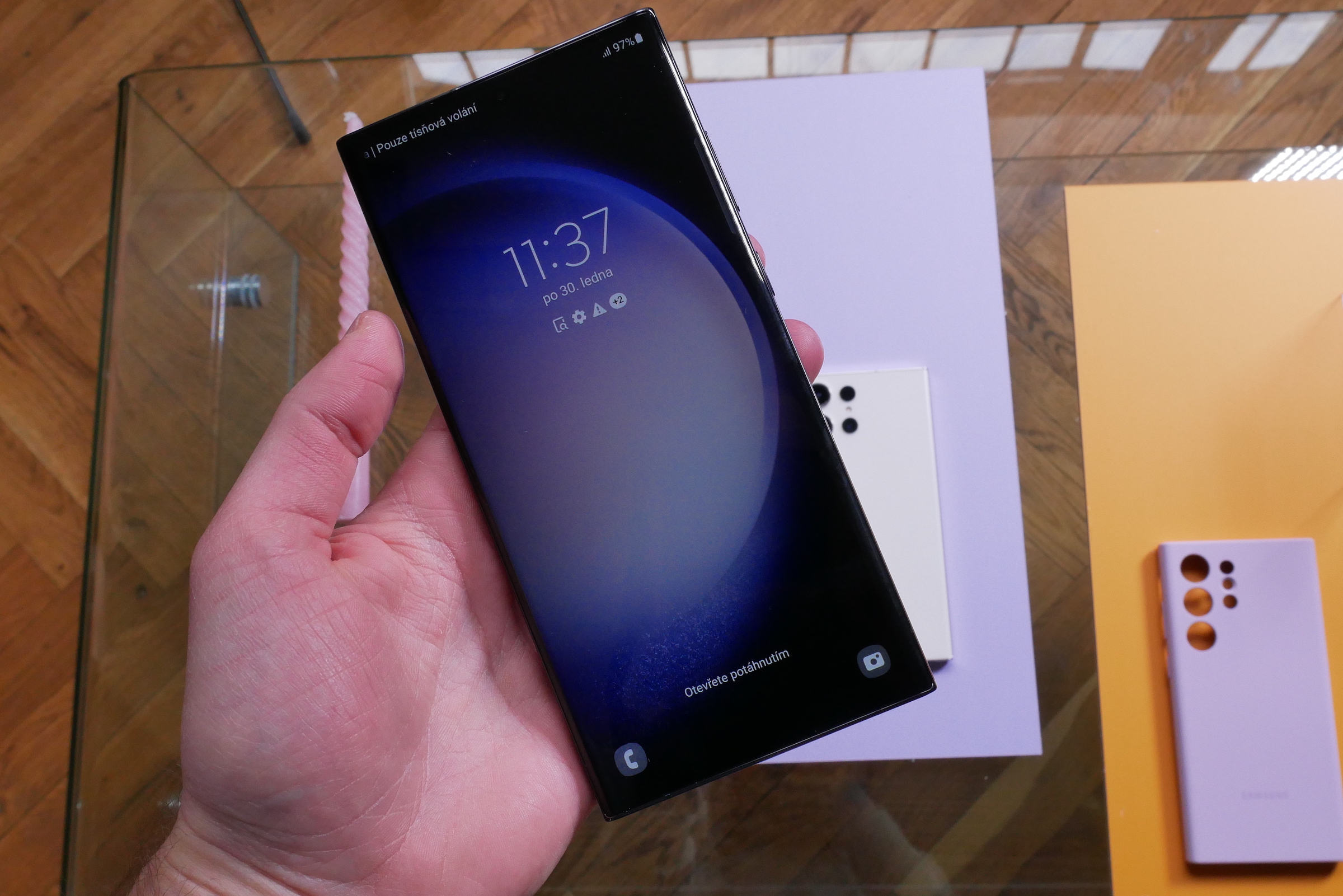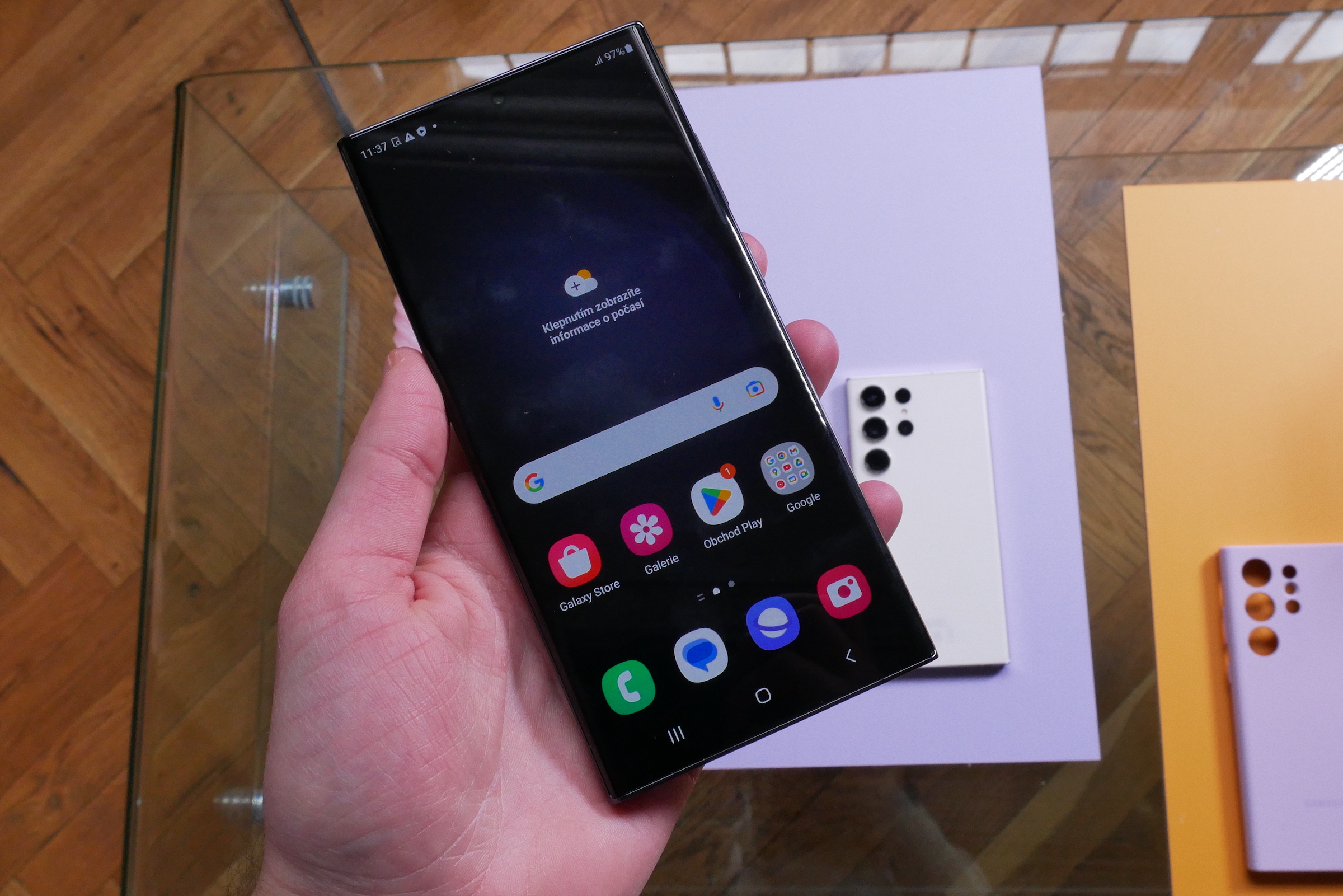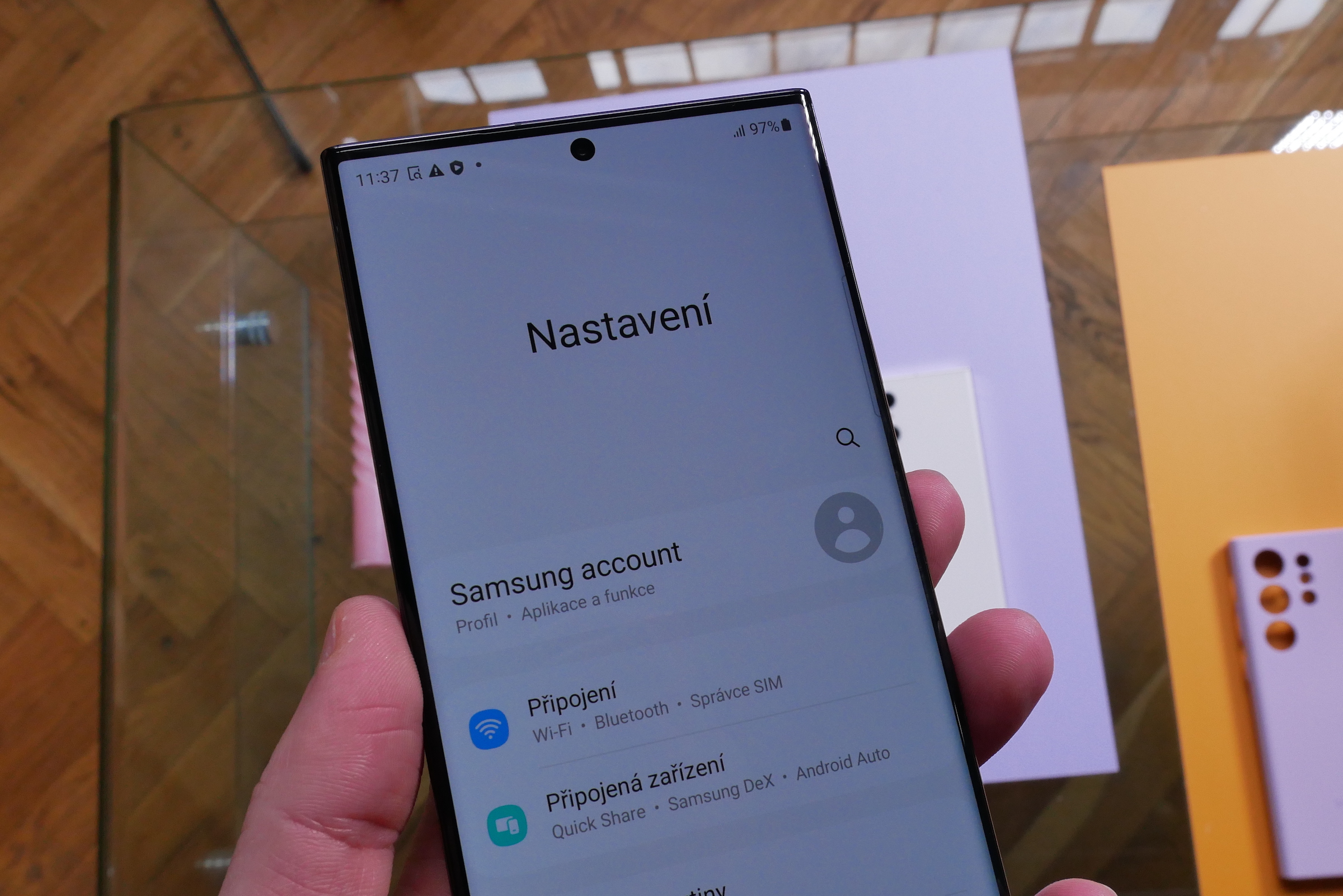Often imitated, but not surpassed - this is how the iPhone's position among smartphones and the public's view of Apple products can easily be described. Its effect on the device with the system Android, and at all price levels, is obvious. You could simply say that everyone is trying to beat Apple's iPhones, but so far no one has succeeded. Or yes?
Samsung has finally found a way not to draw from the iPhone's features, not to copy its appearance, and to have its own design and system signature. Samsung Galaxy S23 is thus "the best iPhonem" between Android phones whether you like it or not. The situation is similar Galaxy S23+, which we would put against the iPhone 14 Plus in this battle.
When you take it in your hand iPhone entry-level, you know you're getting a quality combination of glass and aluminum that's been carefully treated inside and out. But now we are in a time where the label "good" is simply not enough. Annual device updates mean that they have to offer some form of real improvement to make the phones really interesting, which the iPhone 14 failed to do, the iPhone 14 Pro did 100%.
Current iPhone 14 just copies its predecessor almost perfectly. It sticks to an outdated notch display with a low refresh rate, still lacks a telephoto lens, and also has an older chip, not the one the company used in the iPhone 14 Pro models. Samsung Galaxy The S23 simply shows how good the hardware of such a small phone can be, and clearly comes out on top Apple in its every detail, which is nowhere more evident than in the field of photography.
You could be interested in
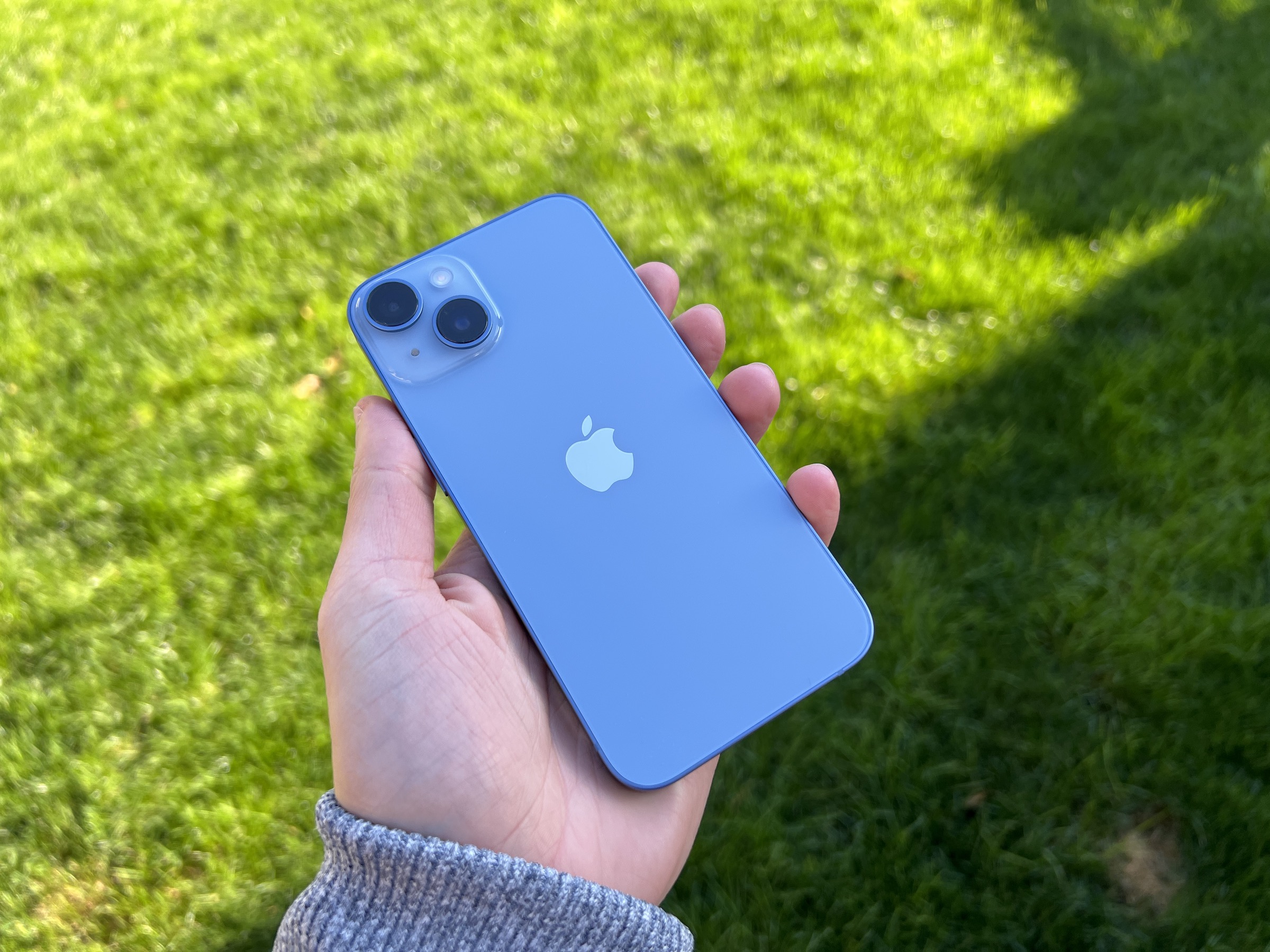
Just good or outright great hardware?
Samsung's three rear cameras simply offer more flexibility and creativity than the basic one can provide iPhone. Its telephoto lens allows for up to 30x digital zoom, while the iPhone lineup ends at 30x zoom. But will you really use the 14x zoom at all? Probably not, but you still have the XNUMXx optical zoom here, which the iPhone XNUMX completely lacks.
Display Galaxy S23 exceeds i iPhone 14 in every way, and we're not just talking about the unsightly cutout. Samsung's base offers up to 1 nits of peak brightness, well beyond the 750 nits it can iPhone 14. Adaptive refresh rate varies from 48 to 120 Hz depending on what you are doing on the phone. But iPhone 14 can only do 60 Hz, nothing more, nothing less. Even if the S23 does not reach the quality of the v Galaxy S23 Ultra or iPhone 14 Pro, you can tell the difference at first glance. Then on the other one iPhone 14 you won't want to watch anymore because it will literally tear your eyes out.
Systems and ecosystem
The question of the operating system is very difficult. iPhone owners don't put on theirs iOS allow, but the truth is that this system is very limited and offers many of its advantages i Android, especially in Samsung's One UI superstructure. Moreover, its current version 5.1 is almost perfect. For this, we have Mass Storage, DeX, or such stupidity as controls for determining the volume of devices, media, etc.
Apple has a clear advantage in that it also distributes its computers worldwide. Samsung but his Galaxy It offers books only in selected markets, not here. On the other hand, Samsung works closely with Microsoft, so this lack can actually be a positive when you're not tied to one PC manufacturer and have real choice across the entire portfolio. Of course, Samsung also has watches, tablets and headphones, and its phones work together in the same way as Apple's do with iPhones.
So does it really make sense to buy an inferior device for more money only to limit you but carry a bitten apple logo on its back?

